|
Wandering the dirt bike trails off Stockdale Road. I hadn’t managed to get out for over a week, and was not likely to be able to do a bigger hike over the Easter long weekend, so I got Dan to drive me out early one day for a quick 10km walk before my sister and her partner arrived on the morning train. Saying goodbye to Dan, I went a few steps down a dirt road before plunging into the bush on a narrow but recently used dirt bike path. I’d seen these paths marked on the topo map in Gaia and had wondered if they would be good for walking. This seemed like an ideal time to find out - no big rush, not a very long walk, and a lift out only a phone call away if I needed it. Turns out, the path is pretty good for walking. Maybe a bit narrow through the long grasses, dogwood and bracken at points, a little eroded up by bikes in places, and perhaps slightly wetter in the valleys than would be ideal, but still nice. It was slow going, though. Unlike road walking, this was the kind of path where I had to pay attention to where I was putting my feet - I spent a lot of time looking down. There were also a lot of spiderwebs. I had the genius idea of donning my head net (which is for flies, but I never seem to have it on fly-filled walks) to keep them off my face. That worked quite well, but it slightly obstructed my view so it actually increased my chances of walking into webs in the first place. Oh well, you win some, you lose some. It did also make my head a little bit hot, being an extra layer on top of my hat. It had been cool overnight, but it hovered around the mid-high teens for most of my walk. The bush was fairly quiet, but I did see and/or hear cockies, rosellas, noisy miners, shrike thrushes and butcherbirds. I disturbed several wallabies (or one unfortunate wallaby several times), but I only caught a glimpse of one tail disappearing - the rest of the time it was just the thuds of them jumping away. I started slightly dreading the sound of frogs, though, especially if I was going downhill - it usually meant there was a bit of a swamp over the path and I’d need to pick my way to the other side. I managed to only get slightly damp feet for most of the walk - but about half an hour from the end I encountered some water I couldn’t get around. I splashed on and gave my boring new Altras their first dirty bath! I passed two pairs of people on this walk, out collecting firewood. (So, when they were chopping wood, the bush was in fact not very quiet at all.) Other than that, I only saw the cars on the Stockdale Road - and there were a lot of them heading off with their camping trailers for the long weekend! A bike or two had been through in the last couple of days, and there were lots of horse shoe prints on some of the roads, so the area is definitely well used. Because it was a bit slow on the single track, I decided to knock out a few quick ks on the roads. It was amazing how much more quickly I progressed! I let Dan know to pick me up half an hour later than arranged, and then, because I had more time, I did a few more footpath/dirt bike track detours! Towards the end of the walk, I met the edge of the HVP pine plantation, then jumped back into the bush to follow the bike track back to our meeting place. This was a pretty nice spot to come for a walk if you don’t mind getting your feet wet. I’d probably advise leg coverings, too, unless you (like me) don’t mind getting your shins a bit scratched up. Notes Although this was only 10km, it felt a little bit more like training than my last three 10km walks. I think that’s because (a) I was alone, (b) the path required a bit more concentration and energy, (c) I was carrying a pack (even if it wasn’t that heavy) and (d) it was a bit more adventurous with route finding. My right foot was a bit sore in the arch, and I almost got that annoying blister under my toe. I think that’s because my feet were damp for a lot of the walk and wet for the last section. But otherwise my shoes felt fine - or at least, any issues within the shoe were outdone by the terrain! I used the smaller bum bag, and I think I’ve decided I would rather take the big one. Although this one has the really handy pocket for my phone at the front, I don’t think it’s quite big enough to store everything I want handy: audio recorder, sunnies, PLB, snack, lip balm, head net, maybe a bandanna/buff, phone and a snack or two. I can use the hip belt pockets on my pack for the PLB and a couple of small things (which I did today), but the extra space is just too useful. Maybe I can create an internal pocket for my phone in the large bum bag to make it easier to keep separate from the rest of the contents. This walk is on Brayakaulung/Gunaikurnai Country. As with all of so-called Australia, Indigenous people did not cede this territory - it always was, and always will be, Aboriginal land.
0 Comments
Exploring an intriguing geological feature on my mum’s birthday. I’d had the silt jetties down near Paynesville on my list of places to check out since before we got back to Australia. So, when Mum suggested it for her birthday walk, I agreed post haste! What are silt jetties? Good question. They’re a kind of delta (more specifically a kind of digitate delta), where the sediment coming down a river is deposited in such a way that it extends the river’s course out into another body of water in a long ‘finger’ (digit). Rather than the splitting and braiding of the classic delta system you might have learnt about in high school geography, the thin strips of land that make up the silt jetties here at the end of the Wy Yung (Mitchell River) keep the river in a single channel. It extends almost all the way across the part of the Gippsland Lakes system where the river emerges. It is possibly, from my 15 minutes of research, the longest example of this kind of single-finger delta in the world. (But see also birds foot deltas such as the Mississippi - also digitate deltas, and much bigger!) Anyway, this background information is perhaps the most interesting thing about this walk! The silt jetties look amazing from the air, but of course as you walk along them, it mostly just feels like any other river and/or lakeside walk. The few exceptions to this are the moments where the jetty arm is so thin that it’s only wide enough for the road and a little strip either side, and right at the end, when you really get a sense of being in the middle of a larger body of water - just as you do when you walk to the end of a long, human constructed pier or jetty. There was a lot of rain around the area during the week we were away, but the day we went for this walk it started cloudy with no rain on the forecast. We strolled past the houses strung out along the jetties (probably somewhat precariously given predicted climate change and water level rises), stopping to chat to some people building a high fence and their friendly boof of a dog. The road turned to gravel and we enjoyed the protection against the wind that the vegetation provided - it wasn’t super cold, but the breeze had a bite to it! The last couple of houses were beyond the power lines, so I presume they were running off grid with their solar panels and perhaps a generator. At points, the jetty is very narrow - barely more than the road width - and at other times it is much wider, with vegetation and grass clearings with a few kangaroos. Information signs told us that since colonisation and the opening of the lakes, erosion has been an issue here. We could see that rocks have been placed all the way along the edges of the jetties to prevent them from eroding further. If the rocks hadn’t been put there, the jetties would now be a chain of small islands, rather than a continuous strip of land. Along the way we saw various waterbirds - mostly pelicans, cormorants, ducks and swans - as well as swallows, shrike thrushes and a couple of magpies. We also found a dead juvenile tiger snake and a dead praying mantis on the road. At the end, we walked past the car park and right to the tip of the jetty, where we looked over what was now quite a narrow strip of water towards the opposite side of the lake. We could make out places we’ve visited and walked since we came back to Australia - Raymond Island, Paynesville and Tambo Bluff near Metung. After making it to the end, we backtracked a little way to a waterside spot with a couple of benches, out of the wind, perfect place for a cup of tea. A clutch of baby huntsman spiders also thought it was a perfect place, but that’s another story! And then we walked back. The sun came out, which was lovely - the water was sparkling and the views were excellent. What else to say about this walk? Oh, there was a public loo halfway down. It was a drop loo, but obviously they can’t dig down into the ground this close to the water, so they have built the toilet up a flight of stairs. Dan went and reported back on the loo with a view. I meant to take photos of this marvellous structure, but on the way back I was too busy chatting with mum and we completely missed it. After the return walk, we hopped in the car and drove to Paynesville where we ate a huge and delicious lunch of chips, potato cakes and onion rings. A great birthday feast! Notes This was not a difficult walk, we went through the 12km pretty quickly. I can’t remember exactly, but I’m pretty sure we were slightly faster than our 4kph standard (excluding our tea break!). I did fall asleep in the car on the way home, but whether that was a result of the walk or the enormous quantity of chips consumed, who can say. My new (boring colour) Altras feel pretty well worn in, now. It was nice to be out again so soon. Even though the last few walks have been pretty short, and I clearly haven’t done anything I said I’d try to do in my last March post (consecutive days, bigger pack, longer walks, overnighters), I don’t feel too bad about it. Mum and dad found another bum bag at an op shop ($3!) and I used it on this walk, as well as carrying my backpack with the thermos and so on. It’s a nice bum bag, and has a front pocket that’s big enough for my phone, which is great - saves me having to fumble around in the main pocket whenever I want to get it out for a picture or to check progress. The main pocket is a lot smaller, though, so I don’t think I’d be able to fit both my audio recorder and my sunnies in there alongside a snack, my PLB, etc. I also don’t love the side fastening and adjustment mechanism on the strap. I’ll give it another go next time! The silt jetties have formed at the end of the Wy Yung (Mitchell River) in the Gippsland Lakes system. This is Gunaikurnai Country, specifically of the Brabalung people. It always was, and always will be, Aboriginal land. Autumn leaves, gold mining history, pretty river views, tasty treats… and a little dip, of course! We were in the Ovens Valley for a short stay after our Melbourne sojourn. After a cloudy and drizzly start, our second day dawned with bright sunshine and the promise of temperatures in the mid-20s. There are plenty of options for walks in this area, ranging from flat and accessible (e.g. sections of the Murray to Mountains Rail Trail) to epic ascents (The Big Walk up Mt Buffalo rises 1000m in about 10km) and everything in between. As this was our first time here together (and I hadn’t been since I was a kid) we decided we’d stay around Bright and explore it in more detail. We strung together two of the walks in the very good guidebook that you can pick up for free at the visitor info centre (or many shops around the place). First, the Canyon Walk, which heads downstream along the river, crossing swing bridges to head back on the opposite side; second, Cherry Walk, which heads upstream and back in much the same fashion. Both walks are pretty easy, though not fully accessible - and the rockier sections of the Canyon Walk on the northern side could be a bit slippery when wet. Both walks are about 5km (though you can do a shorter version of the Canyon Walk by turning back at the first swing bridge). The morning was glorious, and currawong calls echoed across the valley as we set off on the Canyon Walk. There were a few other people strolling along the river, even though it was mid-week and not yet school holidays. Bright is a tourist destination - and for good reason! The autumn leaves on the deciduous trees might not have quite reached their full glory, but there were flashes of colour wherever we looked, and the smell of fallen leaves was starting to scent the air. The views along the river as we headed into the small gorge were absolutely stunning. On the way up, we noticed some water falling out of a split in the rock slabs opposite and wondered how it got there. On the way back, after crossing the swing bridge and making the short extra trip up to the old rail bridge, we learned that it was coming from an old tail race. These deep channels through the rock were cut by miners during the gold rush to drain water from the claims where it was used in the extraction of gold from the soil. The path crosses several of these channels and it’s boggling to think of the amount of work that must have gone into their construction. There is a darker side to the gold mining history here. Mining started in the 1850s and by the end of that decade most of the river (alluvial) mining was run by Chinese miners - it’s probably these people who cut the tail races we crossed over. Two years after the anti-Chinese Buckland race riot, which occurred just downstream in 1857, the camp near Bright was also attacked by White miners. One man was murdered and another severely injured. Anti-Chinese racism has been a continual issue in Australia since these gold-rush days. Back in Bright, I tried in vain to record some black cockies, which stopped squeaking every time I hit the button. I did, however, manage to record a few gang gangs - probably the cutest parrot, in my opinion. We enjoyed watching a few blue faced honey eaters, which I can’t remember having seen before. They look fake! Incidentally, the magpies up on the north side of the range have black backs, rather than white, which I also found interesting. We grabbed cake and coffee (cake and chai for Dan) from Ginger Baker (not the drummer) and sat beside the river to eat. Yum! After a nice break, we headed off upstream on the Cherry Walk - named after a local family rather than the fruit, alas. In fact, along much of the south side of the river the path runs beside plantation pine. Again, we saw a few people out and about, though it seems to be a less popular loop. It’s a little less shady and maybe not quite as spectacular, but I really enjoyed meandering beside the river, past multiple picnic areas and popular fishing spots. A series of informative signs taught me a great deal about fly fishing, none of which I have committed to memory as inflicting injuries on fish does not seem like an enjoyable or ethical pastime to me. I will, however, concede that standing in or sitting beside a river for hours on end is a great way to spend a day, so I do understand the appeal. Especially on a day like this was, in a river like the Ovens. As we headed back, the path passed through patches of mint, overgrowing reeds and blackberries. It also, on this walk, suddenly occurred to me that the Ovens wattle - of which we saw plenty - is so called because it’s named after this valley. We finally found a spot without fishers to have a paddle, and I recorded a little bit of audio for the next issue of Queer Out Here. The water was brisk and clear. It was lovely. Soon enough we were in town again, and we headed to Clean Bowled for a fresh lunch. It was super tasty, and the weather was perfect for sitting in the park and relaxing. Afterwards, we did a couple of chores then headed back to our accommodation in Porepunkah, where I went for a proper dip in the river. It was definitely on the invigorating end of the nice-refreshing-invigorating-freezing scale of coldness. I loved it. My hands stopped working properly and they stung like anything when I had a shower to warm up afterwards. Would recommend! Notes Again, this hardly counts as training! My only complaint was a sore lower back, but a little stretching mid-walk and a bit more afterwards helped with that, as it always does. My new shoes were fine, apart from a slightly annoying bit on the outside of the right foot where the crease of the shoe pushes into the side of my bottom toe joint when my foot bends. Not enough to make a blister, just enough to be a slight mental irritation. I had ordered (and received just after this trip) another pair of the Lone Peaks (in the bright colour, yay!) and I’m interested to see if the same happens with them or if it’s just a quirk of this pair in particular. I also ordered the full set of the Heysen Trail paper maps when we got home from the trip. I will get a lot of enjoyment looking at them before and after the hike. I don’t plan to use them that much while on the trail, but I’ll carry them for the very good reason that they never run out of batteries. Anyway, this is exciting and makes it all feel a little more real! Next step... is maybe buying plane tickets to Adelaide?! This area is Taungurung and Jaitmathang Country. Sovereignty was never ceded and this always was, and always will be, Aboriginal land. A different kind of walk-and-swim outing. I didn’t want to spend a day of our short Melbourne break doing a 25km walk and rendering myself useless for any socialising in the evening. But I did want to do a walk long enough to count as ‘training’ - i.e. a minimum of around 10km. So, we decided to walk from our spot on Sydney Rd in Brunswick to my sister’s place high up in the sky on Southbank. The direct route is more like 8km (and a bit boring), so we added a few scenic diversions. We started off by calling in to Tabets for some late lunchy snacks, then stepped over onto the bike path that runs beside the Upfield line. It’s always fun to revisit the old haunts and see what’s changed and what hasn’t since we lived in the area. And on the bike path we ran into an old friend! Kate, who made so much tasty food for us on our Snowy River adventure. That was lovely, not just to stop and have a chat but to be reminded that yep, we lived in this city for 10+ years and know enough people that we can just randomly bump into them. The bike path curves into Royal Park, joining the Capital City Trail (we once walked this loop in one day - and it remains one of my longest distances covered in a day at 30-something kilometres). We jumped off that path behind the zoo, and instead made our way to the native grasslands circle. This was our main additional detour of the walk - we did an almost complete loop, adding about 1km. It’s quite a nice spot to go for a stroll, with big skies and views of the city skyline. We enjoyed the park beside the children’s hospital as the last bit of this long section of non-roadside walking, then headed through the streets of North Melbourne. A helicopter landed on the Royal Melbourne Hospital as we waited for the traffic lights. We passed the old Meat Market then headed south to stroll through Flagstaff Gardens. The skyscrapers of the city sprang up around us and we crossed William Street to avoid the stream of workers heading to the station. A nice little surprise was the Market Street Park, which gave us a great view of our destination: the super tall building with a golden ‘skirt’. It was a quick walk from there across the river and into Southbank. In keeping with my theme of having a swim after a walk, my sister took me to the infinity pool on floor 70 for a dip. Maybe not as refreshing as the creek, but pretty spectacular. I’ve definitely never been swimming somewhere that gives me a view over the top of other high rise buildings, parks, suburbs and the bay before! Notes This was an easy 10km walk, and the only possible issue was that the majority of it was on sealed surfaces. My feet were slightly sore immediately afterwards, but I didn’t notice any twinges the next day. Having a swim helped stop any lingering stiffness, too. Honestly, I wondered if I should even write this up as a training walk. But then, I started with 10km walks in January, so I might as well. It did tell me that my walking fitness has improved since then! This walk in Naarm (Melbourne) is on Wurundjeri Country. Sovereignty was never ceded and this always was, and always will be, Aboriginal land. After a few slightly more adventurous and far-flung hikes, I returned to the trusty Gippsland Plains Rail Trail for my final walk in March. We (Dan, my parents and I) started walking from Tinamba just before 9am, after our car shuffle was held up by roadworks. Our plan was to walk 10km to Heyfield and have lunch, then Dan and I would walk back while Mum and Dad would pick up their car outside the cafe and head home. It was a cool and slightly foggy morning, though the forecast promised a sunny day with highs in the mid-20s. The nice thing about this part of the rail trail is that almost two thirds of it does not travel beside a road. Instead it cuts southwest through farmland, diagonally across the grid of back roads, before running alongside the main road into Heyfield for the last few kilometres. Although there weren’t any particular highlights on this section, it was probably the most pleasant so far. There were stretches of shady wattles (including blackwood) and some really lovely established eucalypts around Heyfield and on the hill (“hill” being a generous description) in the middle of the section. My folks set quite a good pace! I told Dan it made me notice how often I stop to take photos or look at things along the way - let alone field recording, which takes a minimum of a few minutes each time. Luckily they stopped at the handily spaced benches (pretty much breaking the section into thirds) to let us catch up, take off the pack, stretch a bit and have a snack. We arrived in Heyfield a little sooner than we would have at our usual 4kph standard! Possibly the best bit of the day came in the form of a cute, friendly little cat at the Stag & Doe cafe in Heyfield. It was pretty snuggly! We enjoyed our lunch and drinks (thanks for shouting us, Mum and Dad)... but I enjoyed meeting the cat more. After lunch, my folks dropped us back up at the trail (saving our legs all of 500m) and we faffed around for a bit - emptying our shoes of gravel, reapplying sunscreen - before setting off at 12:10pm. Dan and I discussed how much easier we were finding this walk than the Maffra-Tinamba one last month... and then it got sunnier and hotter and the flies came out. Still, there weren’t too many flies and it wasn’t too hot, so it wasn’t all that bad. It often feels quicker walking the return leg, regardless of how long it actually takes. We knew the benches would break our trip in thirds, so we had something to aim for. We didn’t stop long - just enough to sip some water, do some circles with our ankles and take the weight off. The shady trees and a very slight cool breeze kept us pretty happy for the first half. We both had a couple of twinges in the foot and leg department, but we kept up a fair pace up over the hill (well, it does offer a slight gradient!) and down onto the plains. We hadn’t seen any other walkers or cyclists on the way to Heyfield, but we saw four cyclists (a pair and two solo) on the way back. The last one we met just before we crossed over the bridge not far from Tinamba, and he kindly warned us of the wasps that frequent the structure. We’d noticed them in the morning and they were still hanging around. They weren’t aggressive or anything, though, so we just wandered through and tried not to disturb them. I wonder why they all hang out on that bridge? Are they collecting wood for nests underneath it? We didn’t see a huge number of mammals - Dad spotted a bunch of rabbits, but I only saw their poo, and there were a few herds of cows along the way. Once again, we were treated to clouds of butterflies, making us feel like Disney princesses. There were also a lot of spiderwebs with large orb weaver spiders in them - as well as a couple of unfortunate butterflies, dragonflies and other insects. Birds once again made up most of our sightings - magpies, currawongs, little ravens, sulphur crested cockies, corellas, straw-necked ibis and fantails all made multiple appearances. We heard a kookaburra and a butcher bird and saw a shrike thrush and a couple of blue wrens. Towards the end of the walk a small brown bird of prey (maybe a brown falcon?) darted ahead of us on the path and was pursued straight back out into the paddocks by a few magpies. We also stopped to watch two whistling kites turning circles above us. They’re big birds! Dan and I made it back into Tinamba at 2:40pm - exactly two and a half hours after leaving, which is spot on in terms of our average pace. We got a nice cold bottle of lemonade at the general store and headed home for a shower, tea and hot cross buns. Yum! Notes I’m not sure if it’s my general fitness, the nice terrain, the cooler weather, new shoes or a combination of all four, but this was a pretty easy 20km walk. I carried a heavier pack than I have so far in my training walks (maybe 7kg?) but I still felt pretty good afterwards. I also used the big bum bag again, which I’ve patched and done a couple of minor alterations on (see below). I was a little tight in my calves as usual, but stretching helped. My feet were less achy than after other flat walks. And I definitely wasn’t as tired as I have been after my previous few outings. I’ve been a bit concerned about making the step up to 25km walks, but maybe I’ll be fine! However, I’m still not 100% sure what my training walks will be like in April and into May. Options include:
Before I head off on the Heysen Trail, I definitely want to have done at least a handful of multi-day “shakedown” walks to test out new gear/gear combos. I also know that in the first week of the Heysen there will be a couple of 28-30km days, so I want to make sure to do a couple of walks of that distance with similar ascent/descent and a decently full pack before I leave - just so I know I can do it. This walk, and the Gippsland Plains Rail Trail generally, is on Brayakaulung (GunaiKurnai) Country. This always was, and always will be, Aboriginal land. A solo walk through the foothills and fringes of the Briagolong State Forest. I’m still quite behind with my walking blog posts, sorry. I have another four walks to write up! Anyway, way back on the 23rd of March, a bit before 9:15am, Dan dropped me off at the intersection of Beverleys Road and Stoney Road, near Stockdale. It was very pleasant walking up the dirt track as the weather was cool and the sun was peeking through the clouds and trees. Many, many frogs were singing from the puddles that pooled in gutters and old wheel ruts beside the road - it had rained the day before. The track was smooth and climbed gently for the first 4km. I was loving every moment of the walk so far! The bush smelt amazing - eucalyptus, dogwood, hop goodenia, wet earth... The sky was clearing and the three-quarter moon hung before me, calling me west. Views opened up to the forested hills north of the valley, and back east I caught glimpses of a landscape made silvery by the morning light. I heard black cockies, saw a couple of wallabies, a feral cat (uh oh), kookaburras, magpies, currawongs, native snails and tadpoles. As the bush woke up, later in the morning and into the afternoon, I saw more birds - lots of wrens, some red-browed finches, shrike thrushes, sulphur crested cockies and, towards the end, a quail that scuttled across the road in front of me. I also photographed a dead red bellied black snake - it looked like it had been run over on the road, poor thing. (Photo not included.) I turned off for a 2km walk downhill past a section of bush that had been burnt more severely a couple of years ago judging by the black trunks and fallen trees. Dad reckons a fuel reduction burn - if so, it might have got a bit out of hand. I stopped for a few minutes at the creek for a drink and half a protein bar, then started climbing again. The track was very slightly steeper than the first climb, but still not too hard - about 200m ascent over 2km. Clouds were gathering overhead, threatening rain. Towards the top of the climb, the road circled to the south of the hill where mountain ash (I think) joined the stringybark and box- tall, pale trunks rising from a dense understory of bright green bracken. A shaft of sunlight shot through, illuminating a patch of the forest. Magical! At Insolvent Track, I turned left and began a long, easy stretch of mostly downhill walking. Insolvent Track was the first main colonial route up to Dargo, which was interesting to consider as I went along. The sun came out again, and the weather was heating up. I spotted Mount Moornapa Fire Tower on the horizon. For the first time, I heard signs of other humans - mainly a chainsaw in the distance, and an aeroplane passing overhead. I was getting hungry, so I stopped for lunch near a clearing that belongs to the plantations and seems to have some kind of quarry in it. I could hear a digger or truck working in there, but I didn’t see anyone. I later noticed the wheel marks and fresh firewood collection spots of the chainsawyers, but didn’t see them, either. Lunch was far too big, but I didn’t want to carry it in my pack any more, so I ate it all! Immediately after lunch, a sharp downhill and uphill. Yuck. But then a stretch of relatively flat walking allowed me to digest. I realised I had started talking to myself at some point. Oh well, the birds weren’t judging me. I hope. With about 6km to go, I called Dan and let him know I should be at Blue Pool before 3pm, so long as I didn’t conk out on the steep climb that I knew was coming. I was getting a little achy as I headed down to the end of the charmingly named Letter Box Road, past signs for planned burns, firewood collection and wild dog baiting. And then I saw The Hill and I wasn’t pleased. Oh well, the only way is up! I ground it out, counting my steps and stopping regularly for a sip of water and to turn around and check if there was a view yet (there wasn’t). Two steep but relatively short climbs later, I was at the top. I spent the last couple of kilometres down into Freestone Creek following the same route as we did at the end of our Mount Moornapa walk. I reflected on how I felt now vs last time, and concluded that I felt better. The Mount Moornapa walk was shorter, but with more ascent - and really hot. This time I was carrying a bigger pack and went a bit faster. Dan arrived at Blue Pool about two minutes after me. And he brought my swimming gear! So we went down to the water and I had a brilliantly refreshing dip. Again, an excellent end to a walk! Notes A total of 19km in exactly 5hrs 30mins. With a break of 20mins for lunch, that’s between 3.5km and 4km per hour. It included >550m of ascent (do you know Naismith’s Rule and variations?). I kept track of my water as noted last time. I carried 2L, drank 1L during the walk, 500mL right after, and another few hundred mL on the way home. My new Altras didn’t pose any major issues for my feet. I transferred my old insoles into the new shoes to help wear them in (if needed) and to stop my feet slipping around too much - I’ll probably keep them in for one more walk and then swap them out for the new ones. I was a bit sore in the arch of my right foot after lunch. No blister under my toe - that callus is doing its thing. I used my poles, so no falls (only one near-miss) and my knees were fine. I’m not yet carrying a full load, and I estimate I started with about 6kg on my back (including the backpack) and a bit extra in my bum bag. Speaking of, I found a much bigger bum bag at an op shop the other day and this was my first outing with it. It held everything I wanted and still had space for the things I forgot (i.e. my sunnies!). I will have a go at altering it - maybe make it a bit smaller and hopefully change the angle that the strap joins the bag so it doesn’t jut out at the top so much. I’ll also cut off the zip part from where it used to attach to a big backpack. Maybe related to using the bum bag, maybe the new shoes, or maybe just the terrain, my hips and lower back were quite sore after the walk and into the next day. My calves and thighs were also very tight, so I made sure to stretch immediately after, that evening and the next day. This walk is on Brayakaulung (GunaiKurnai) Country. Sovereignty was never ceded and this always was, and always will be, Aboriginal land. |
In which IIn which I do things and write about them In which I tag
All
In which I archive
July 2022
|
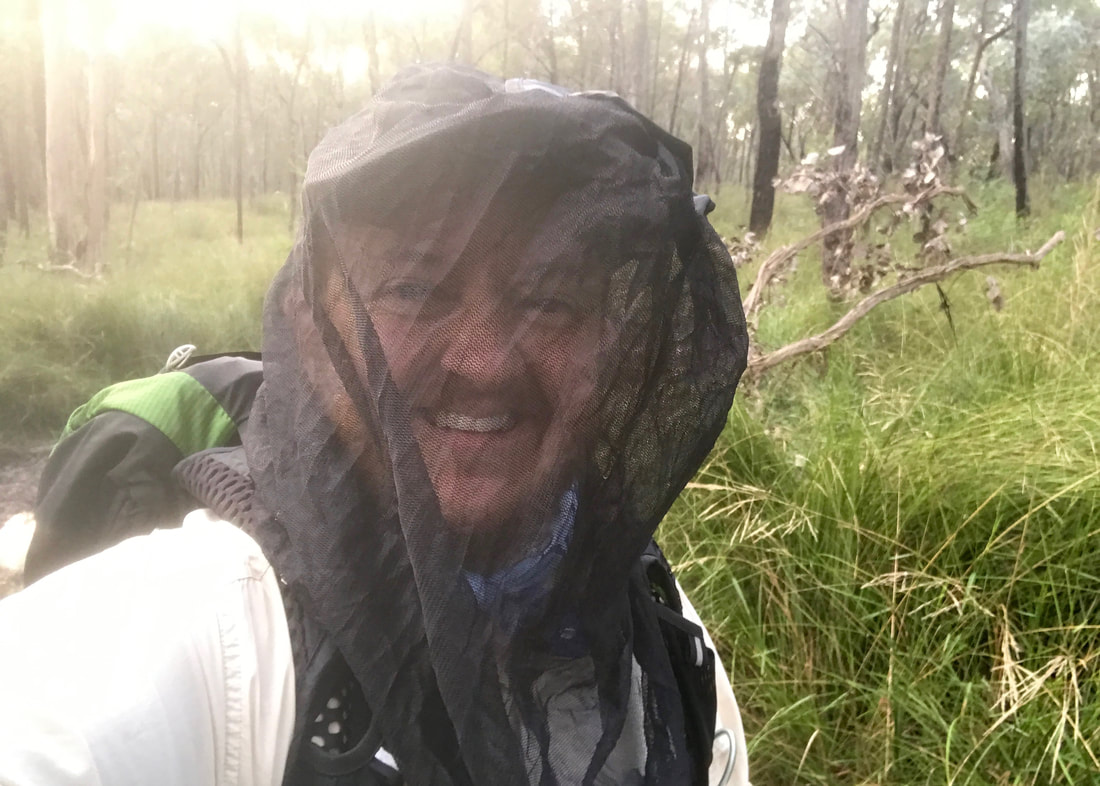
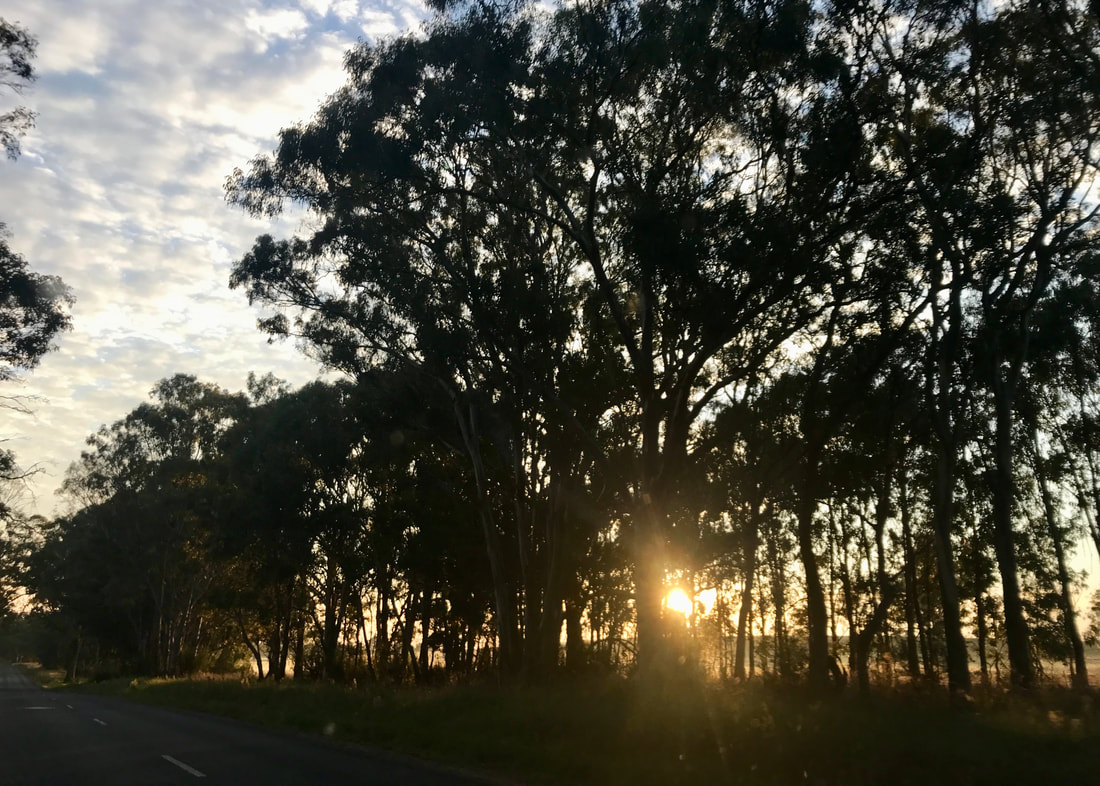
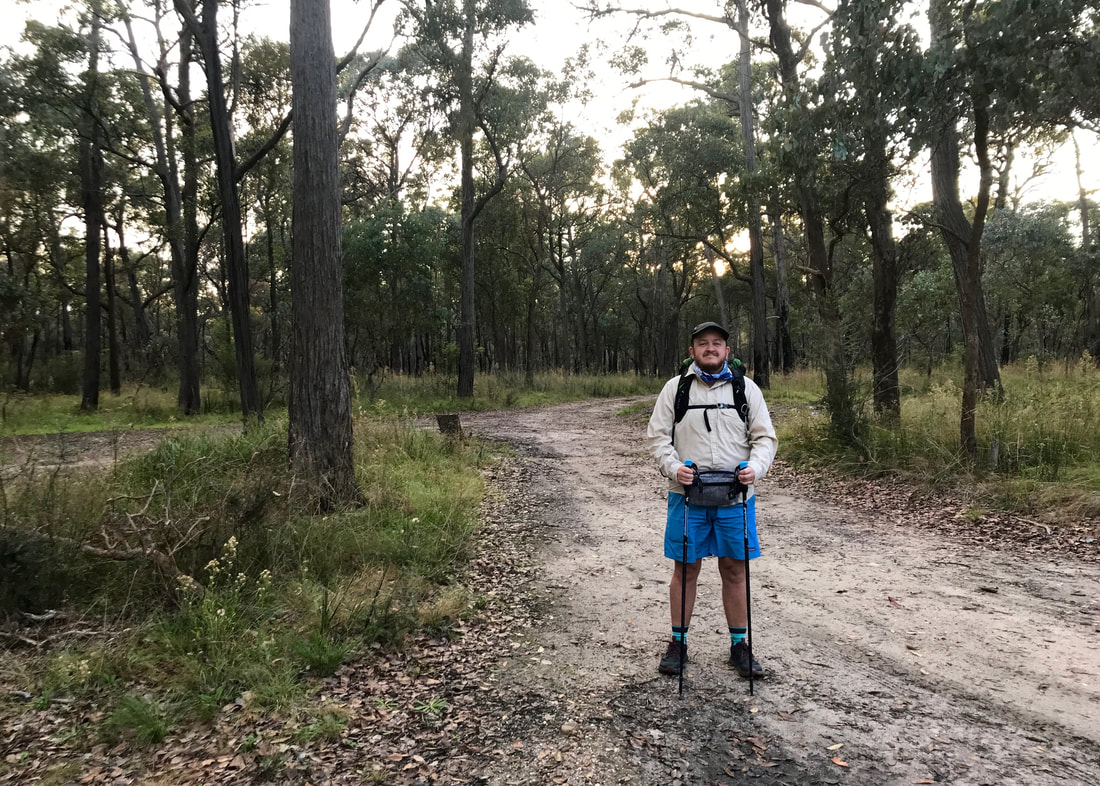
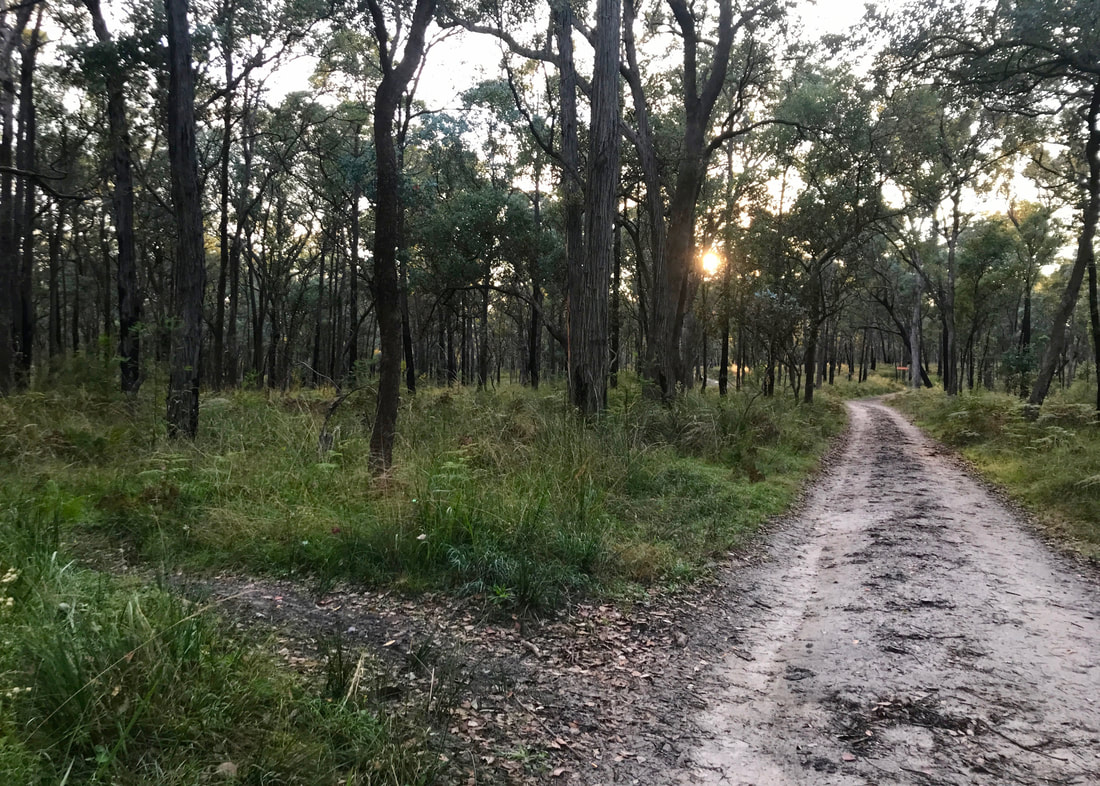
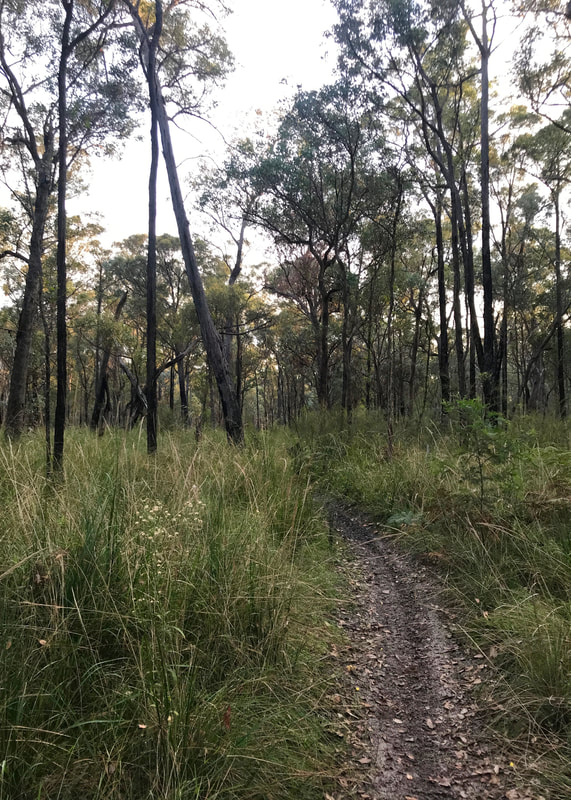
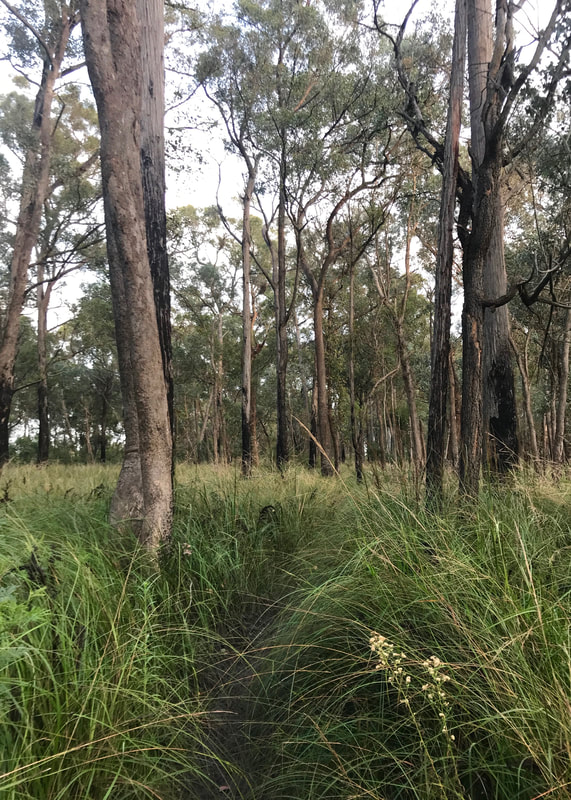
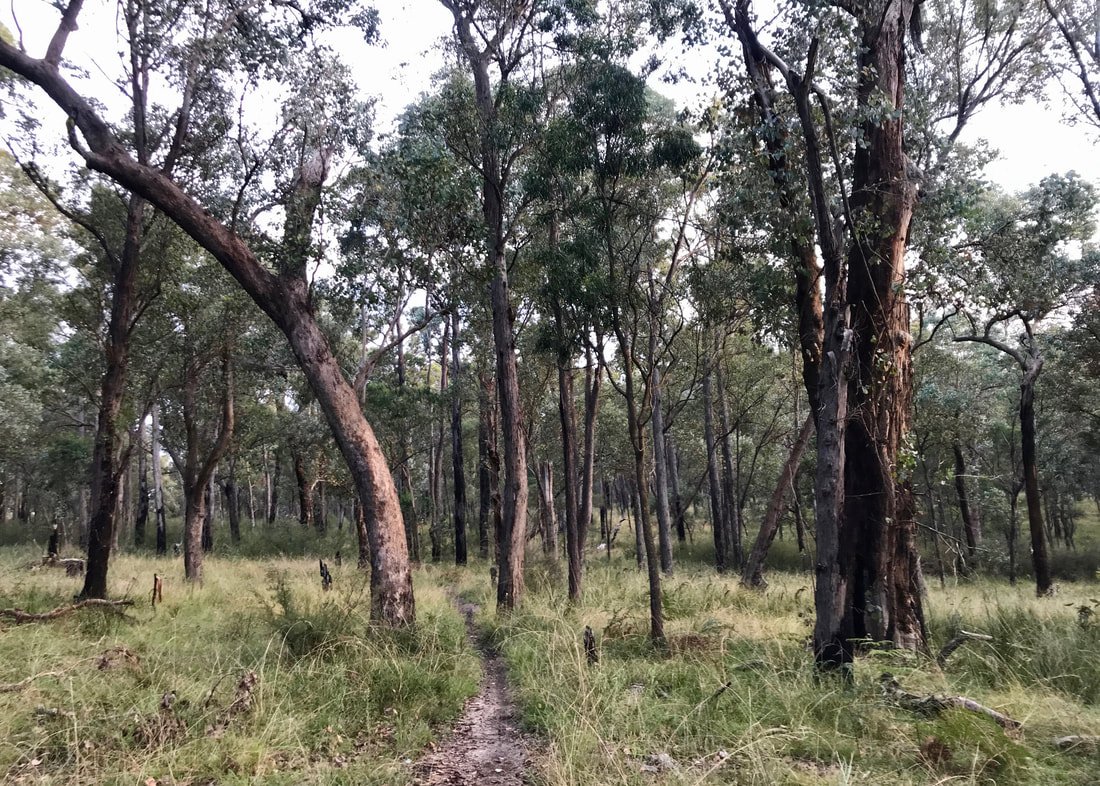
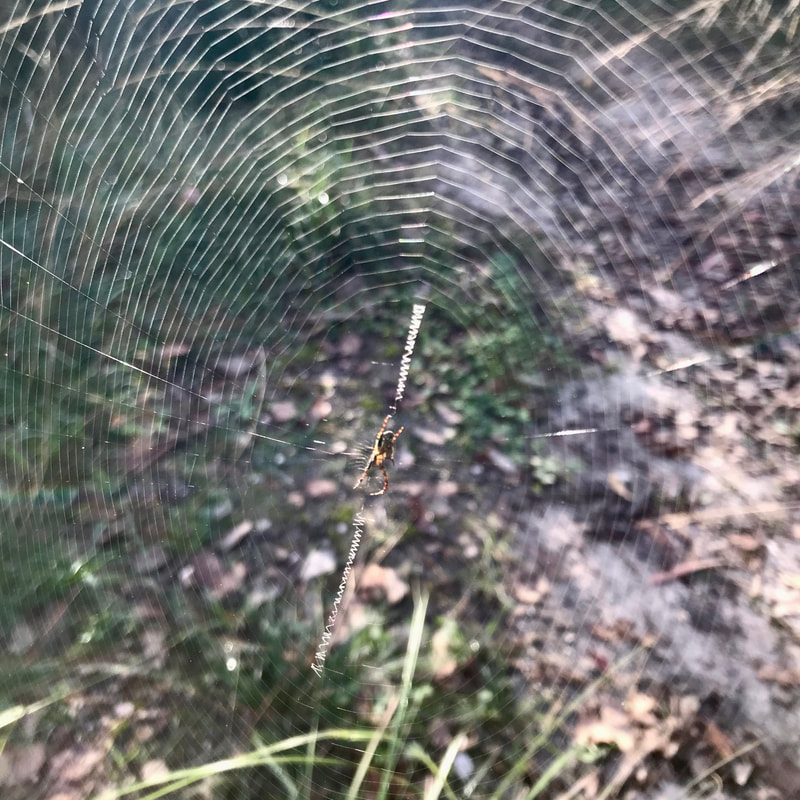
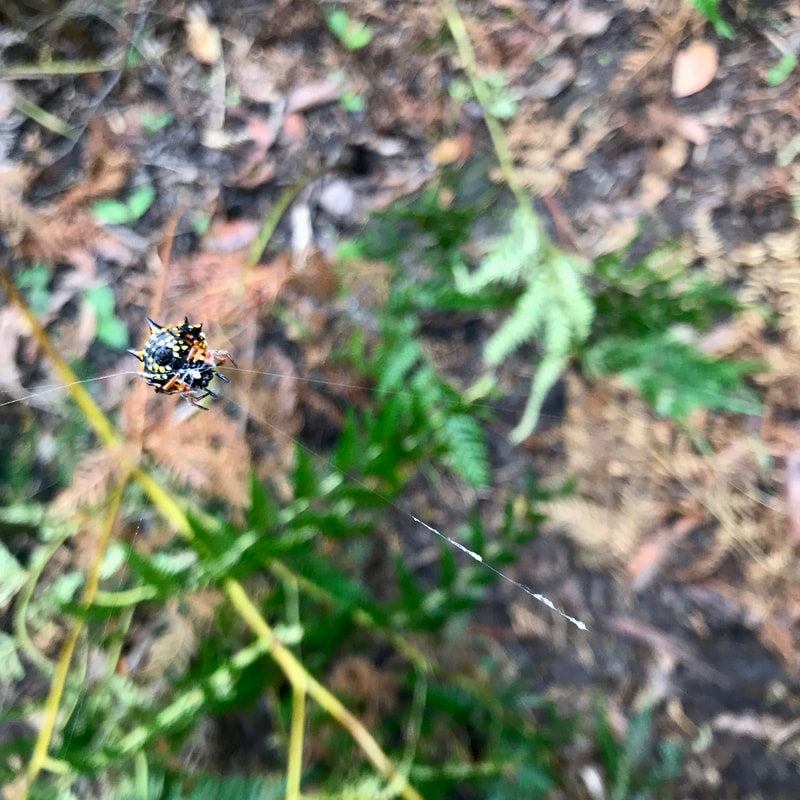
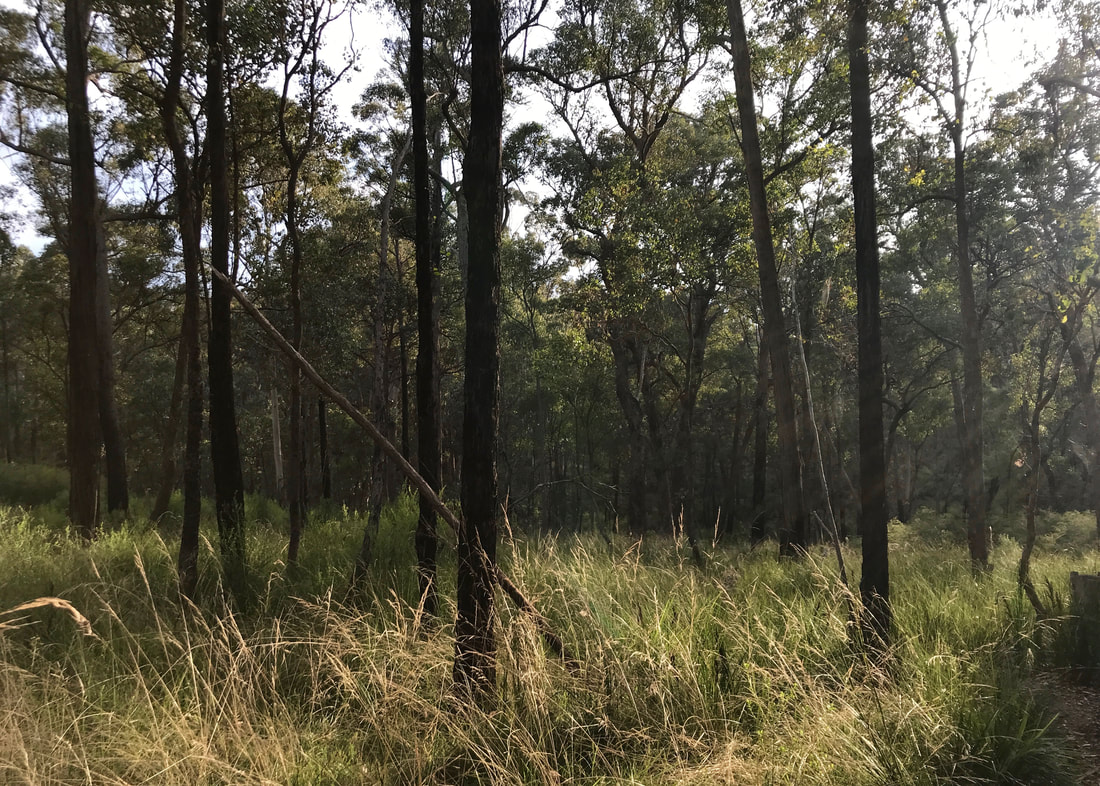
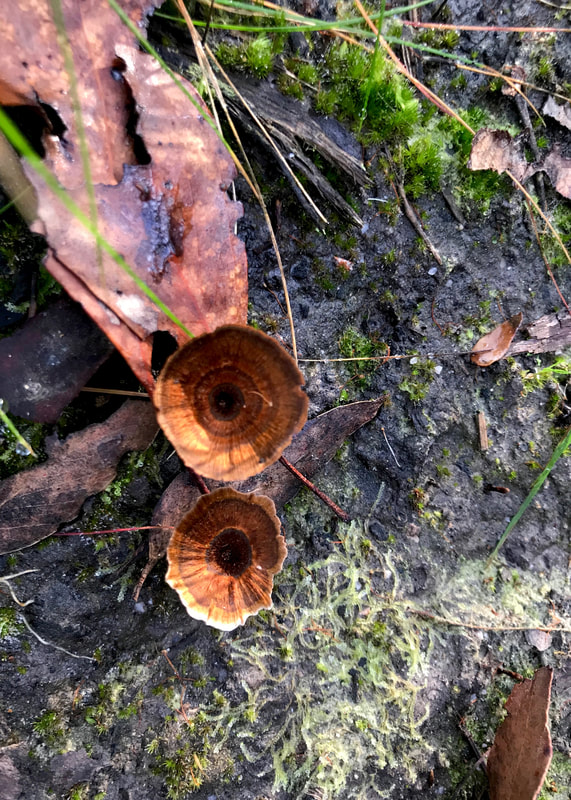
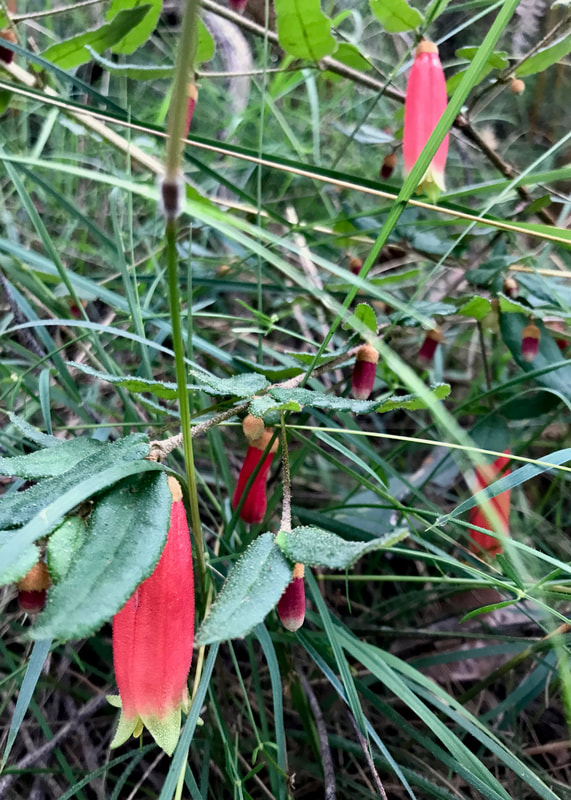
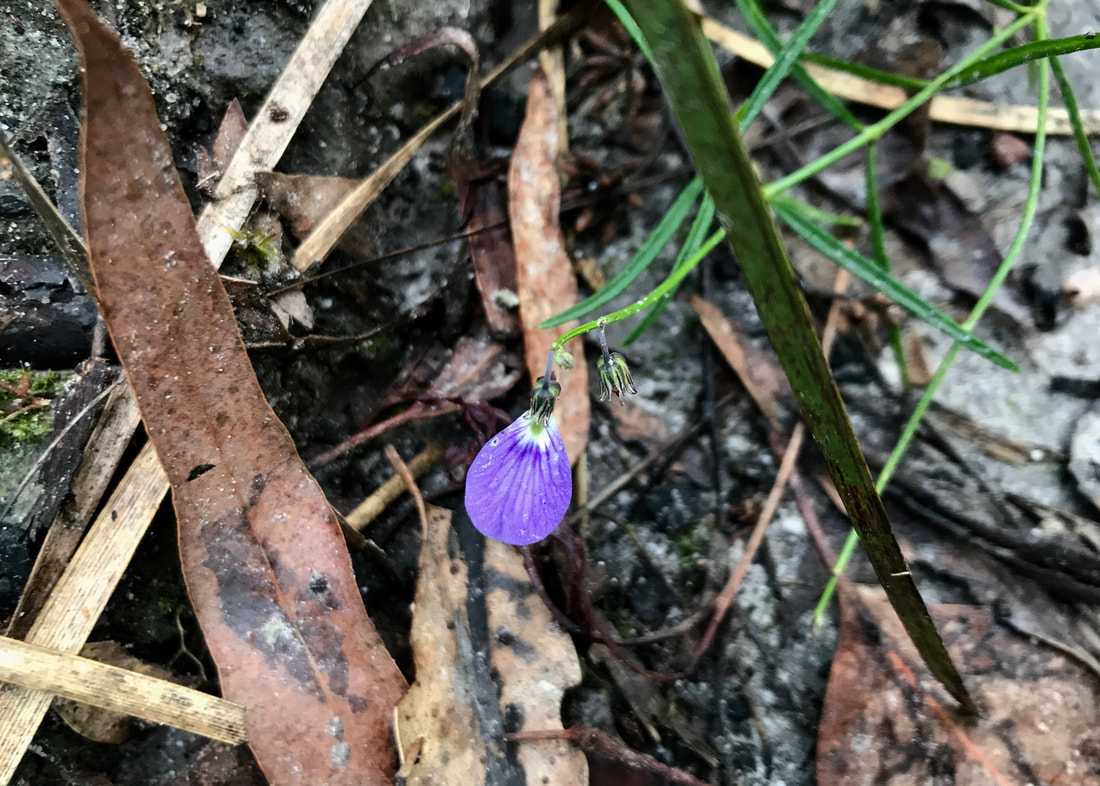
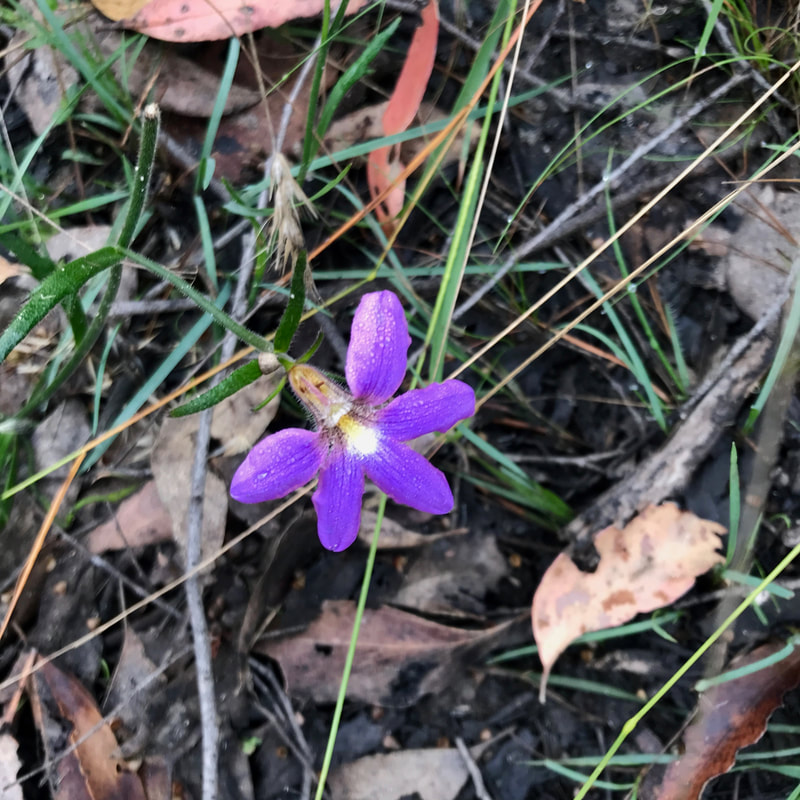
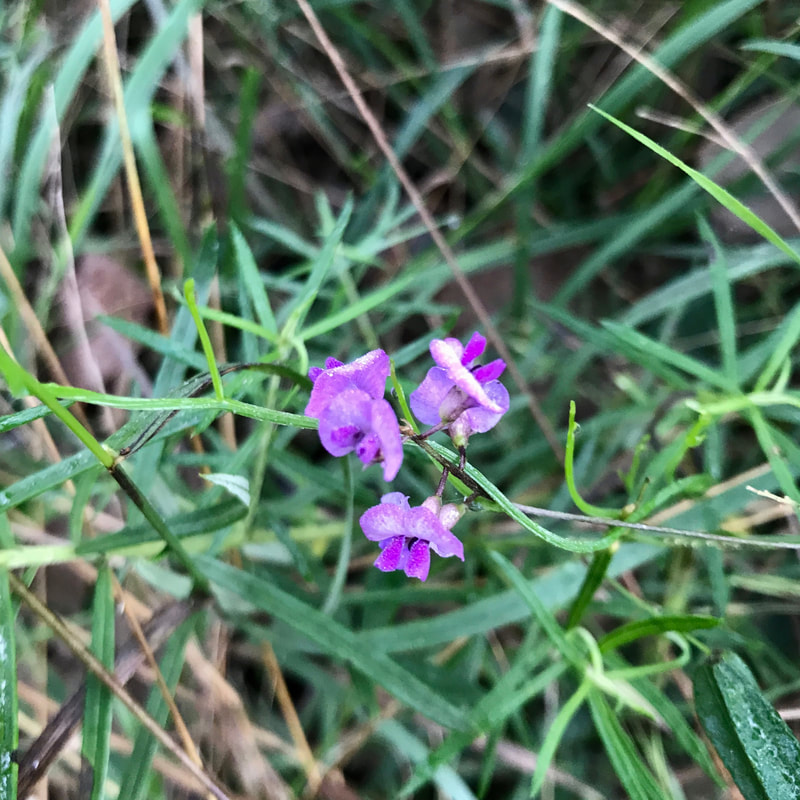
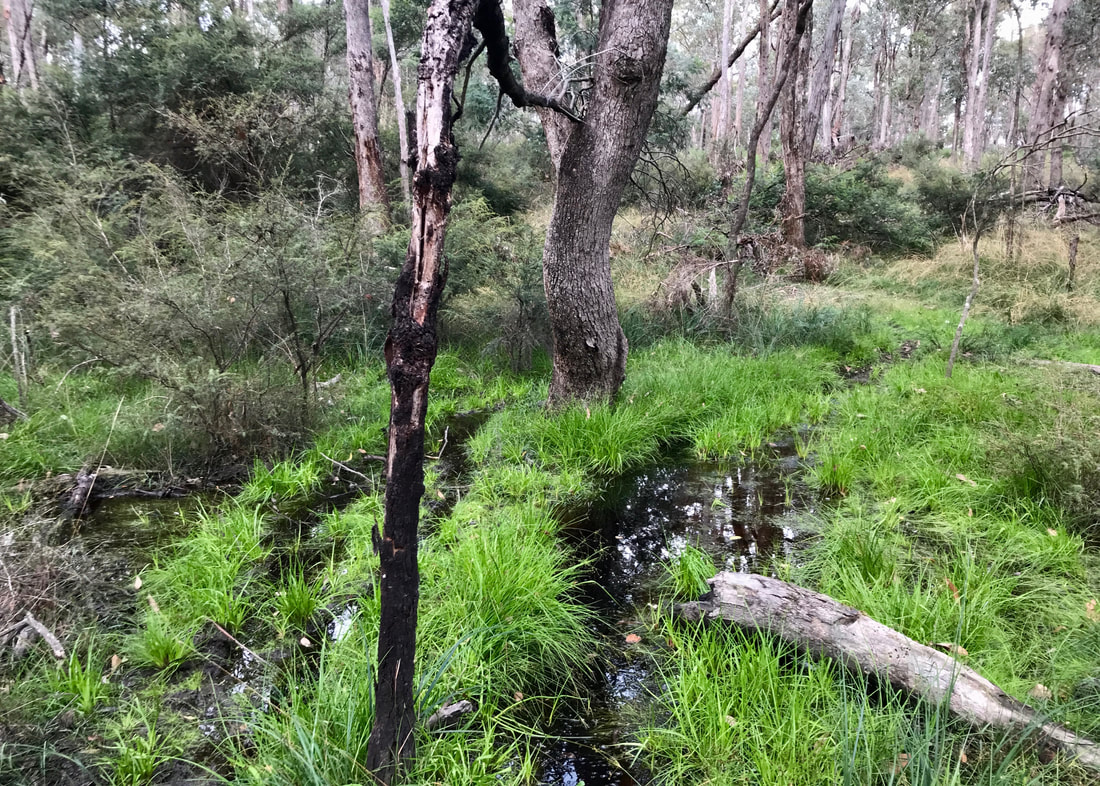
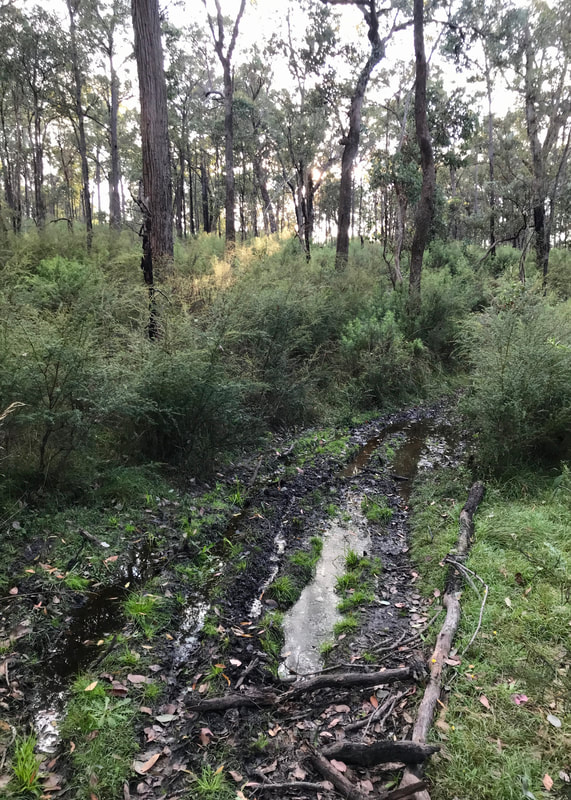
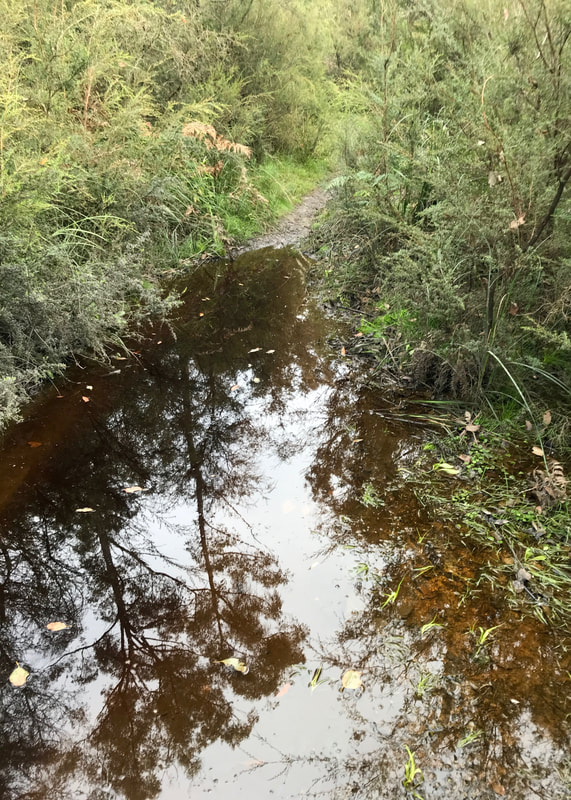
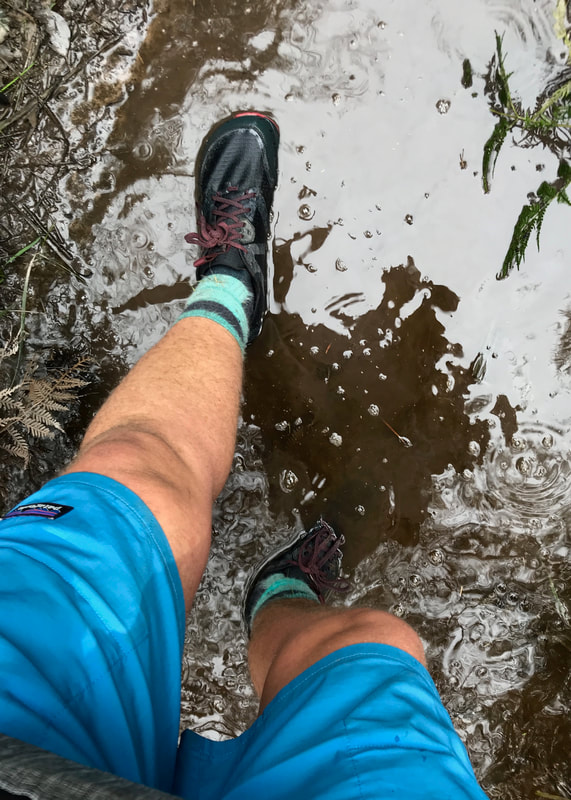
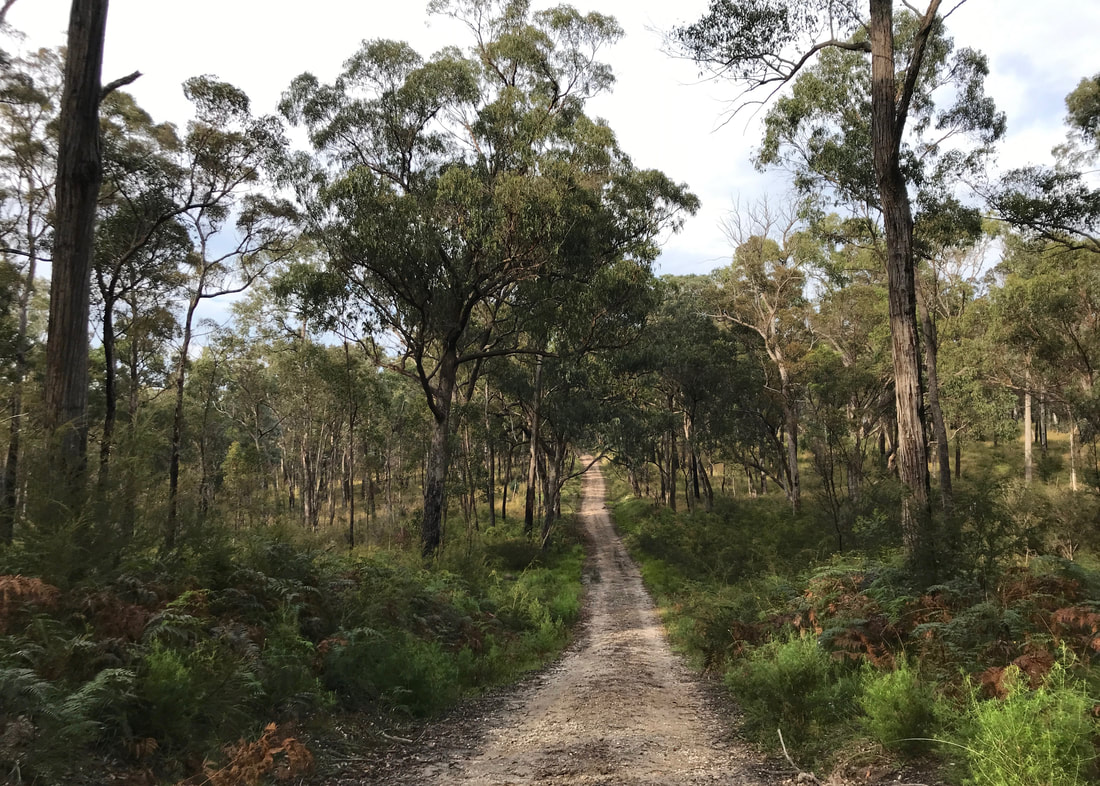
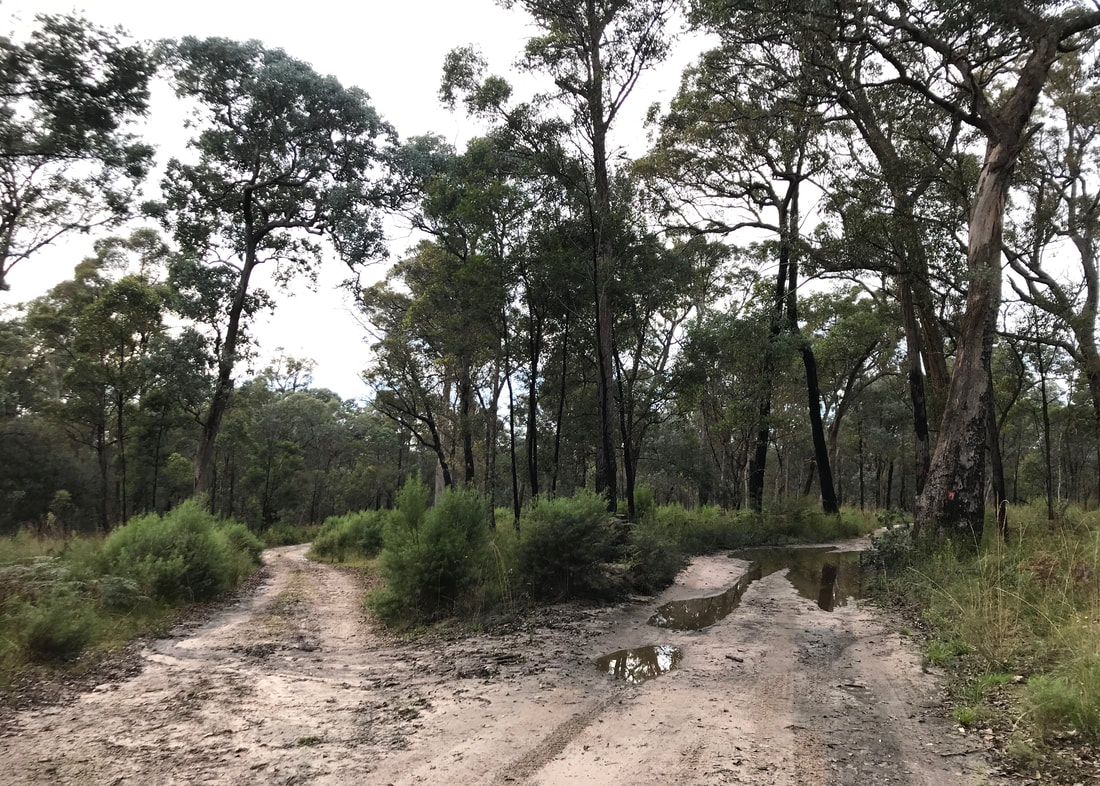
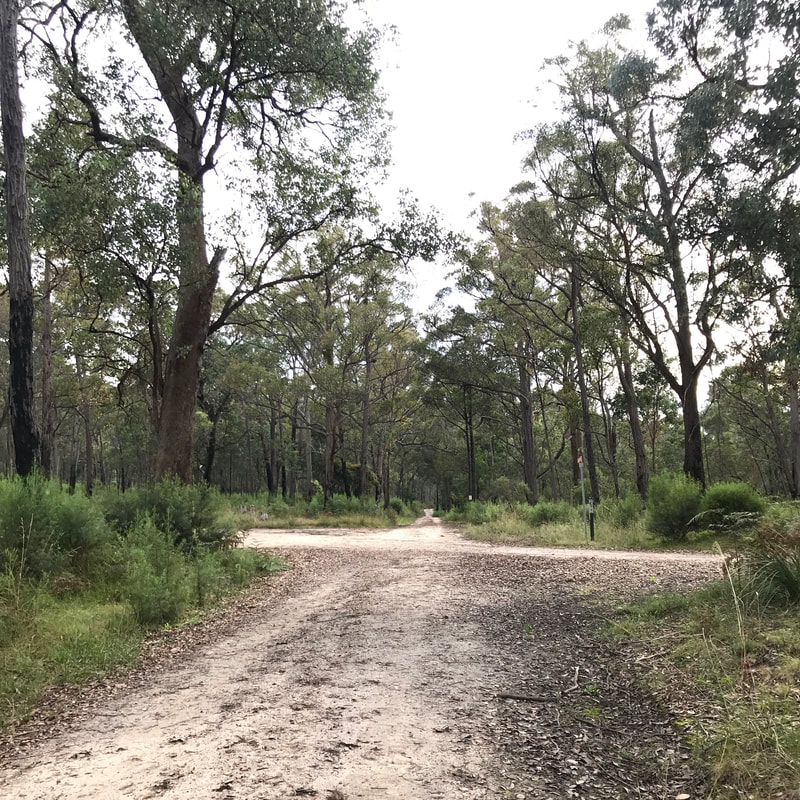
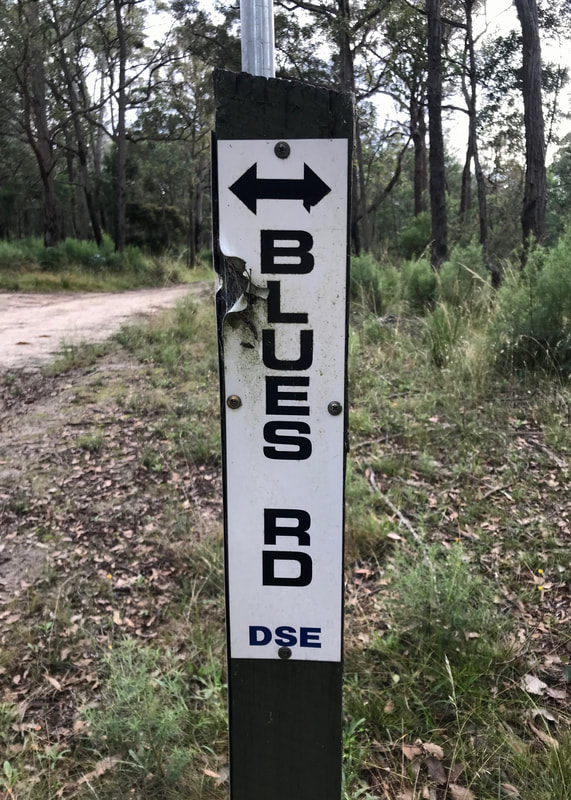
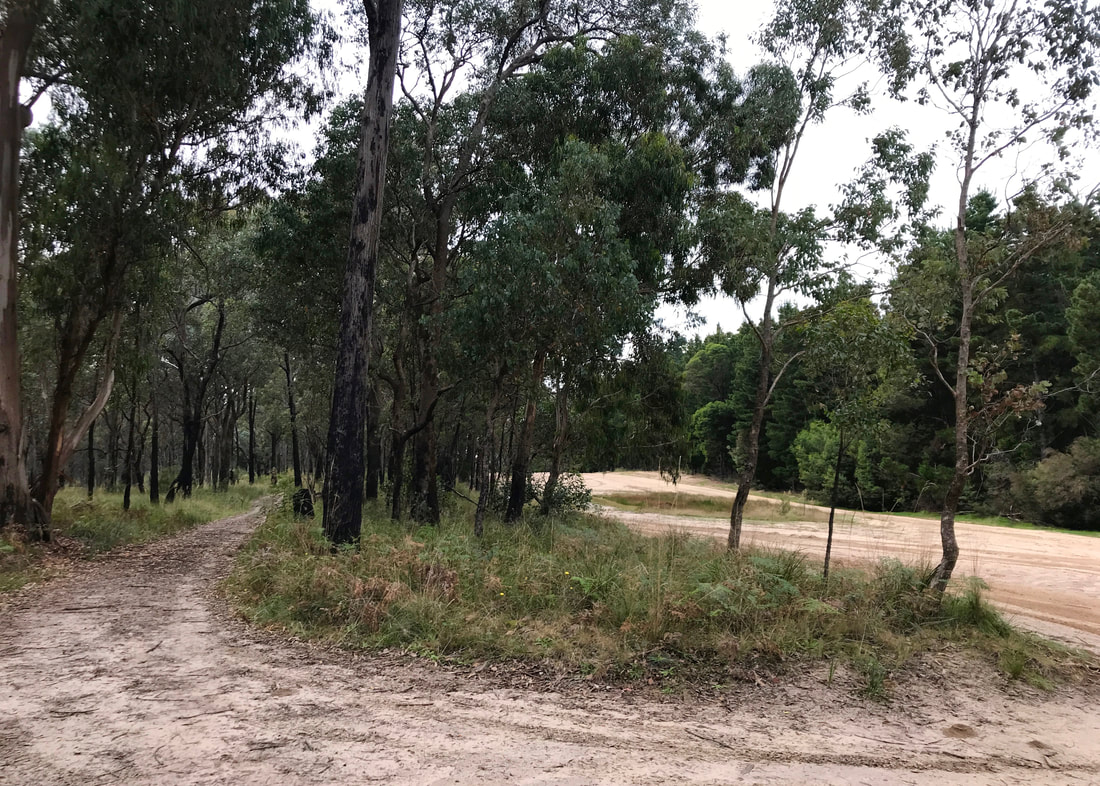
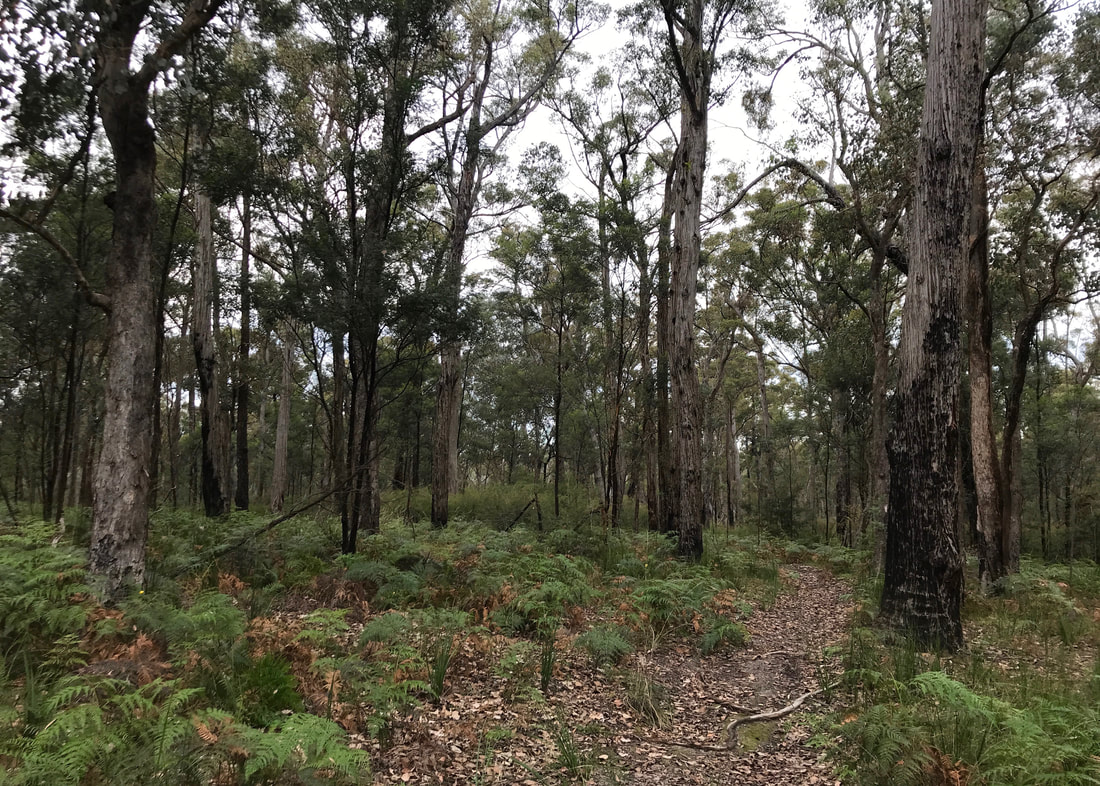
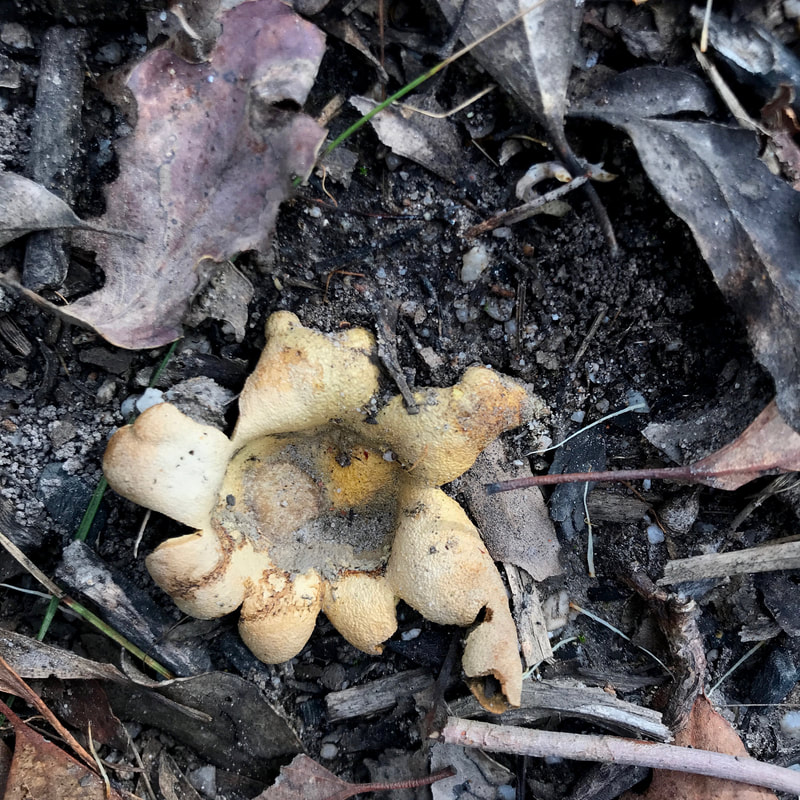
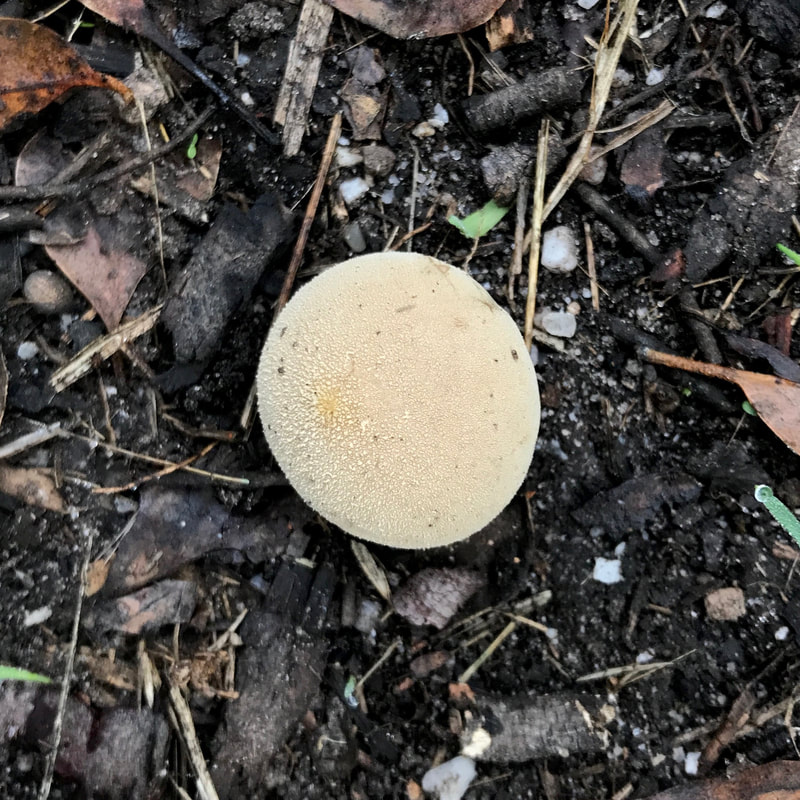
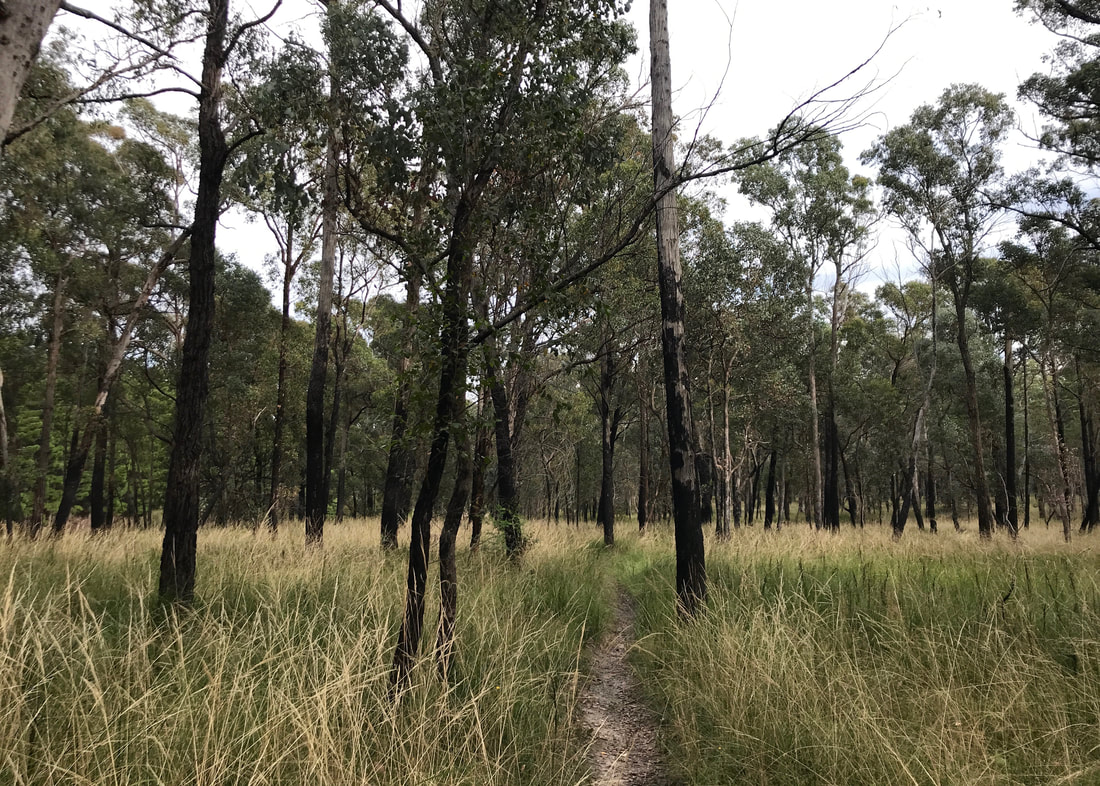
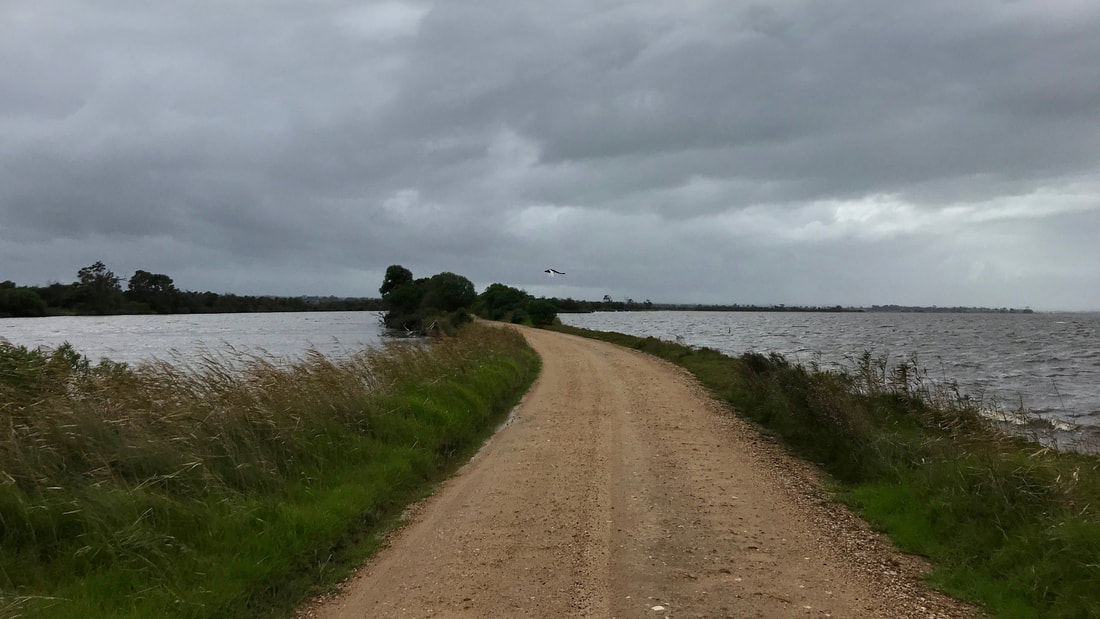
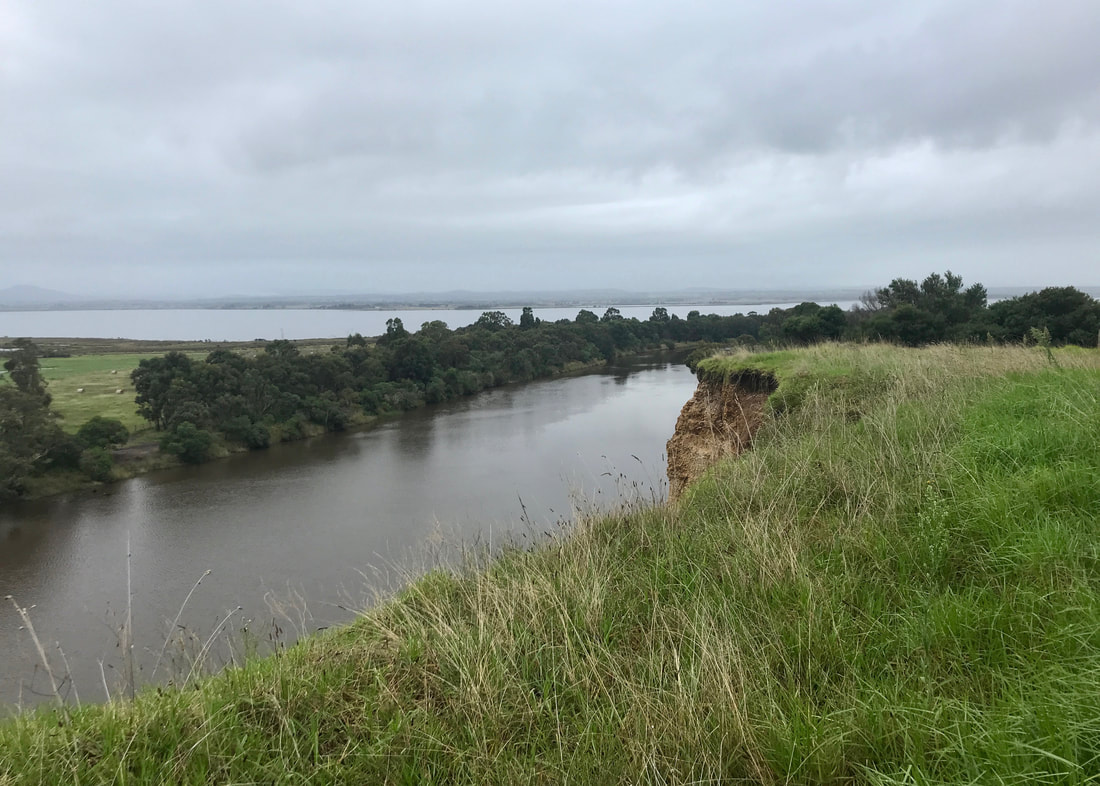
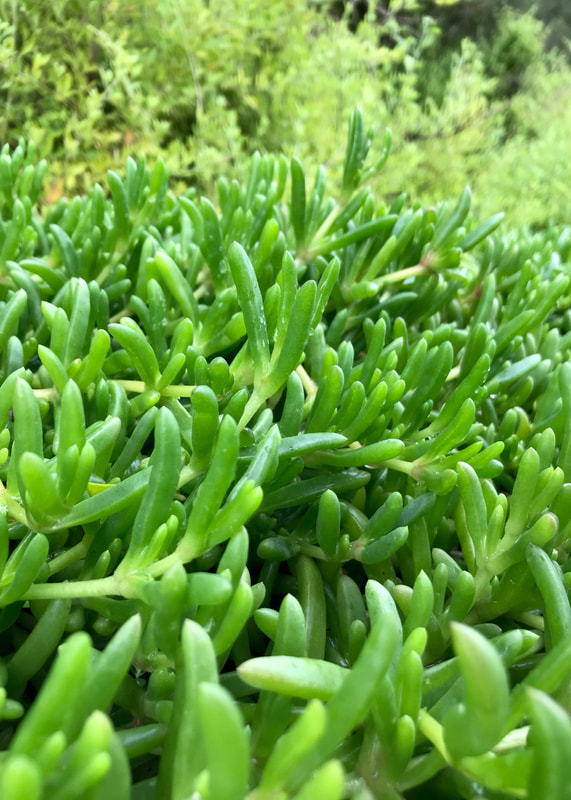
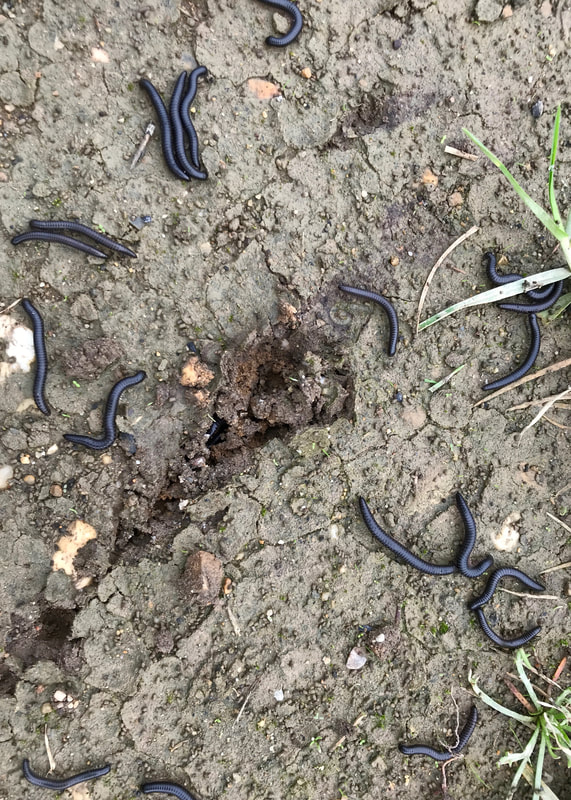
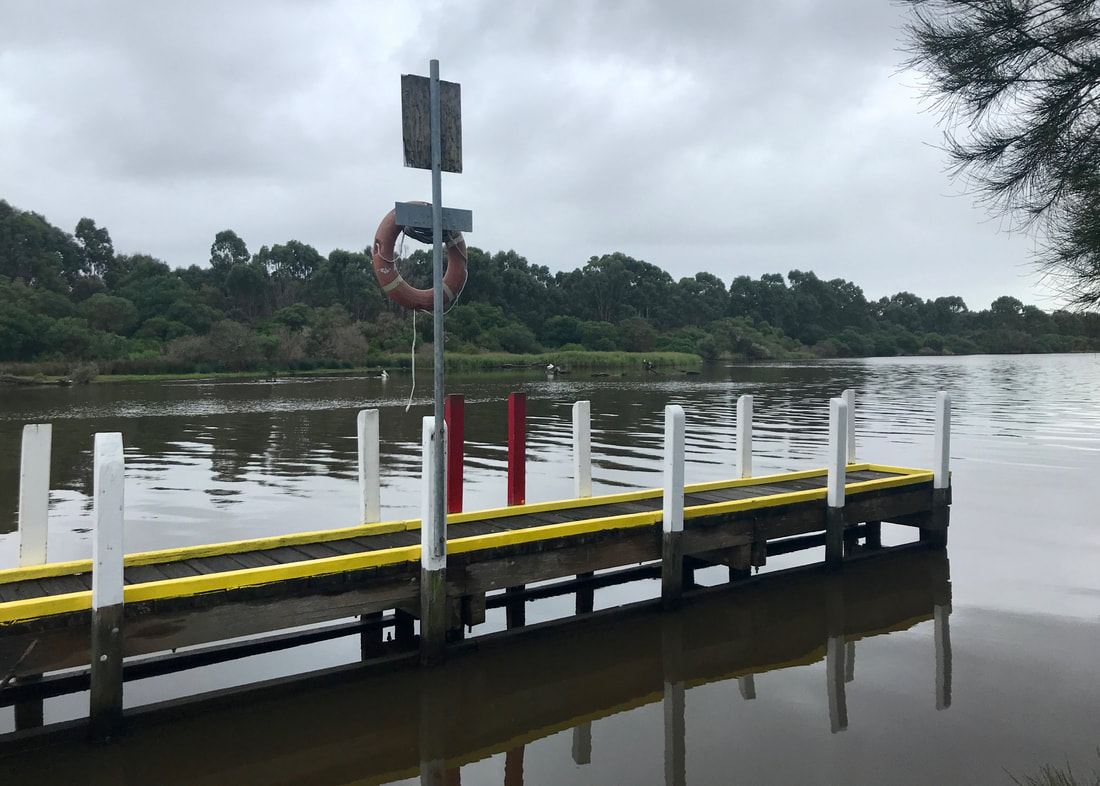
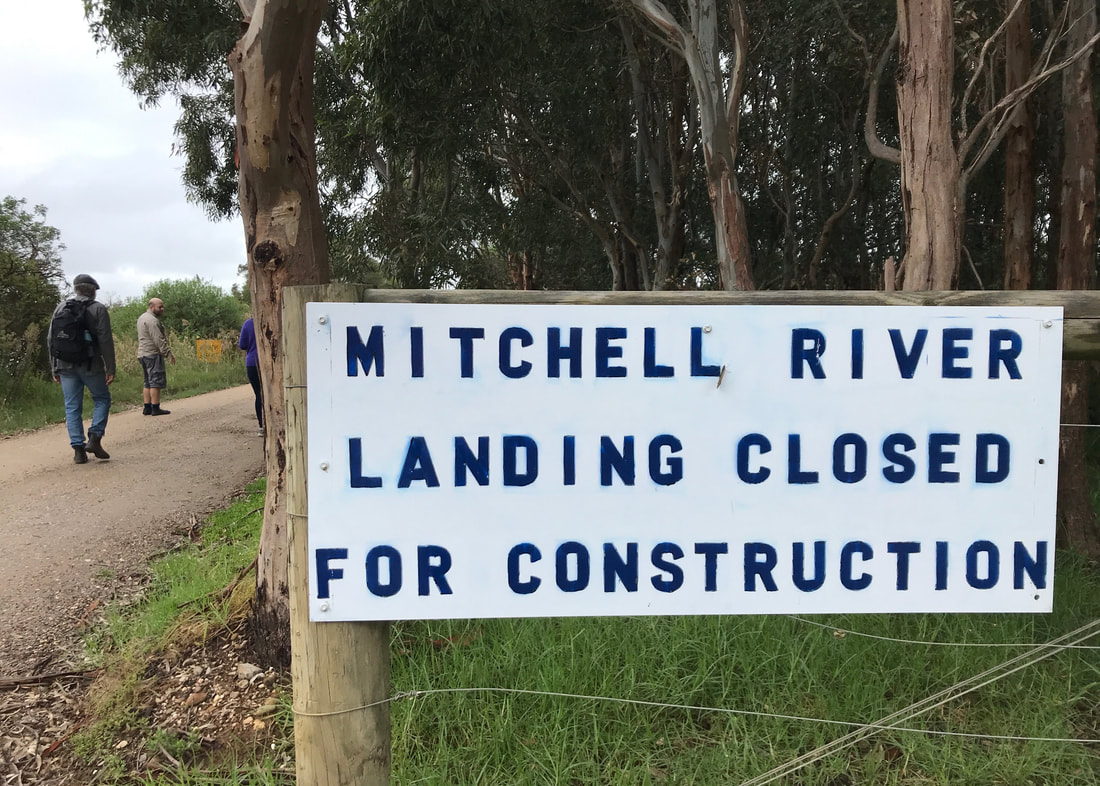
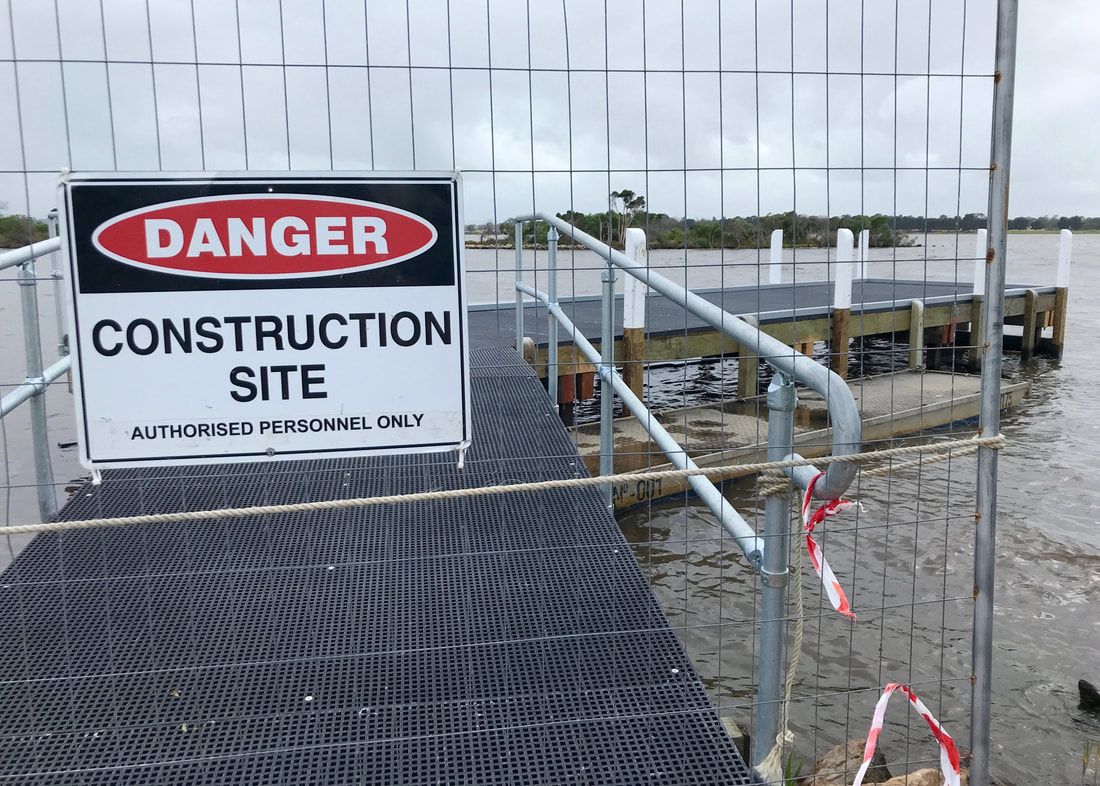
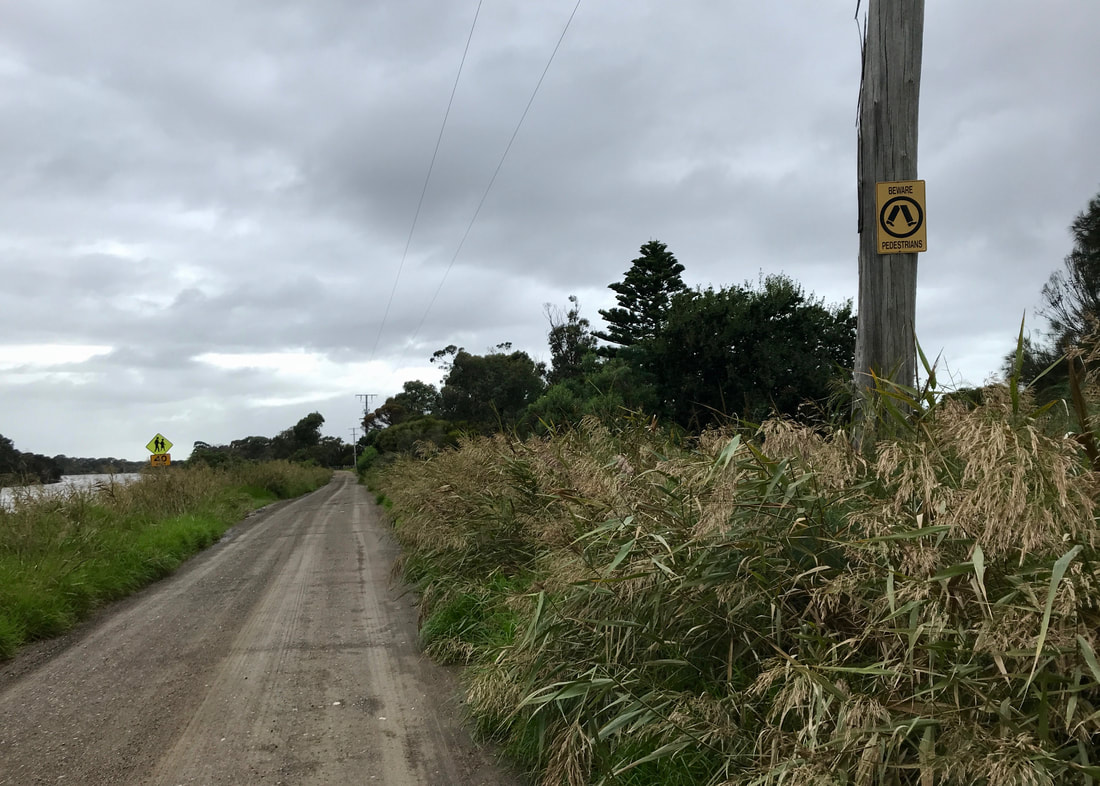
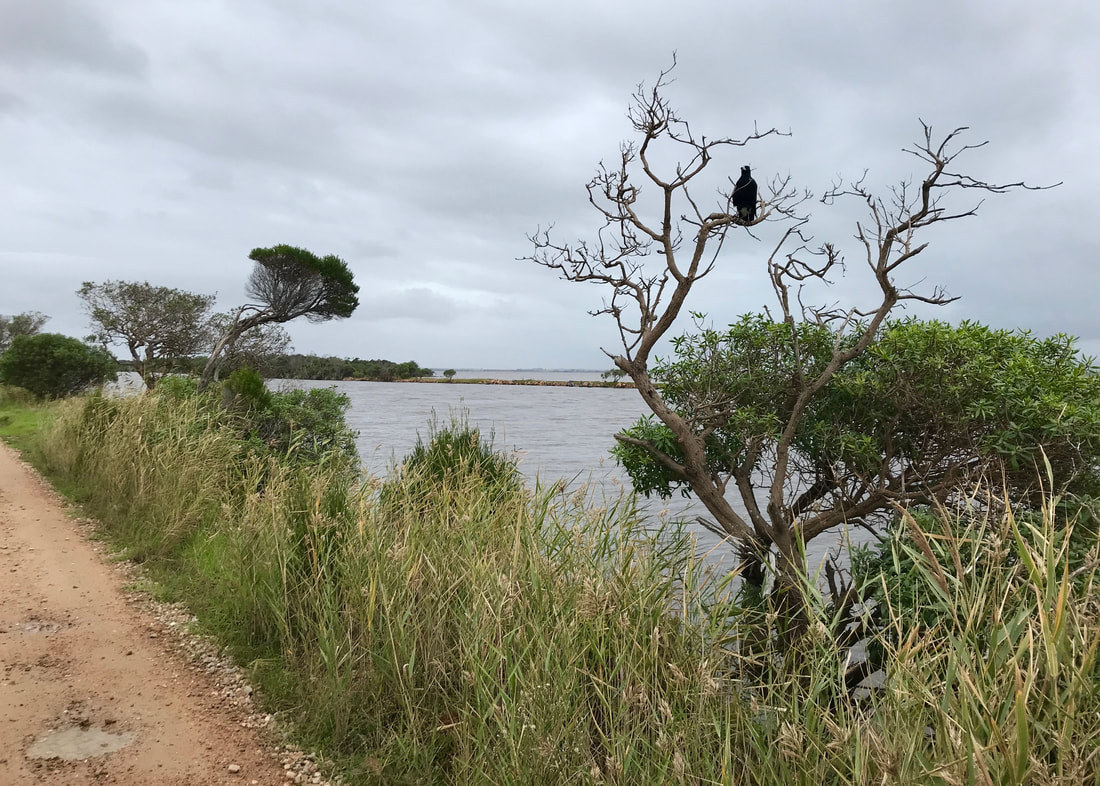
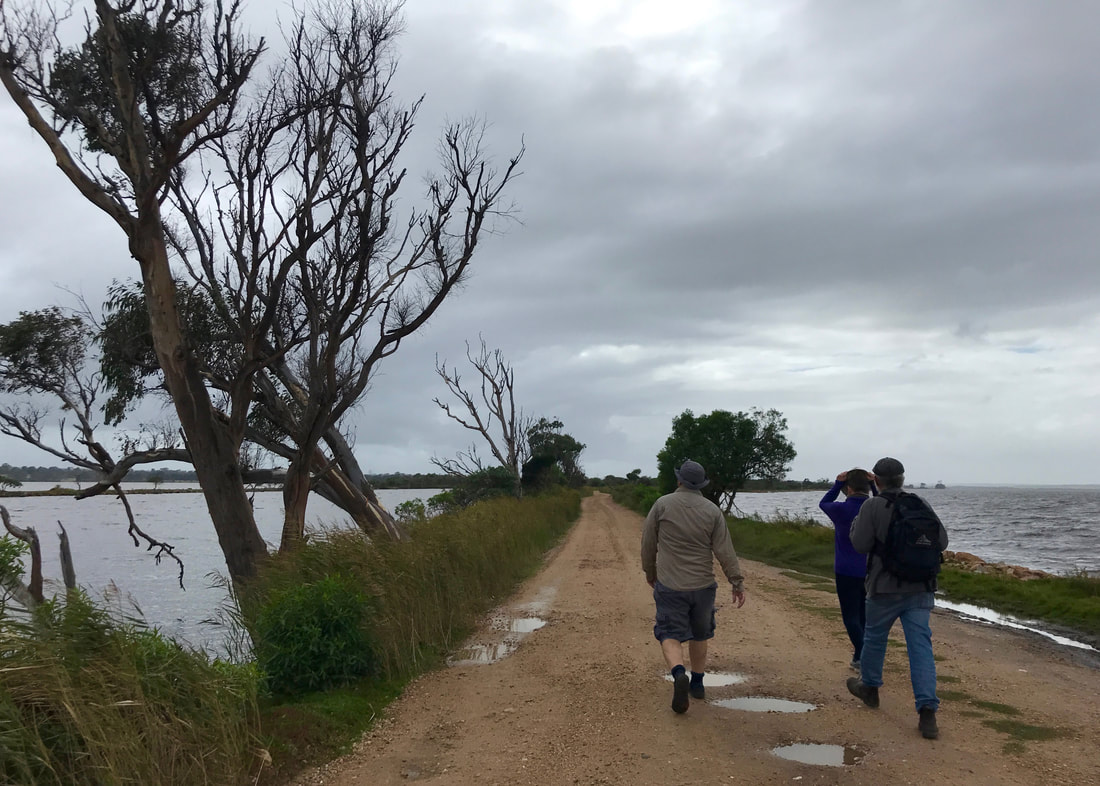
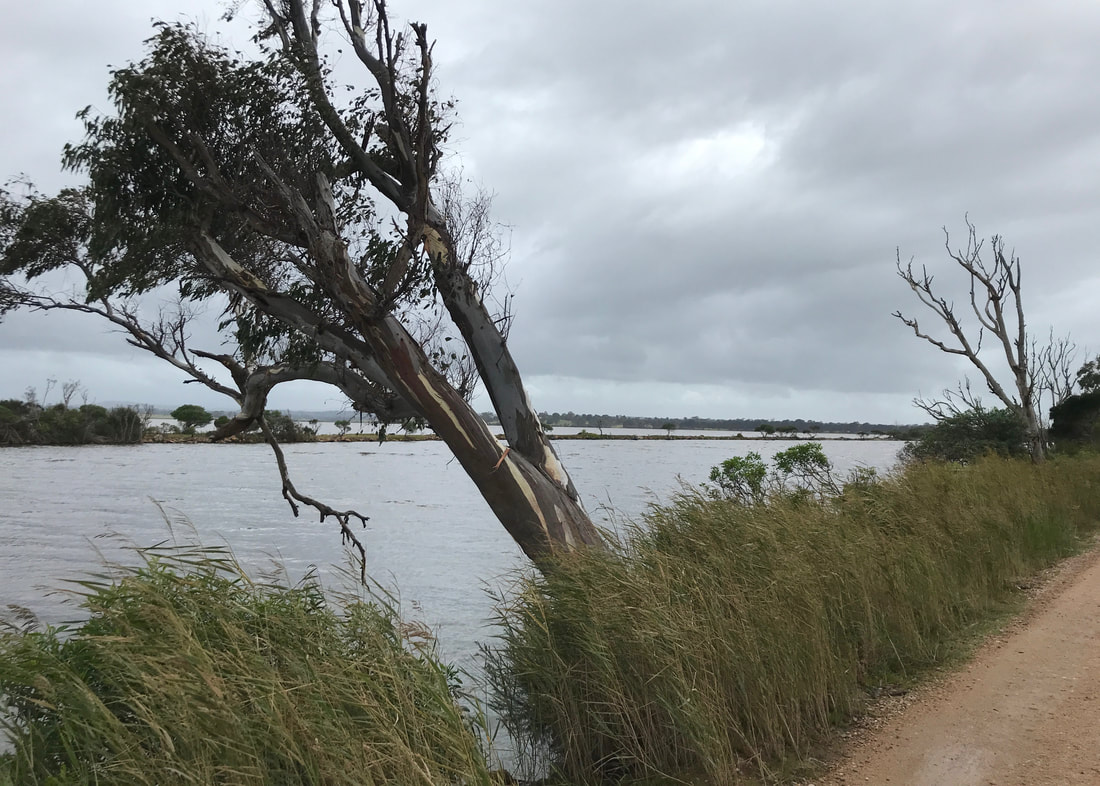
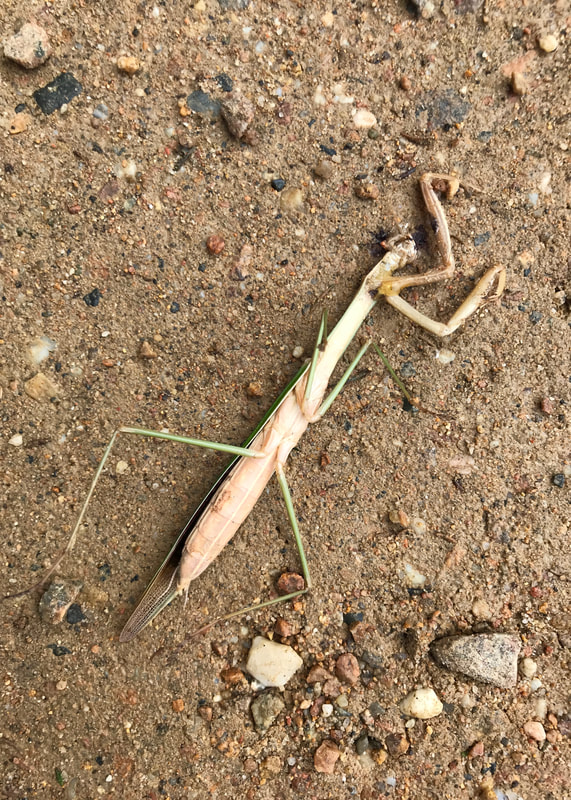
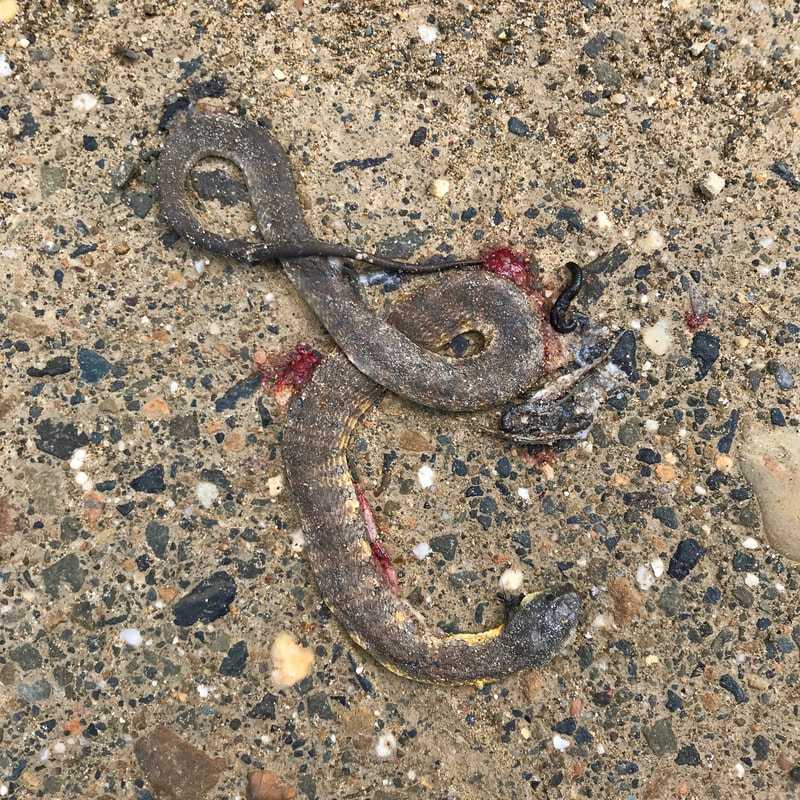
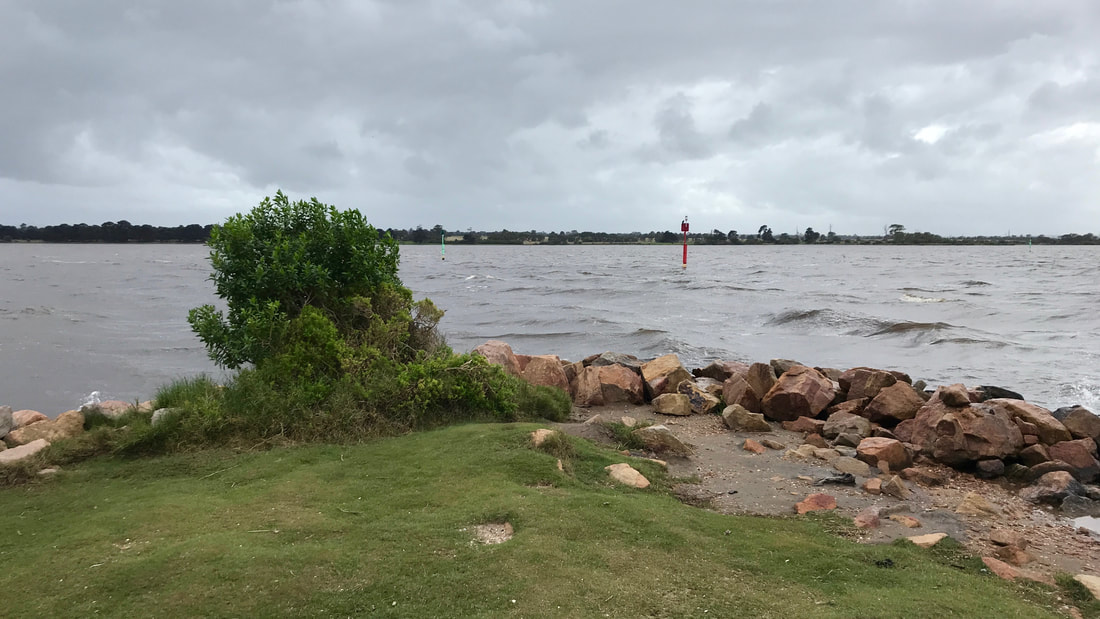
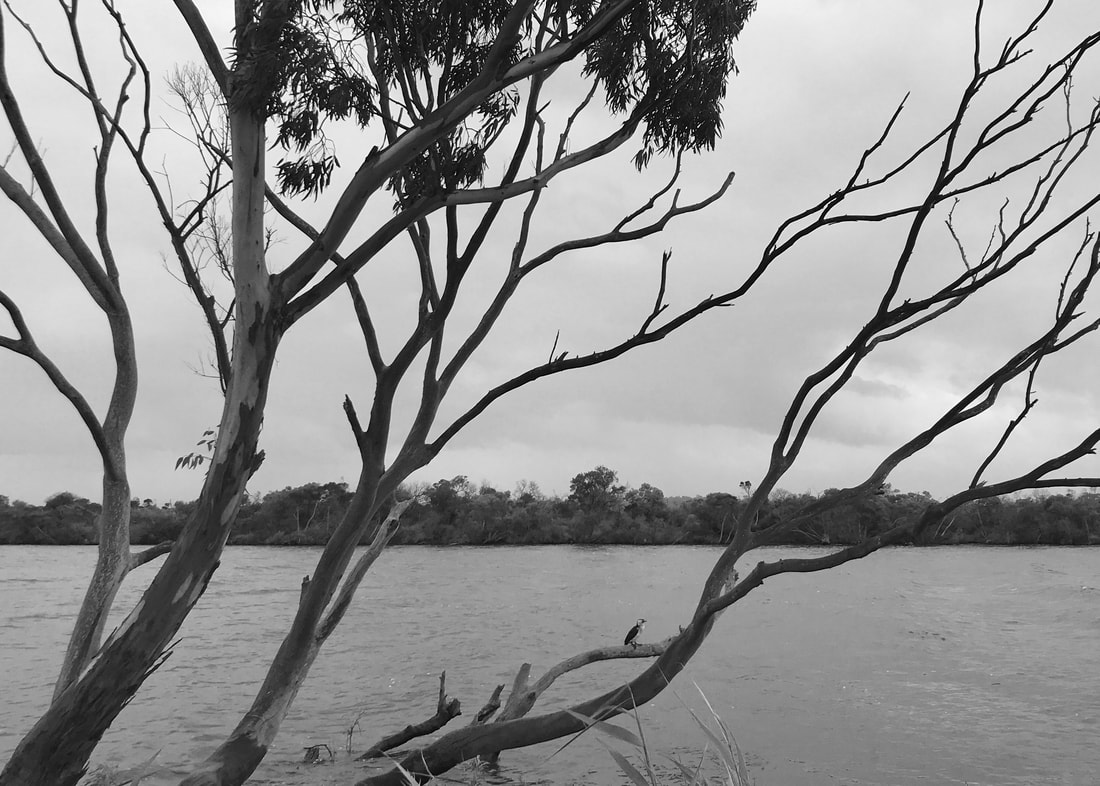
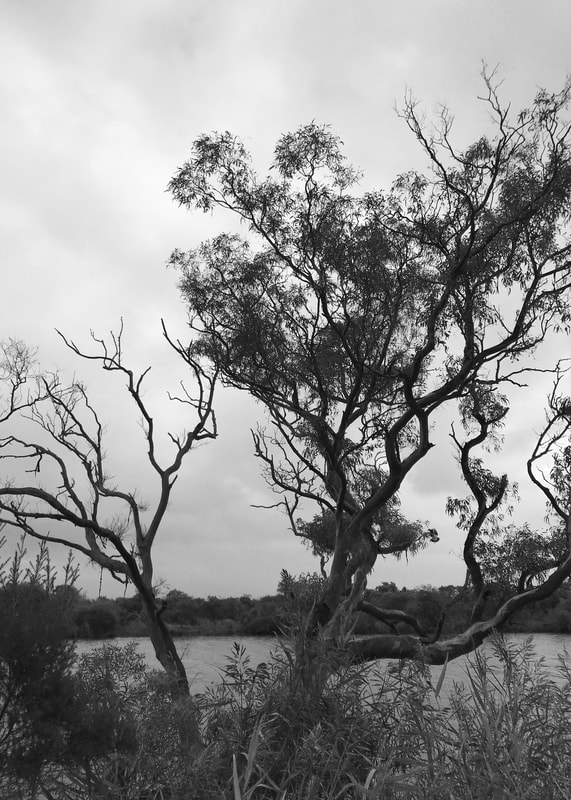
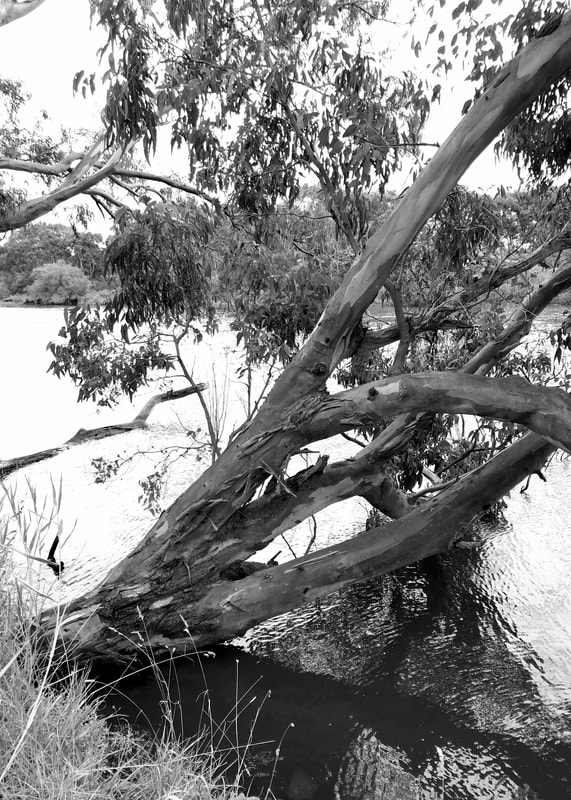
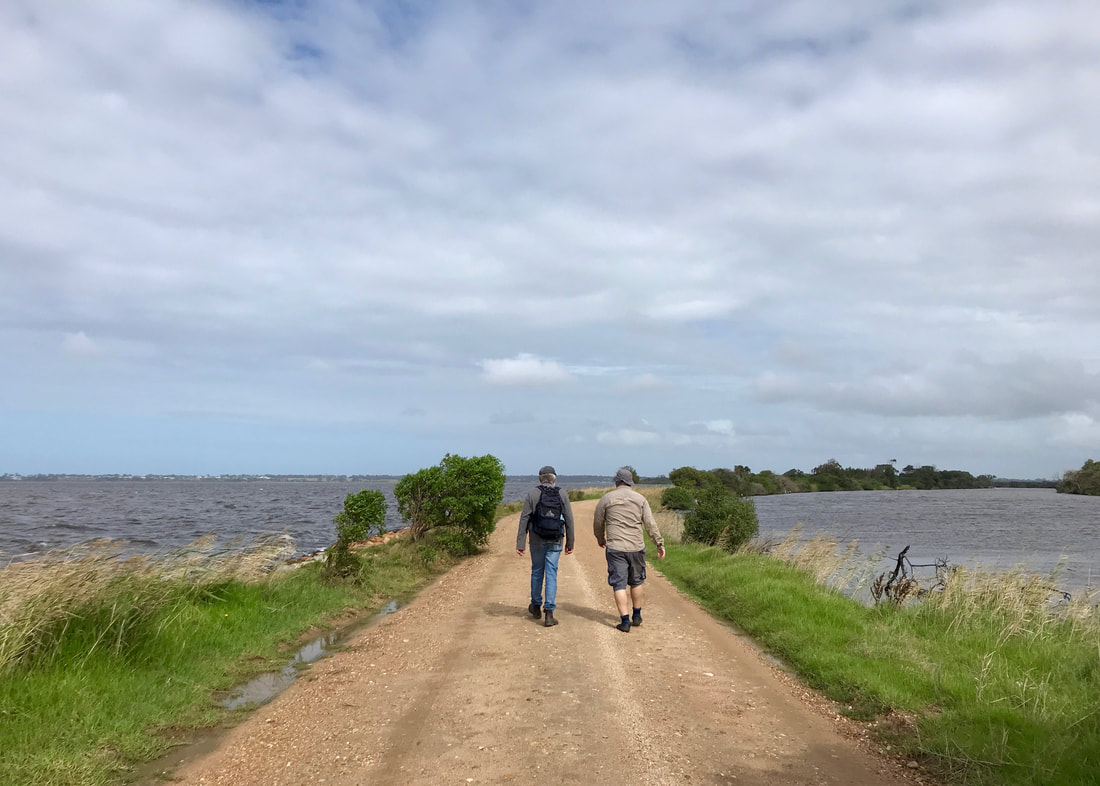
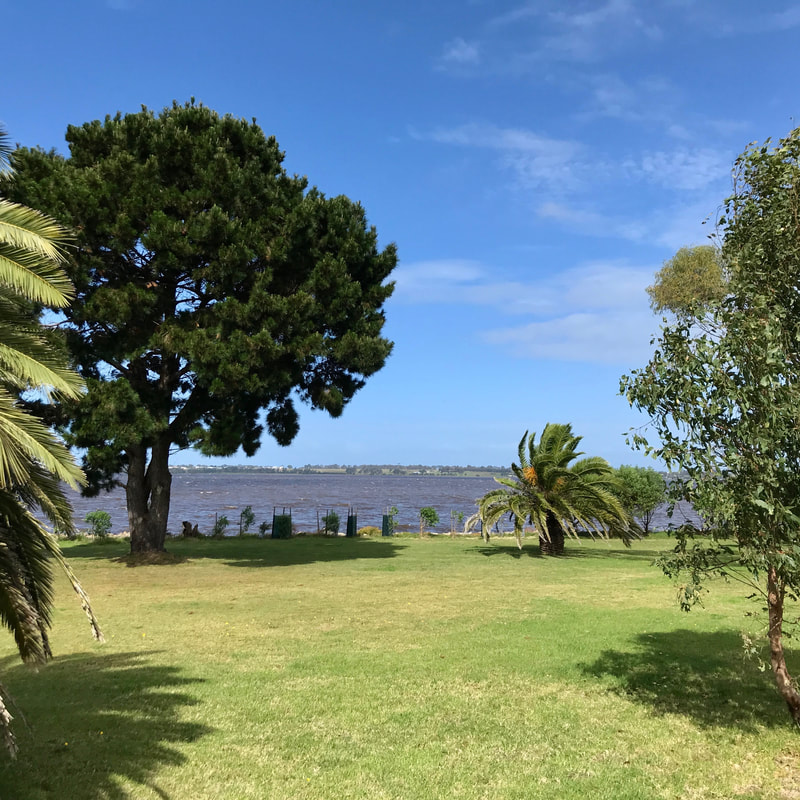
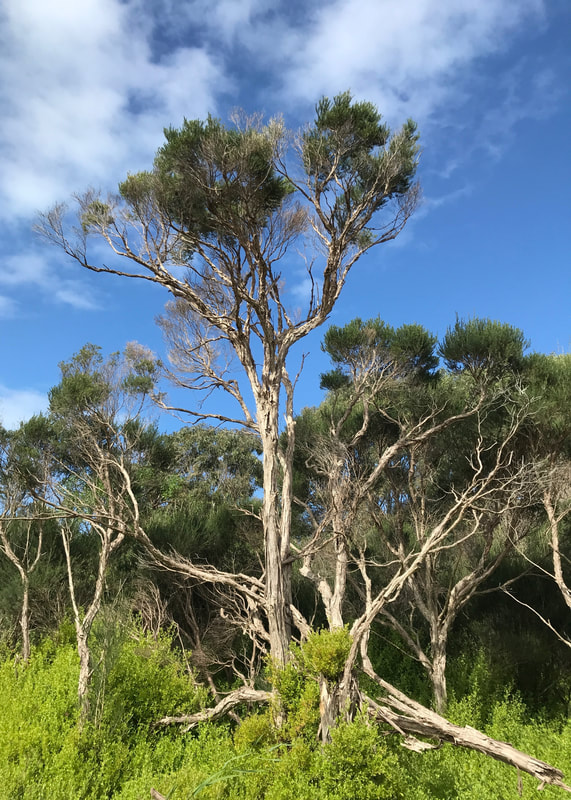
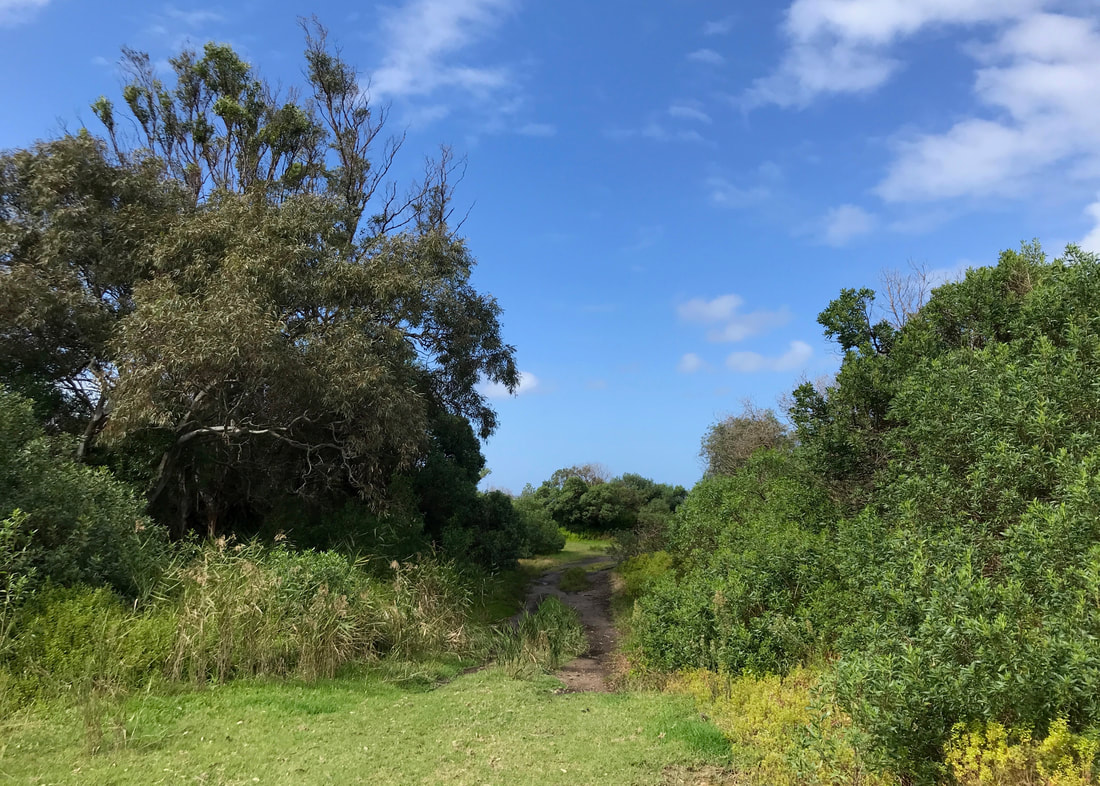
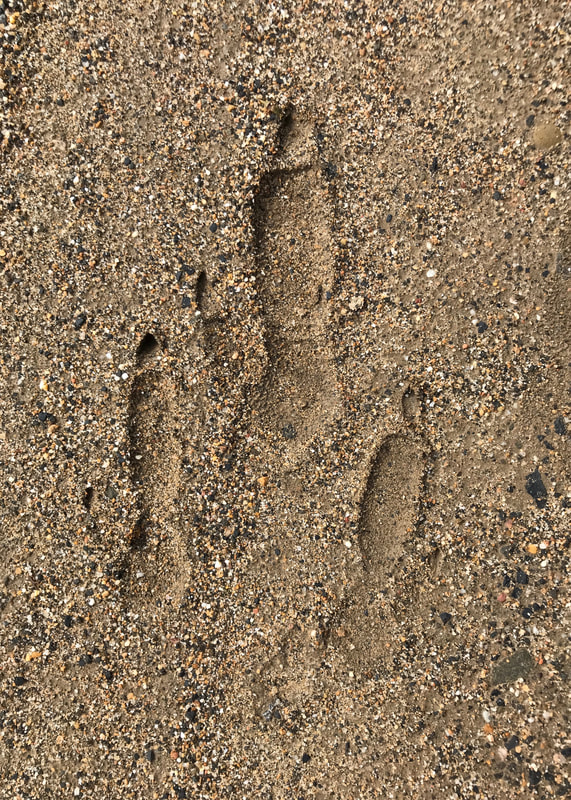
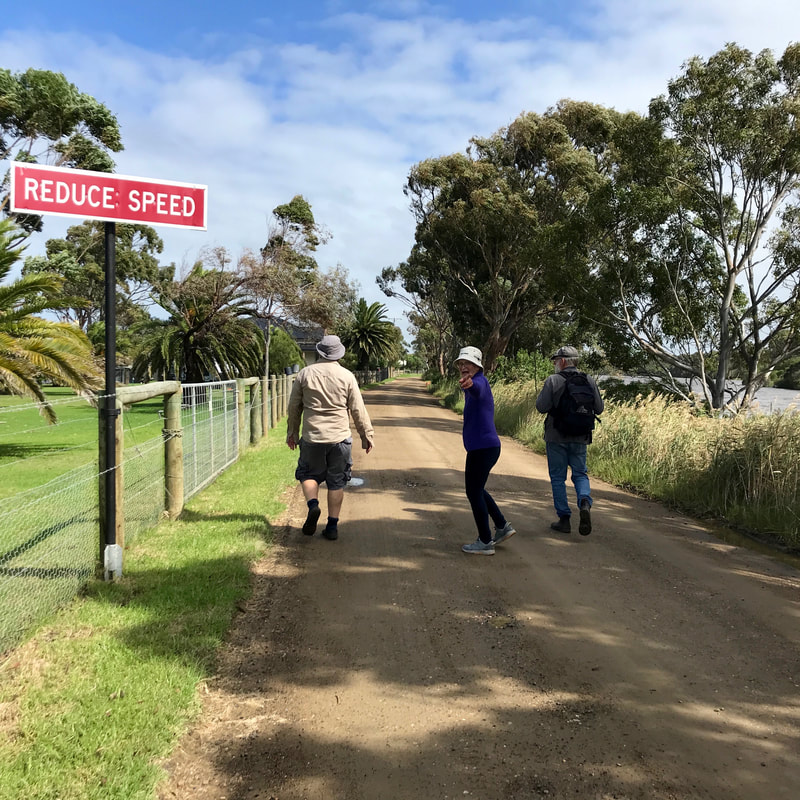
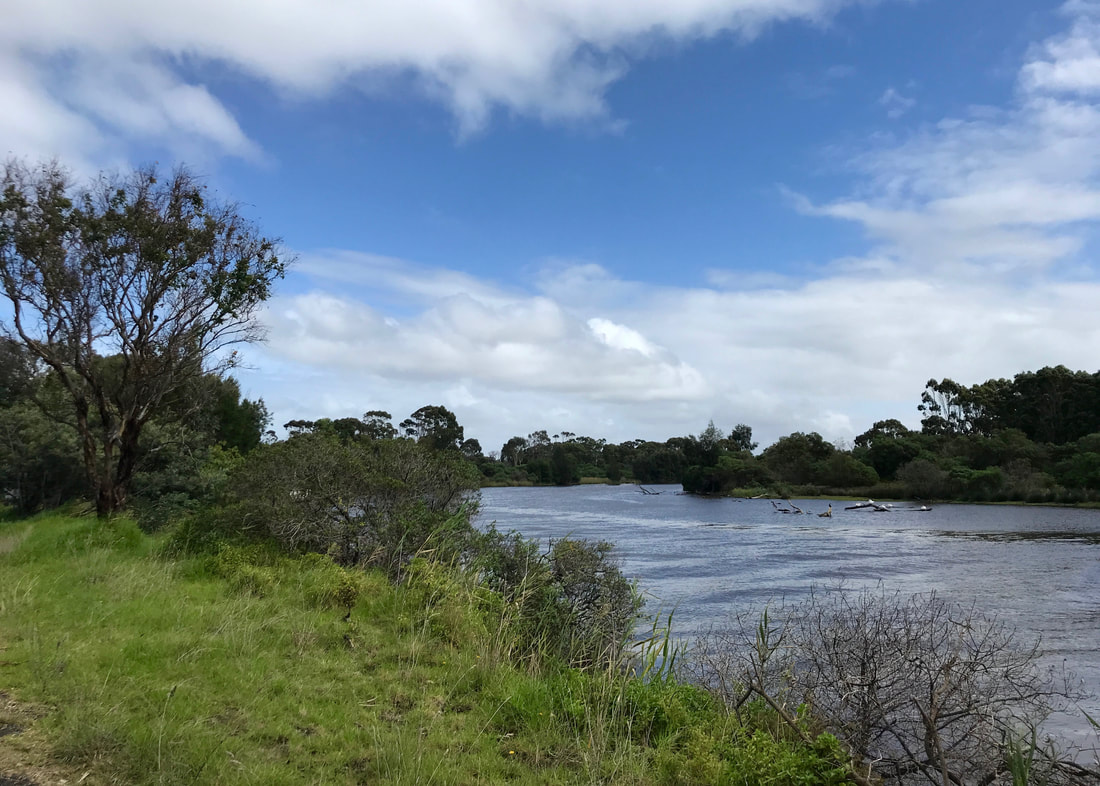
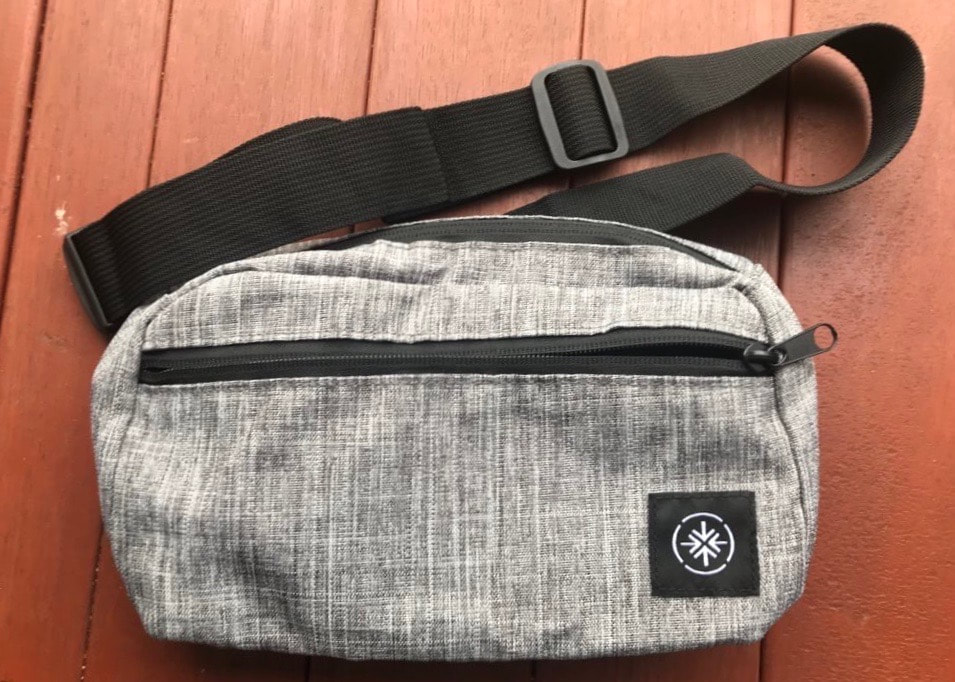
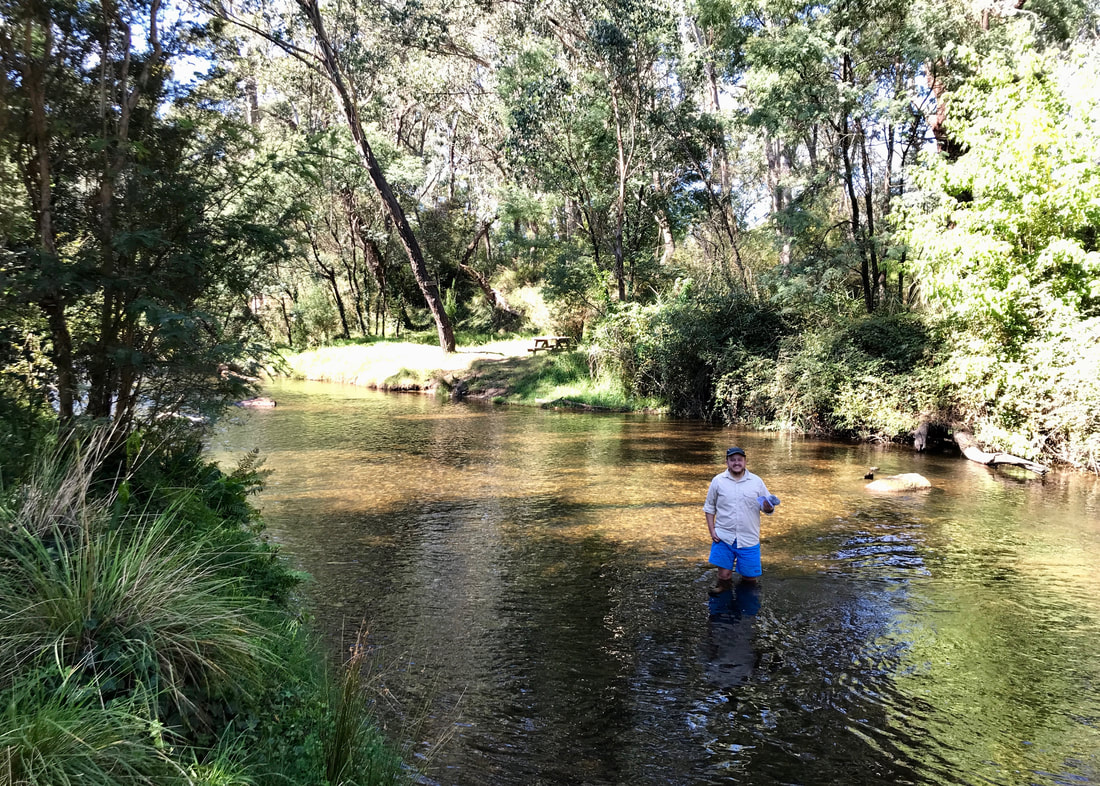
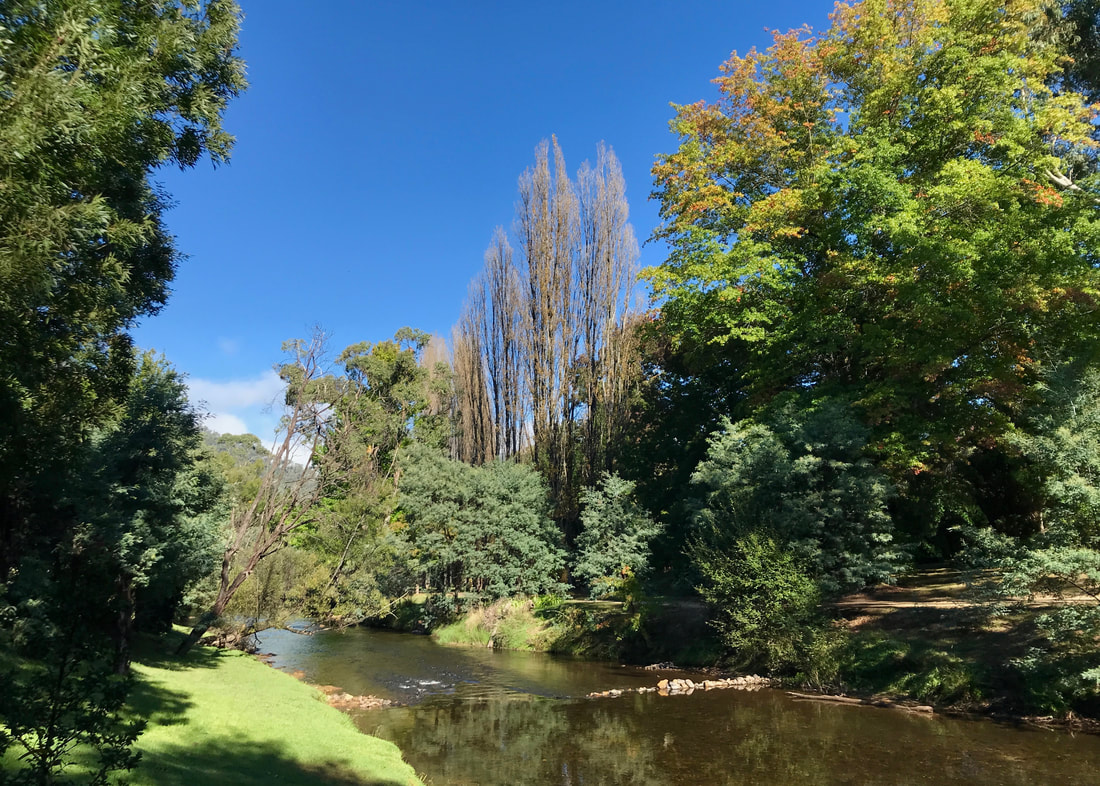
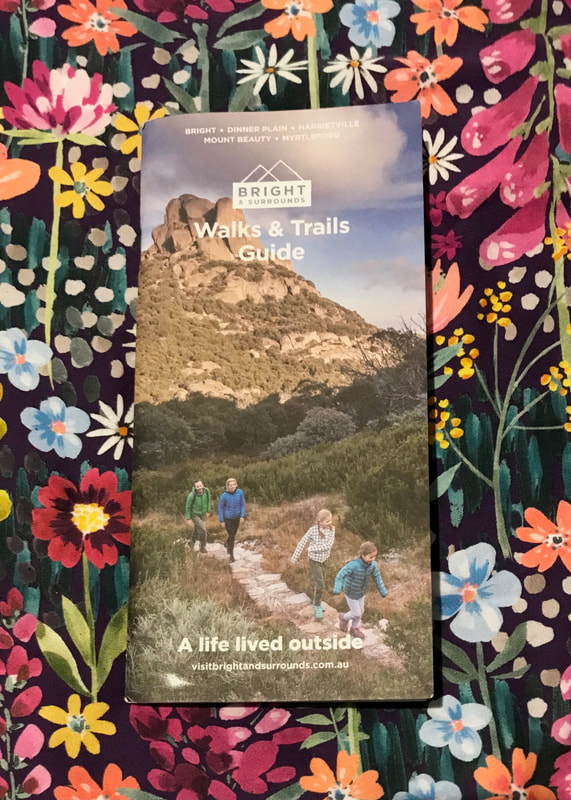
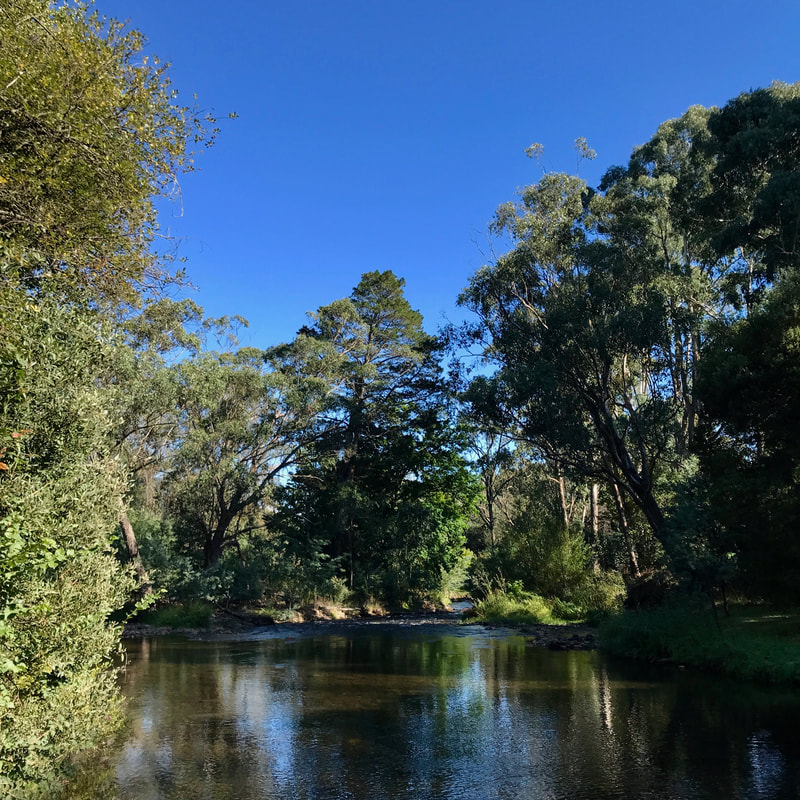
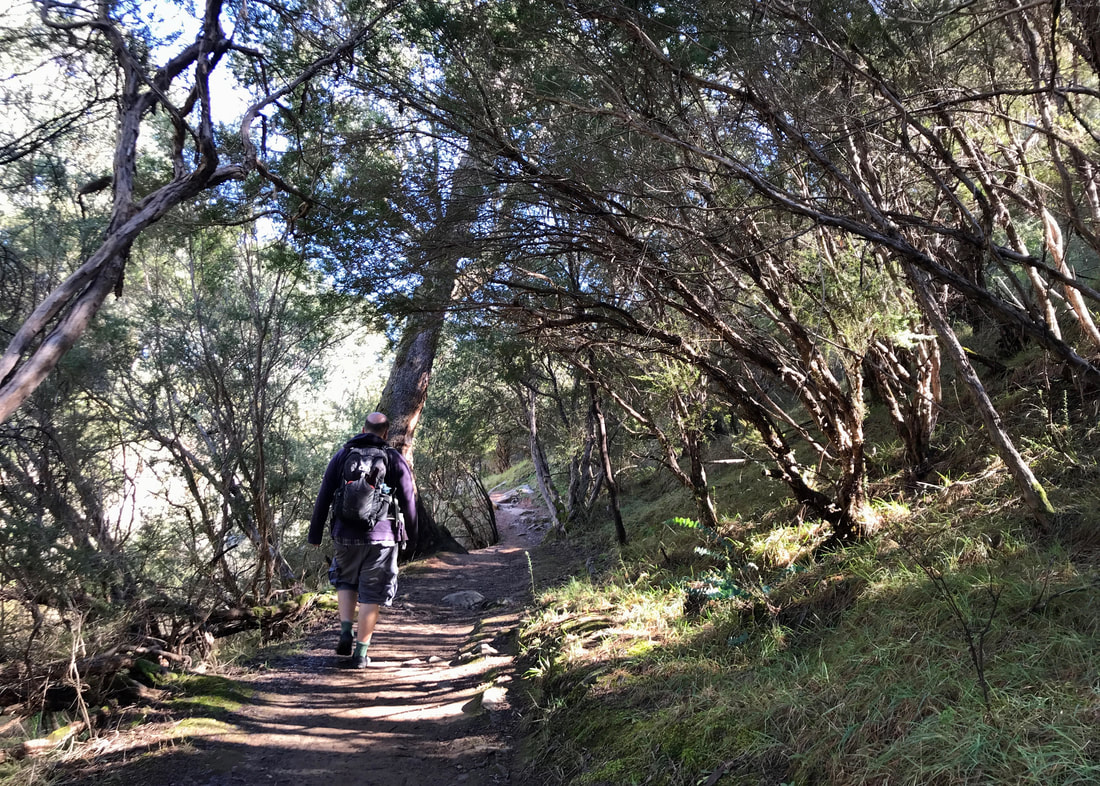
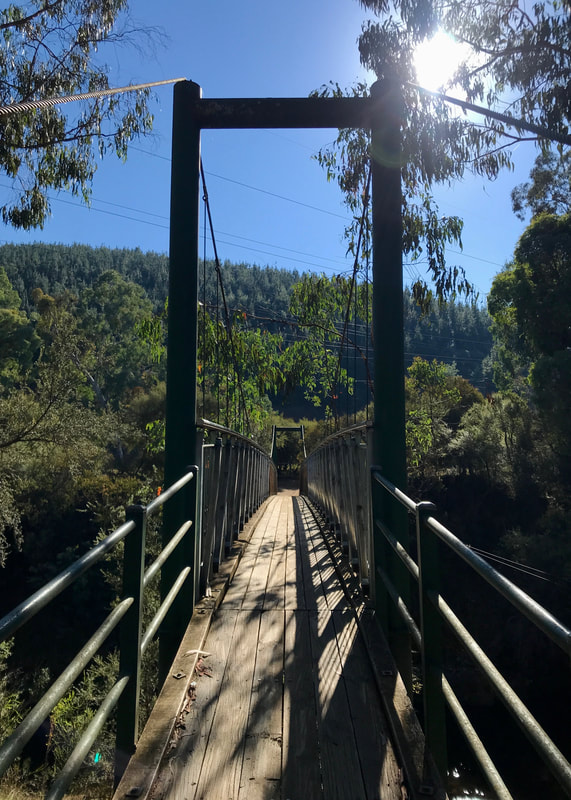
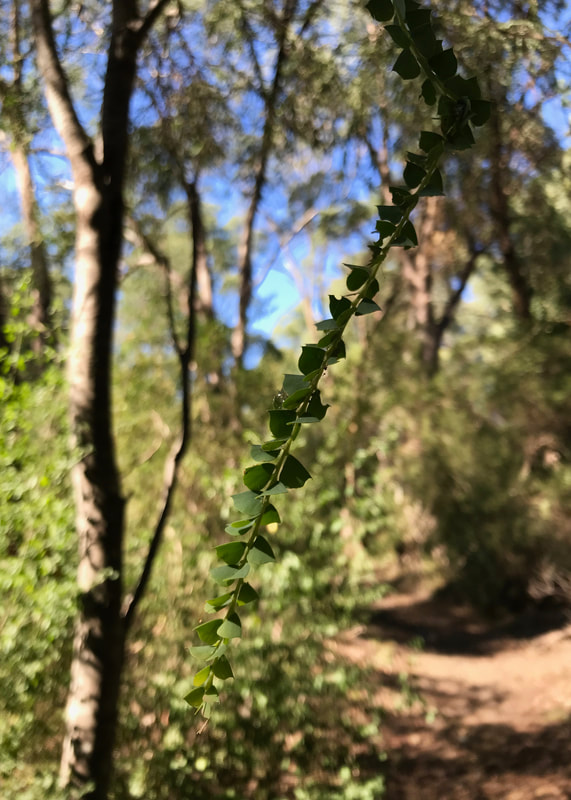
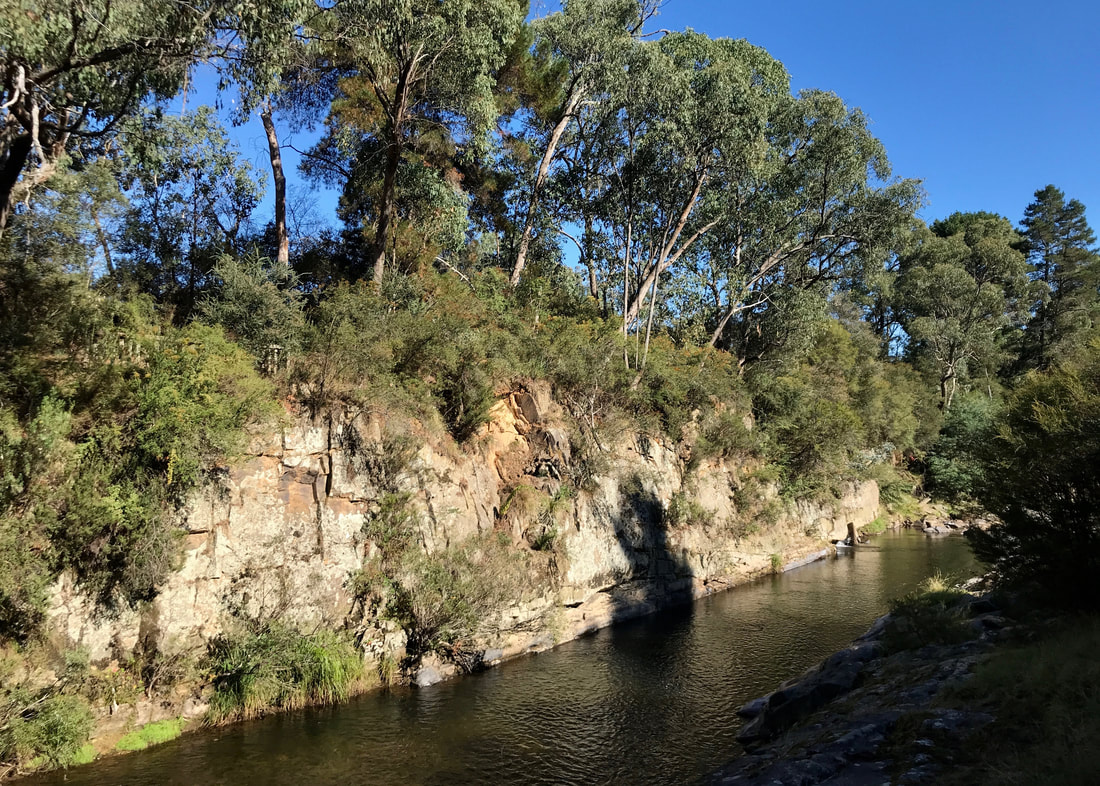
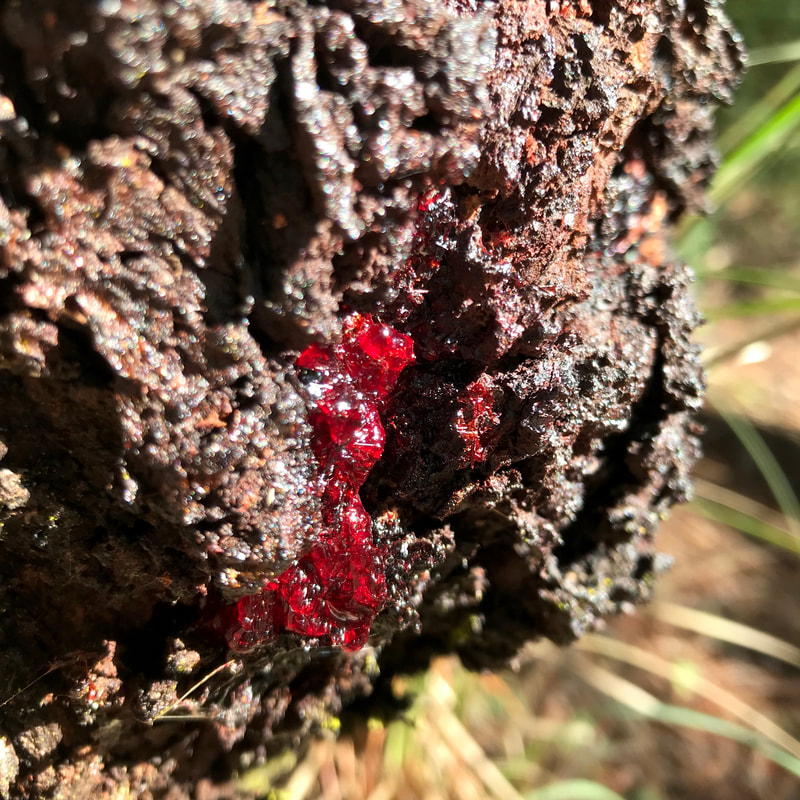
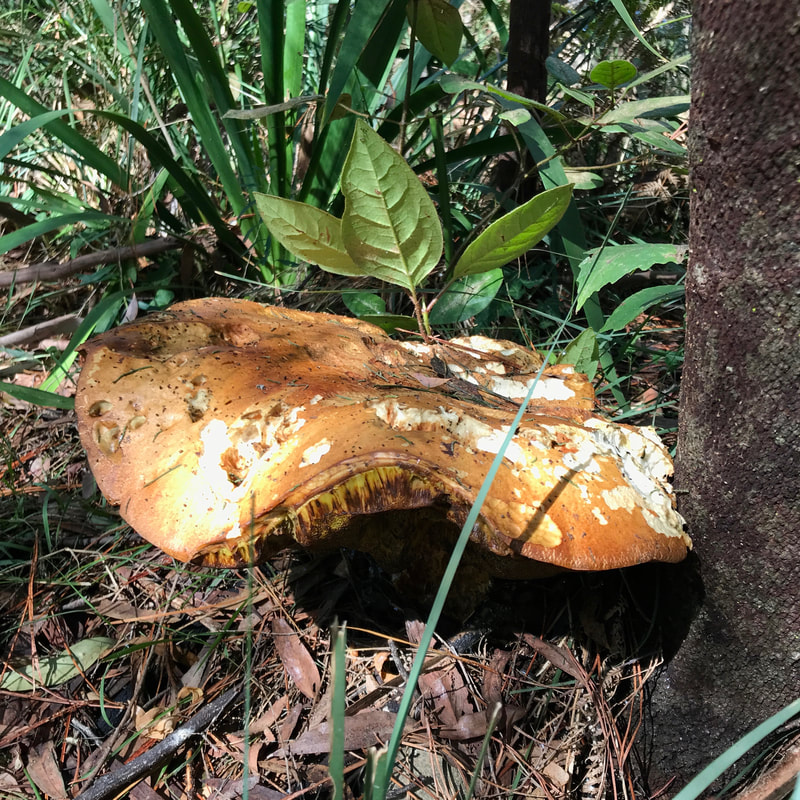
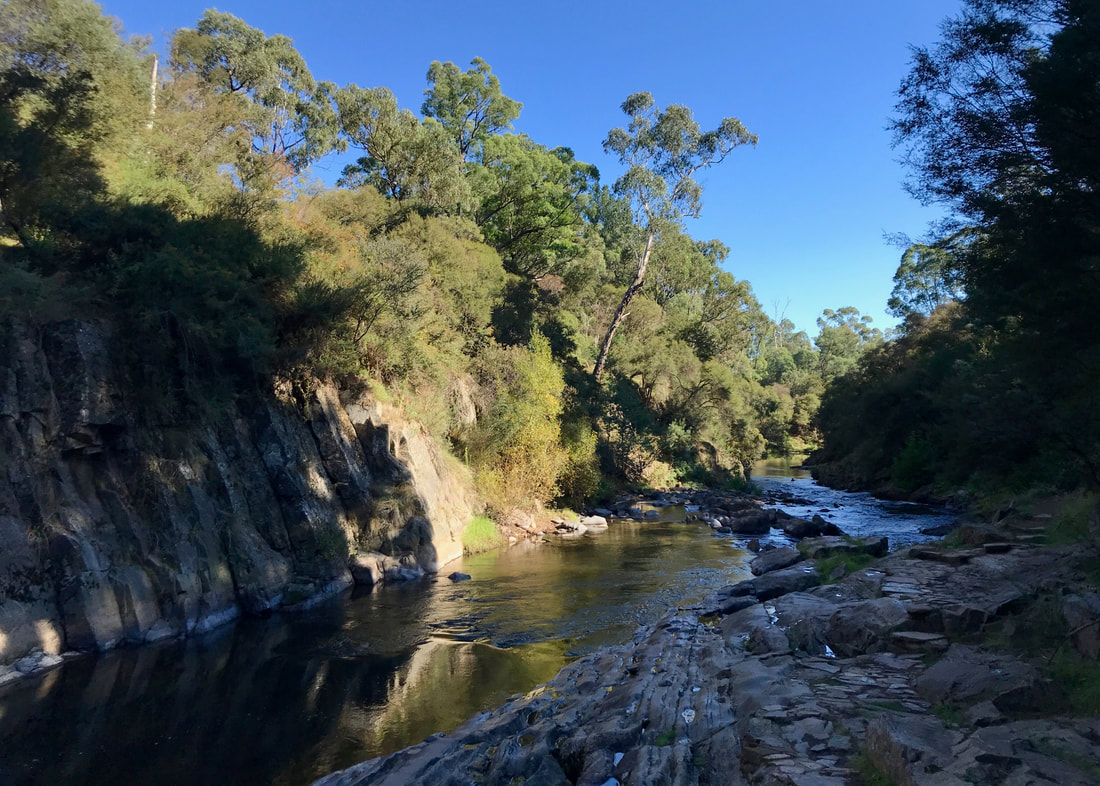
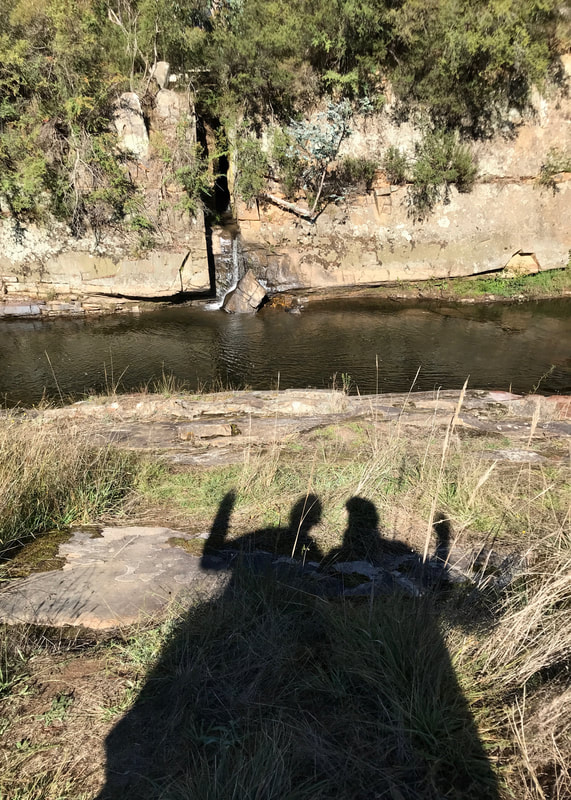
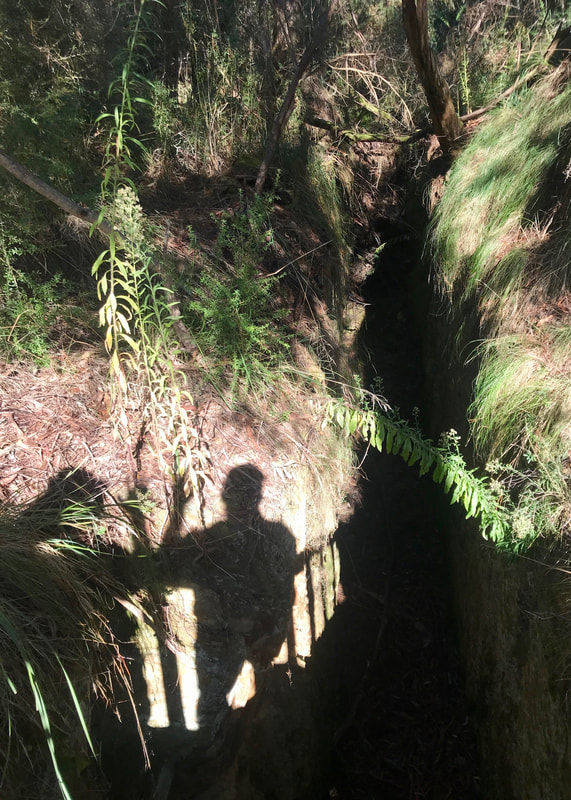
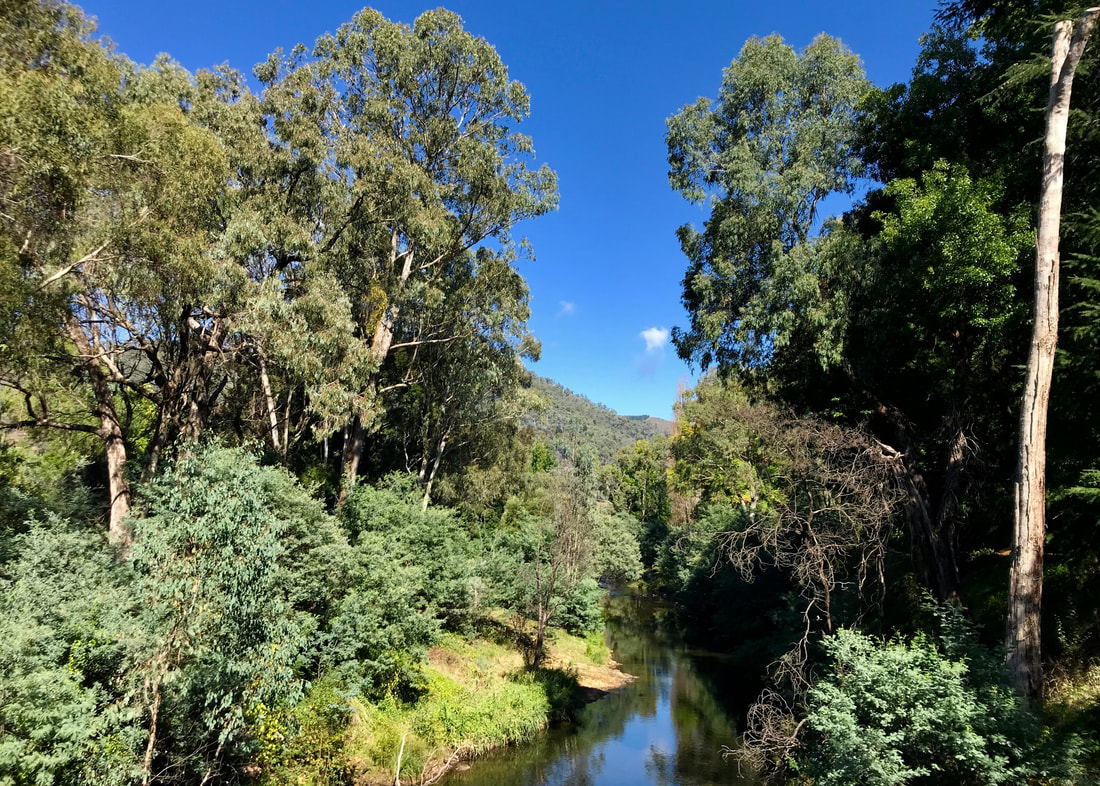
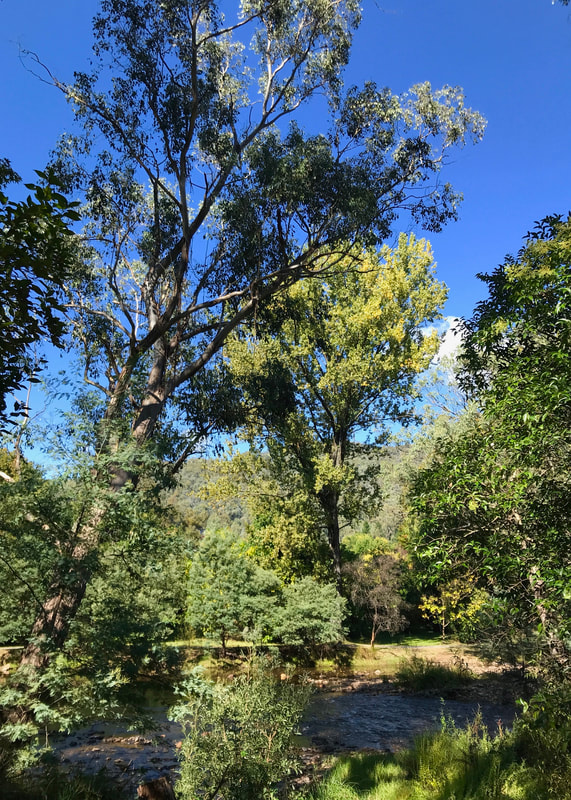
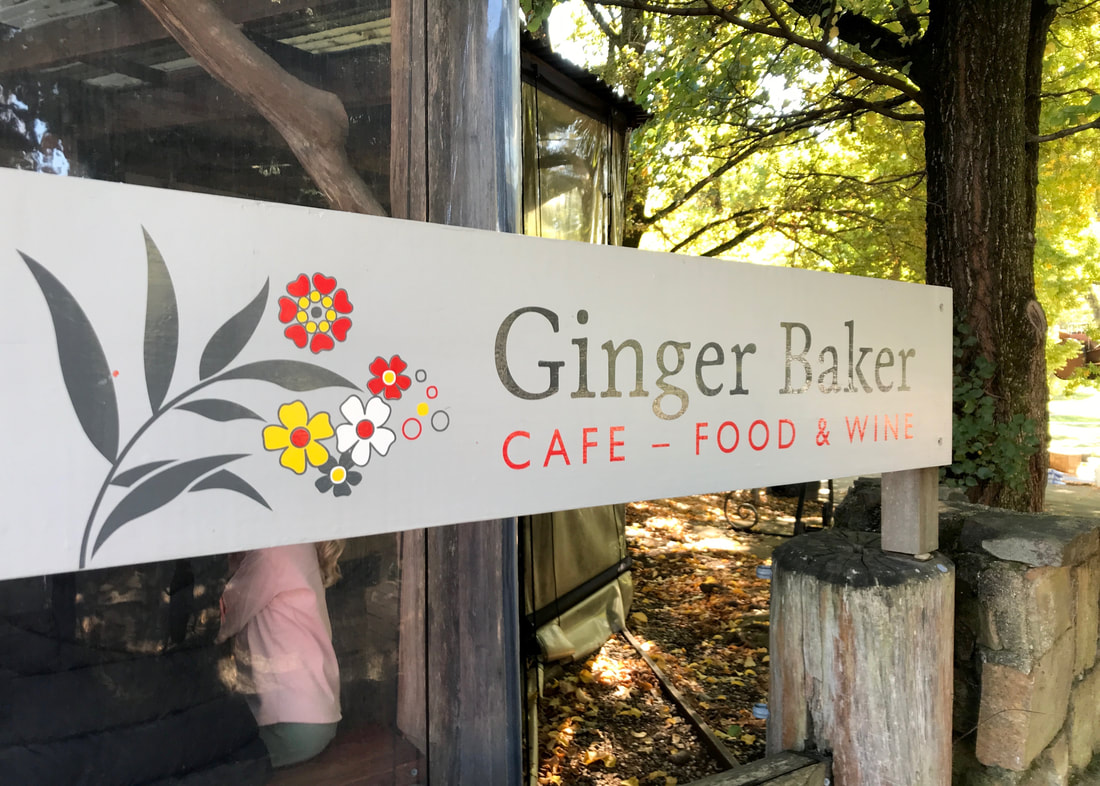
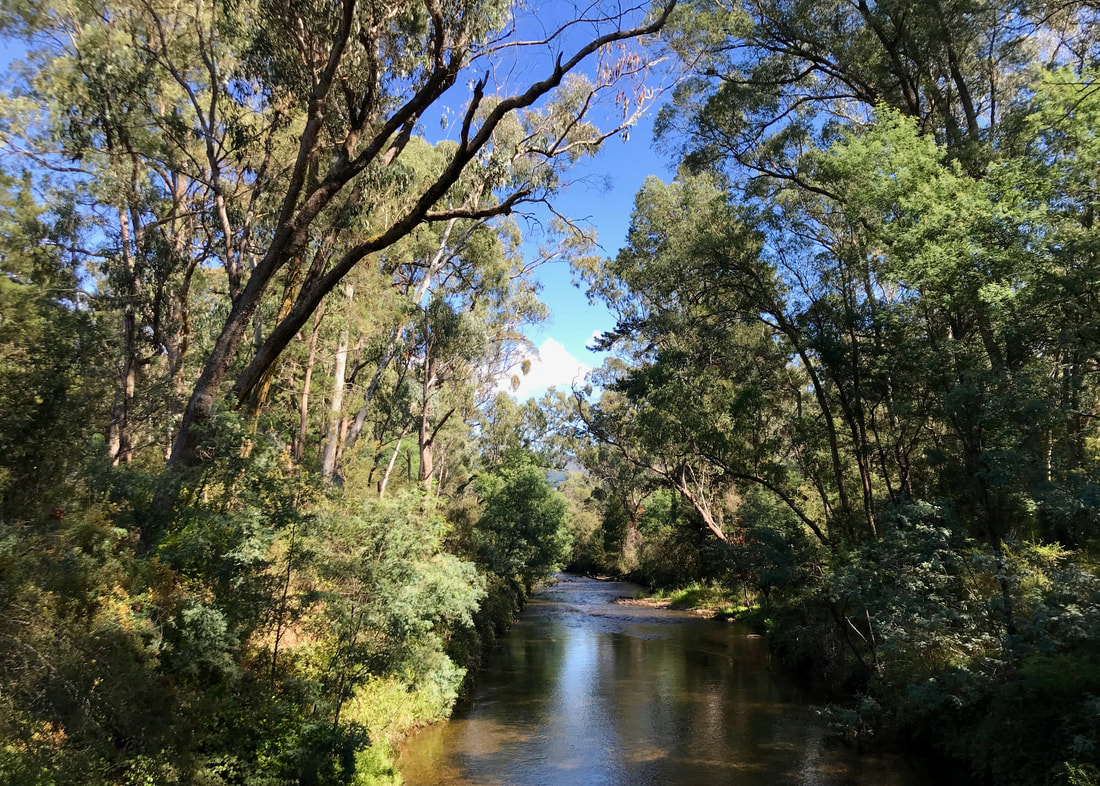
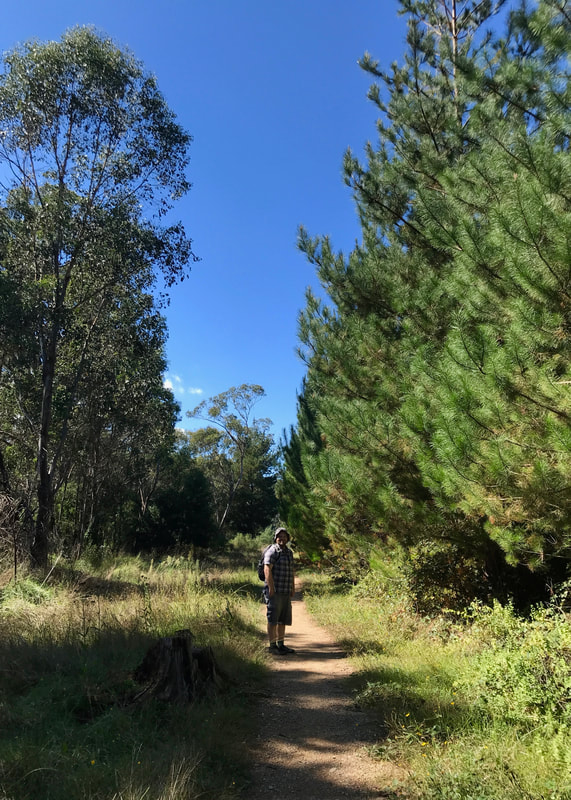
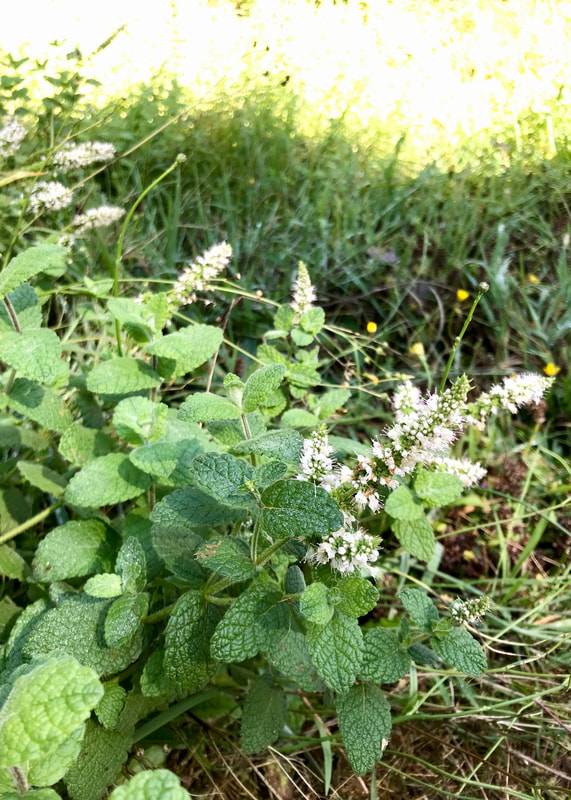
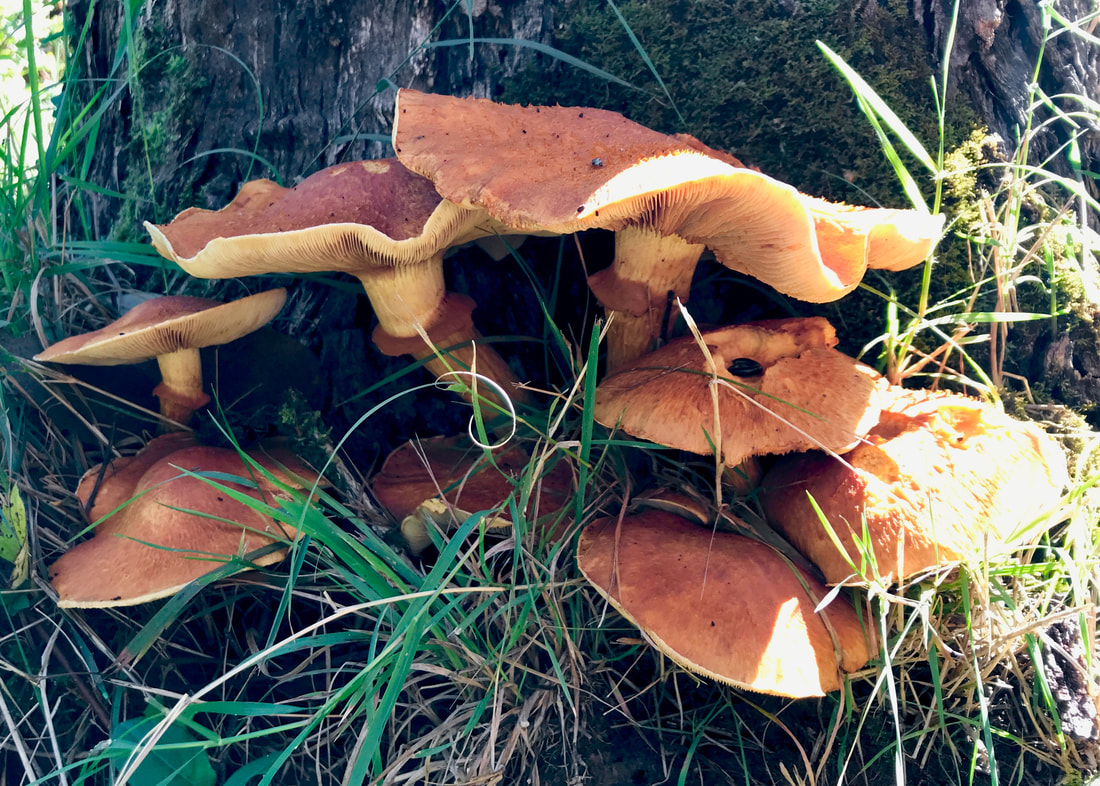
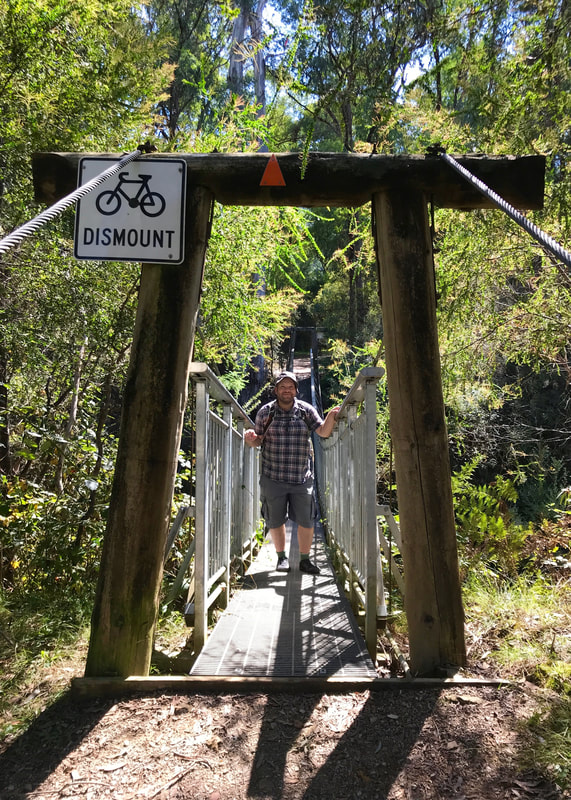
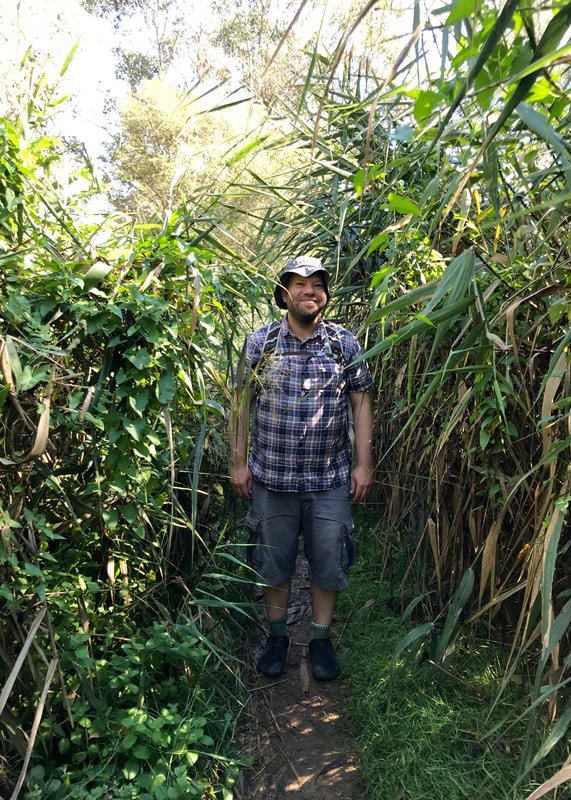
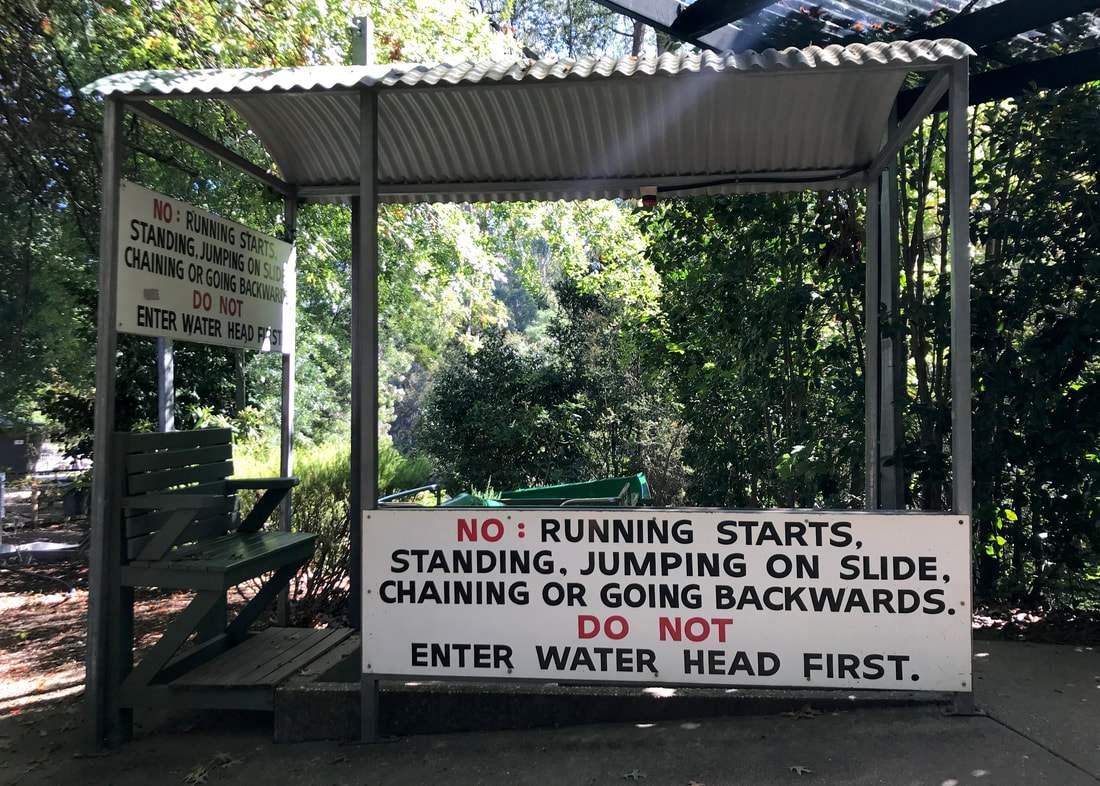
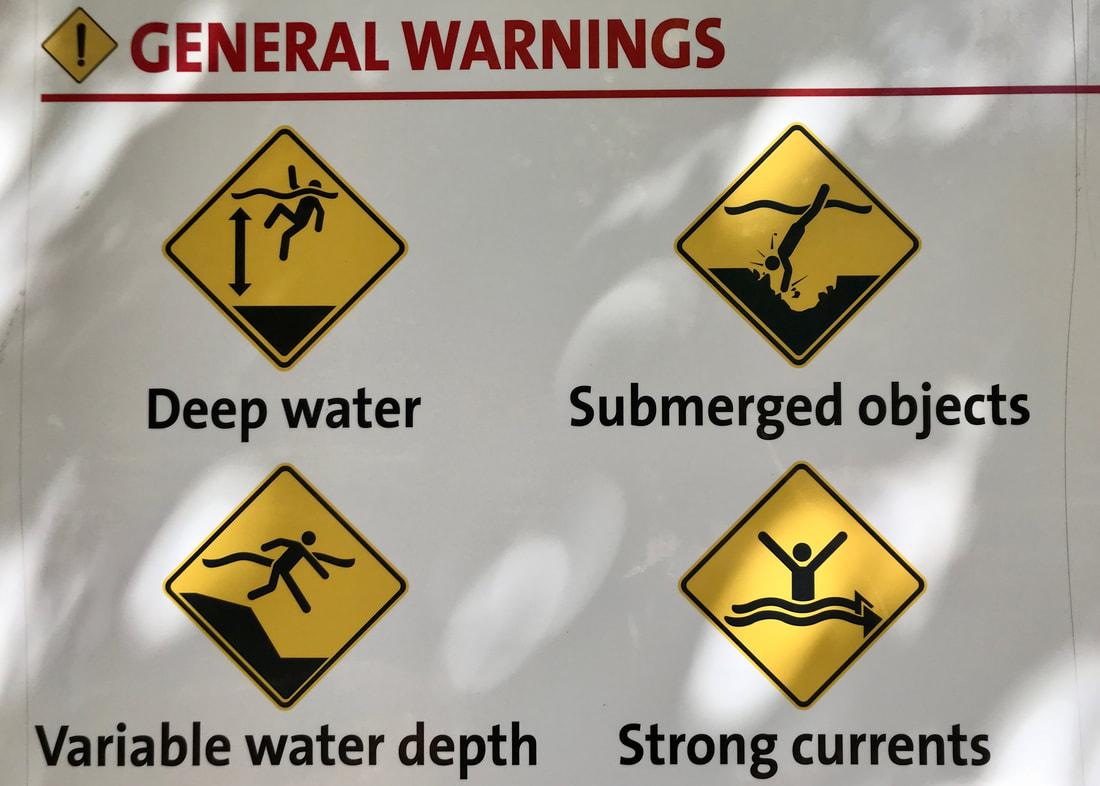
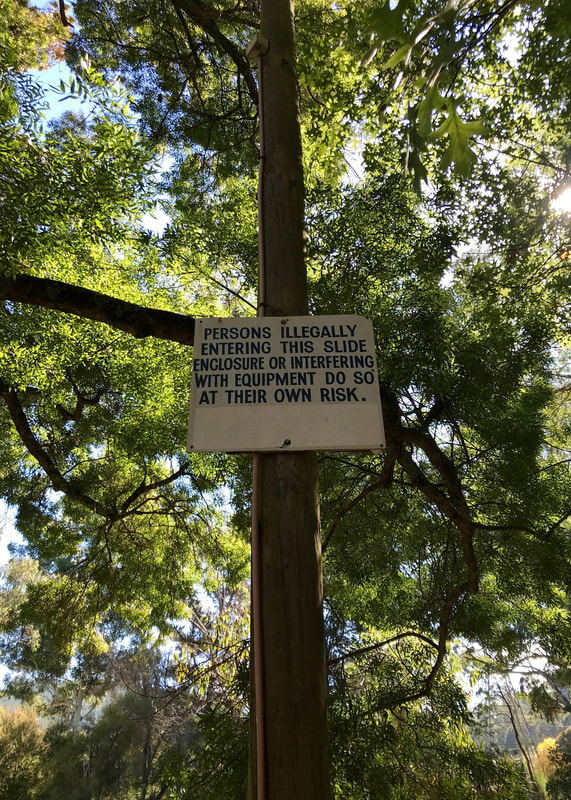
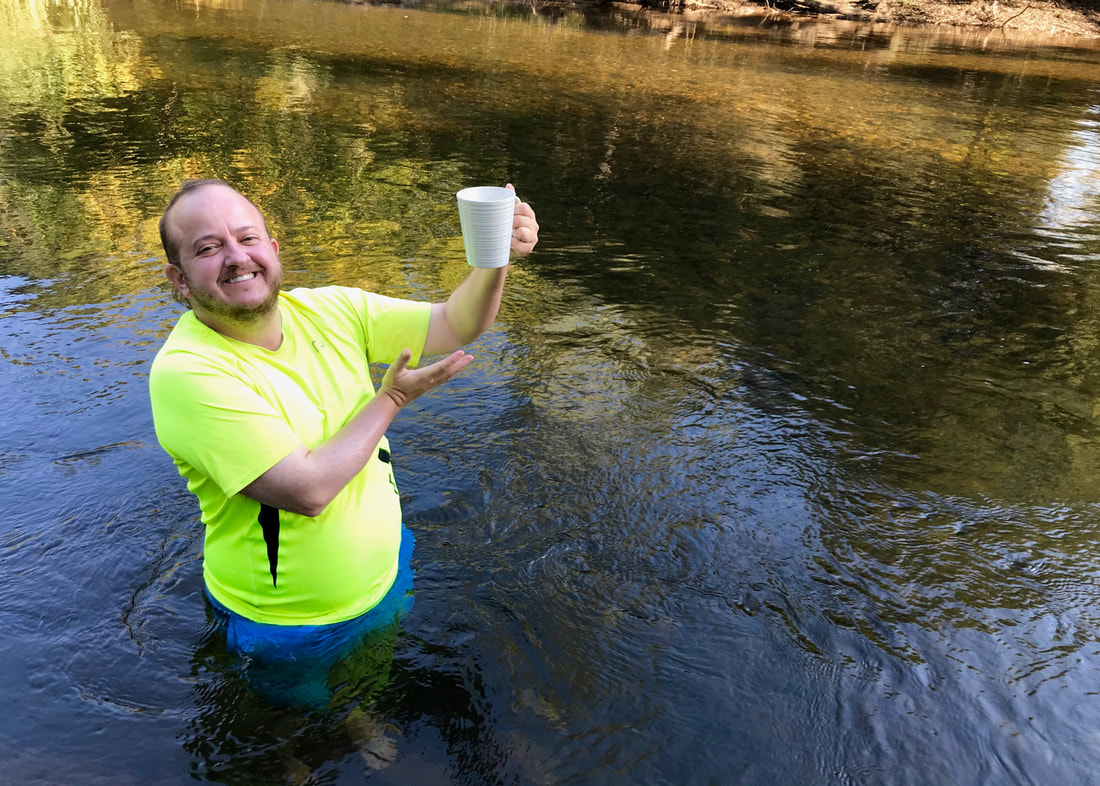
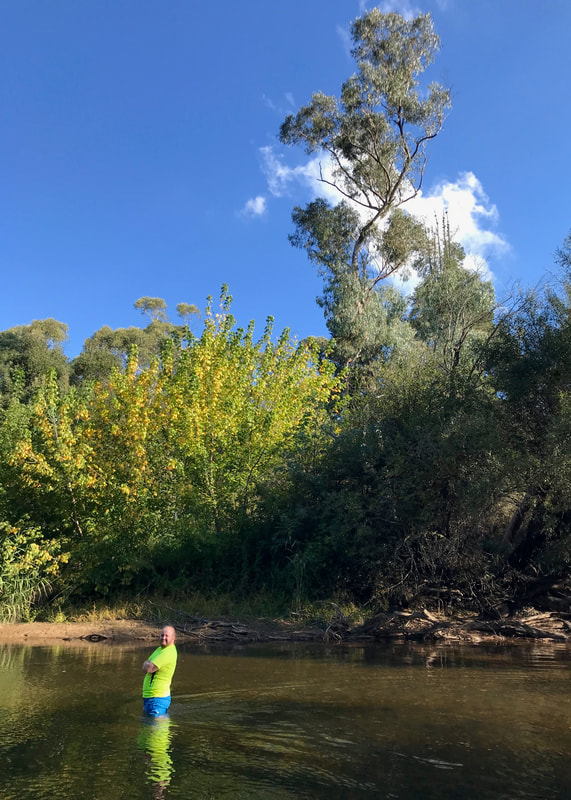
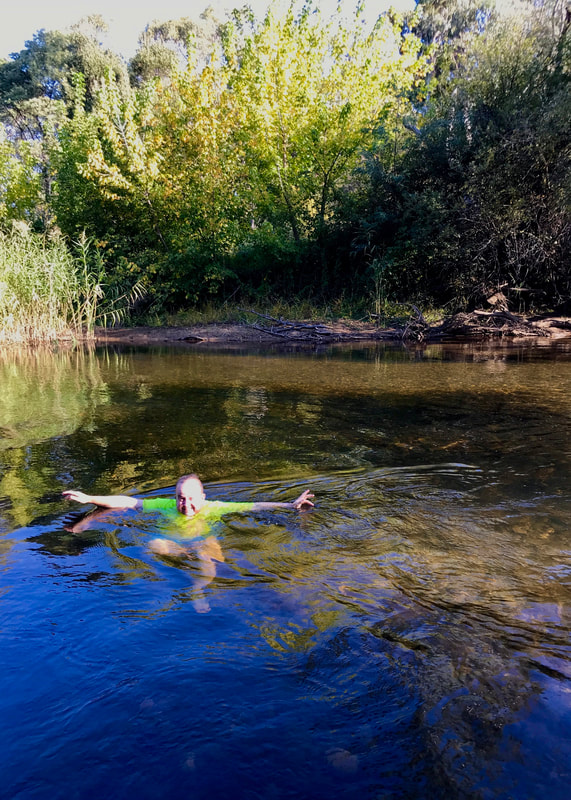
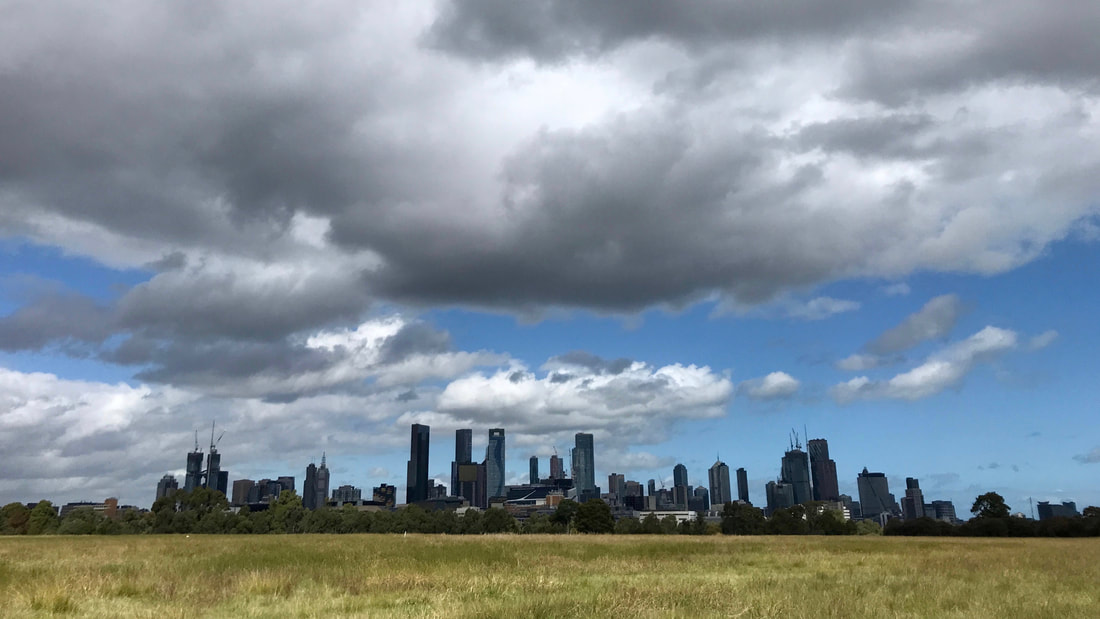
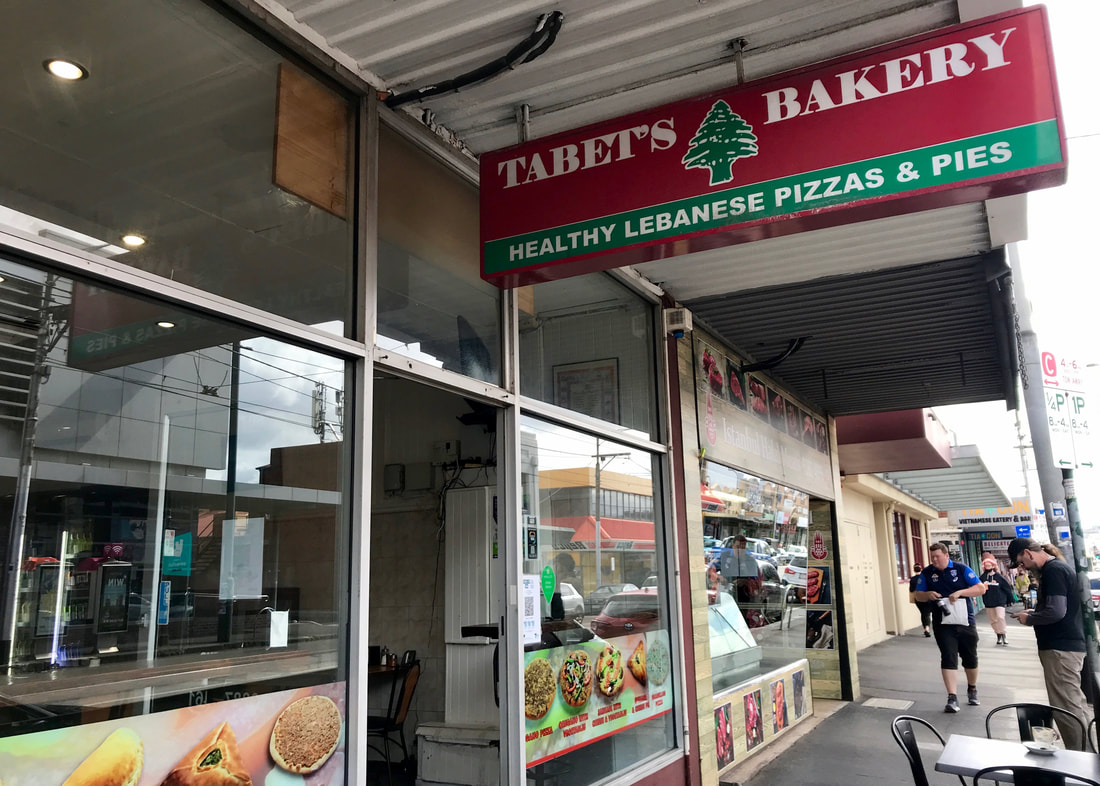
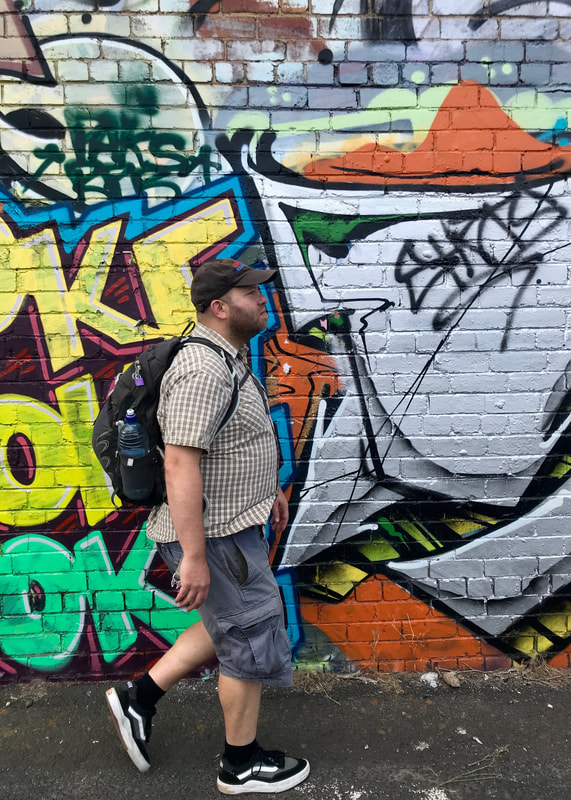
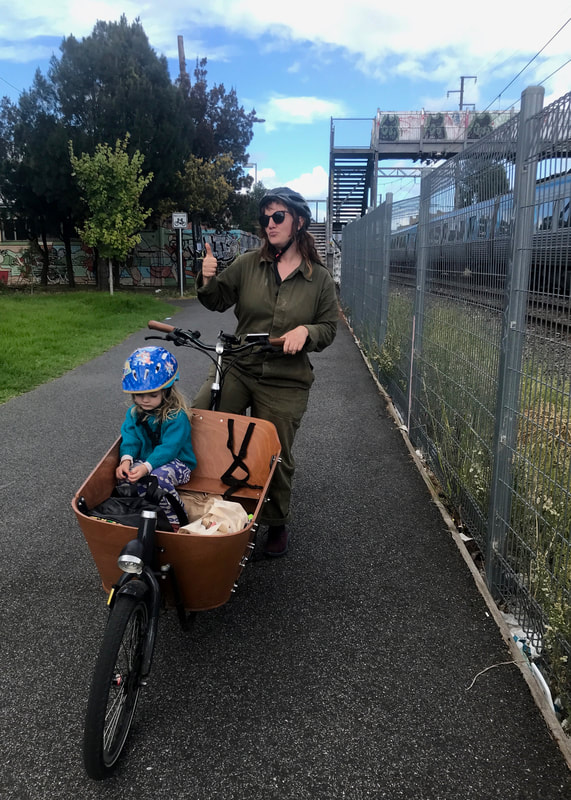
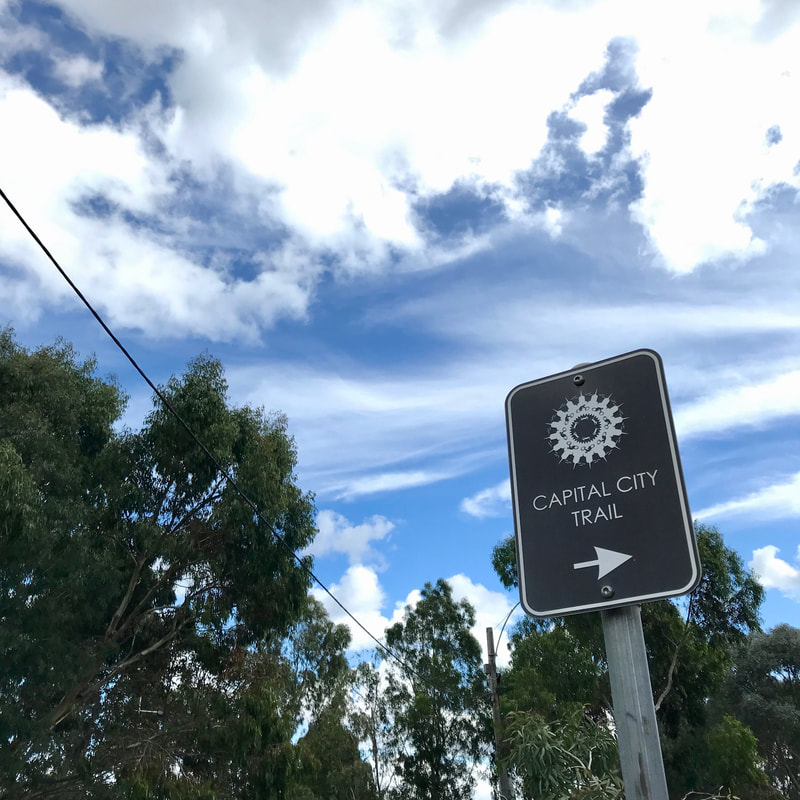
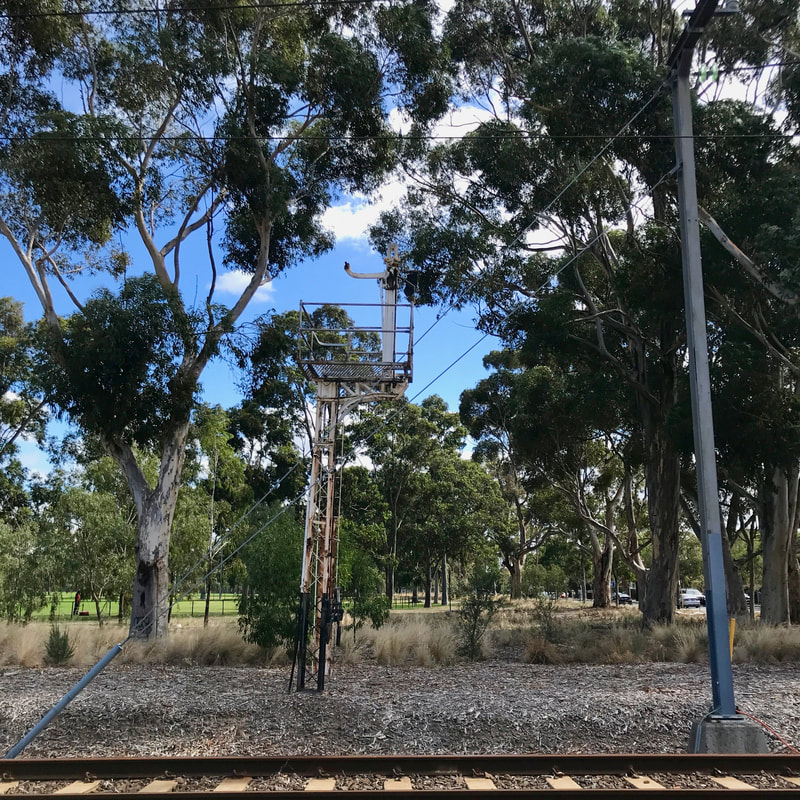
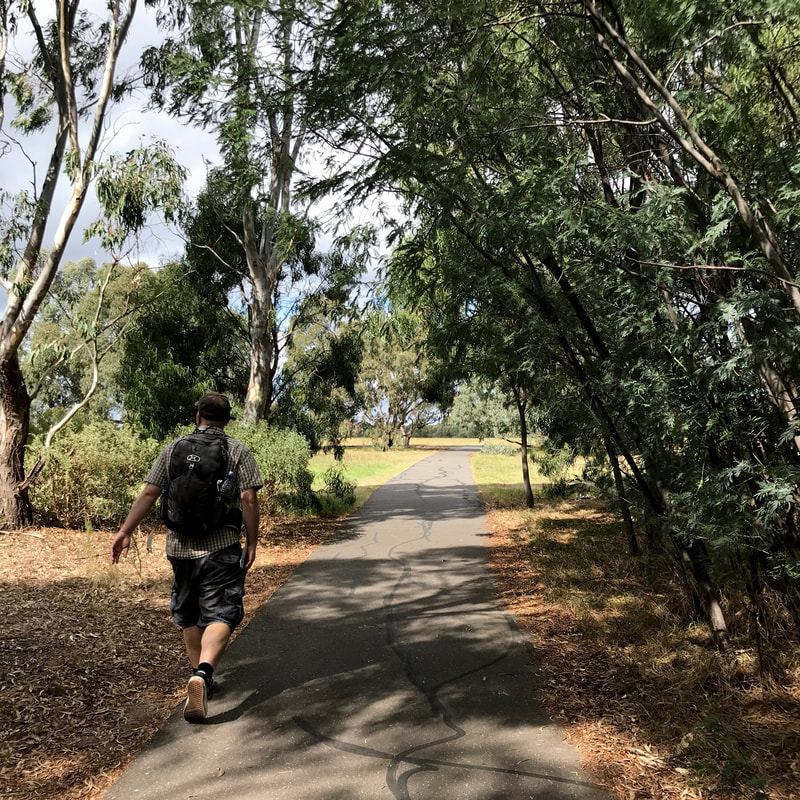
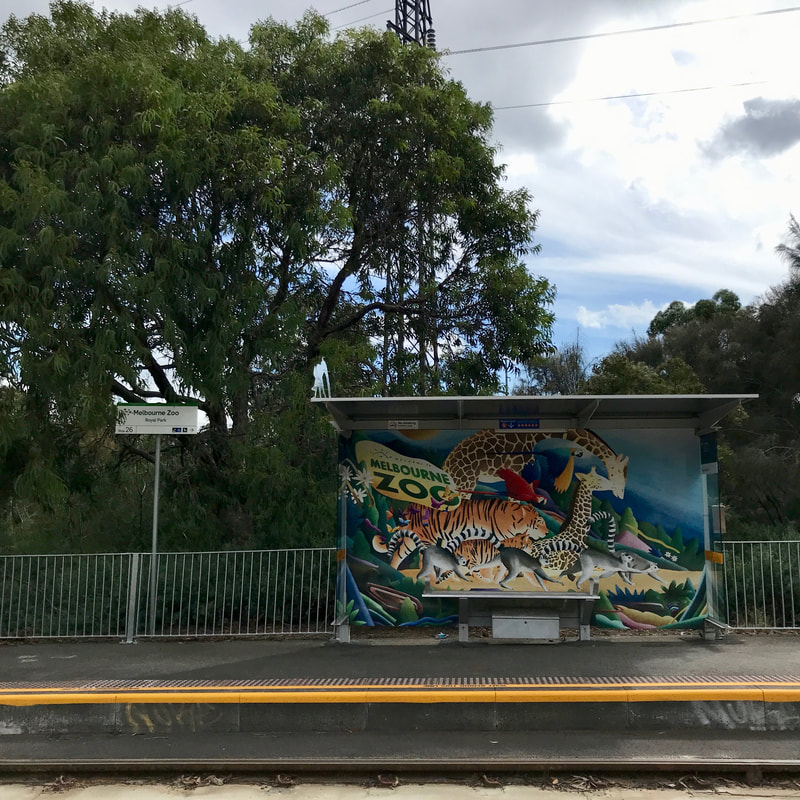
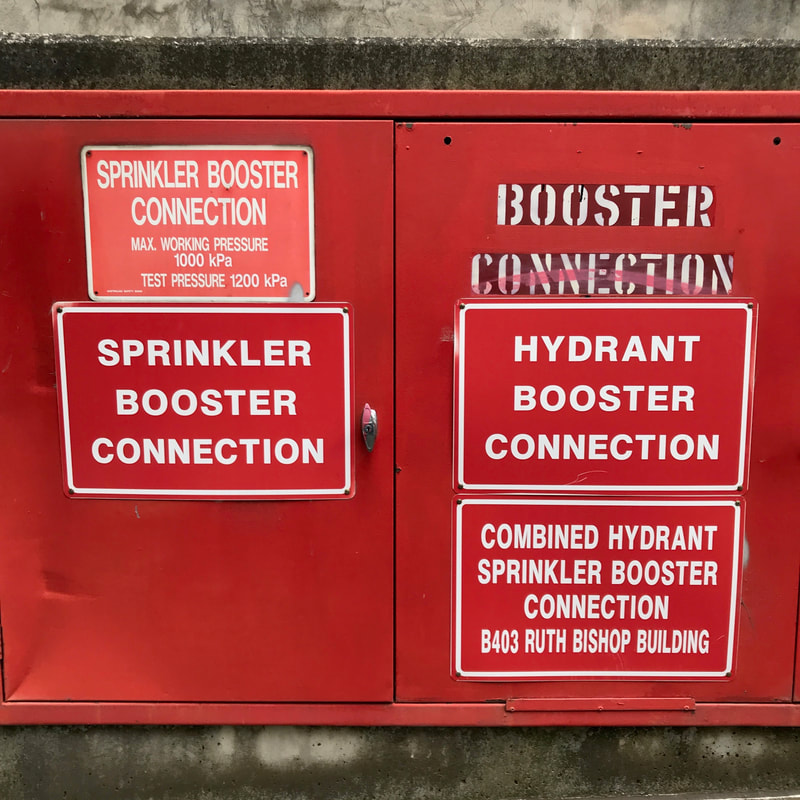
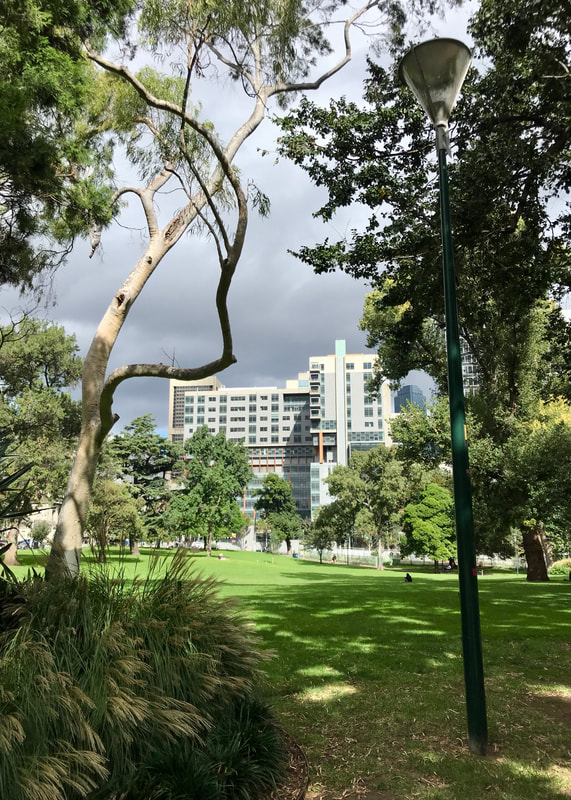
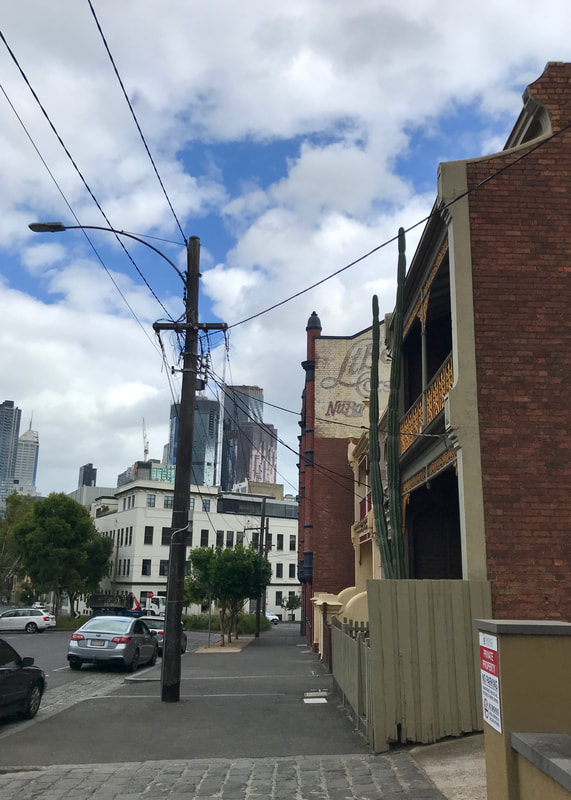
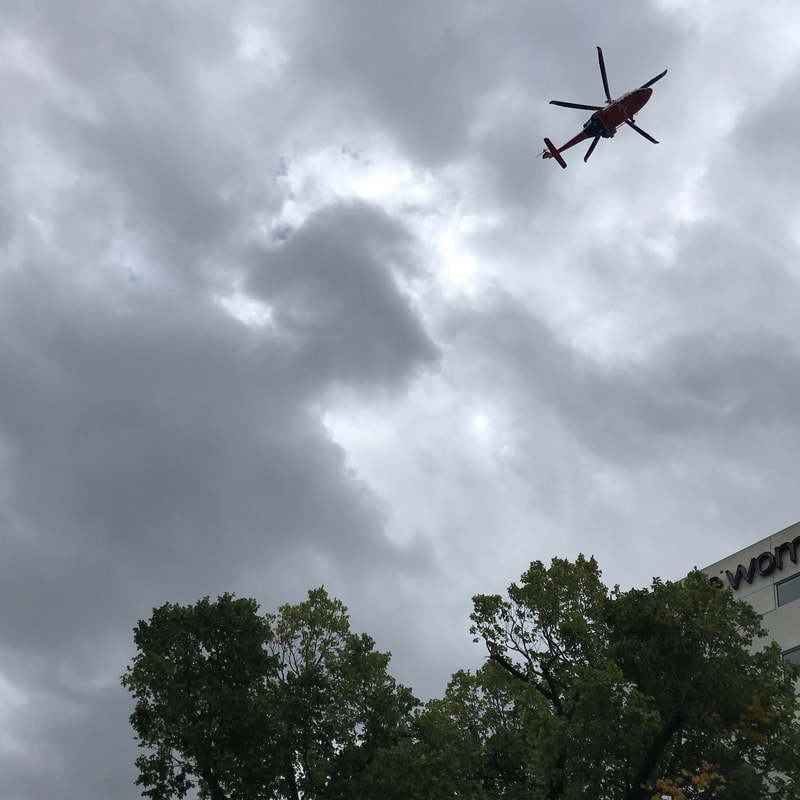
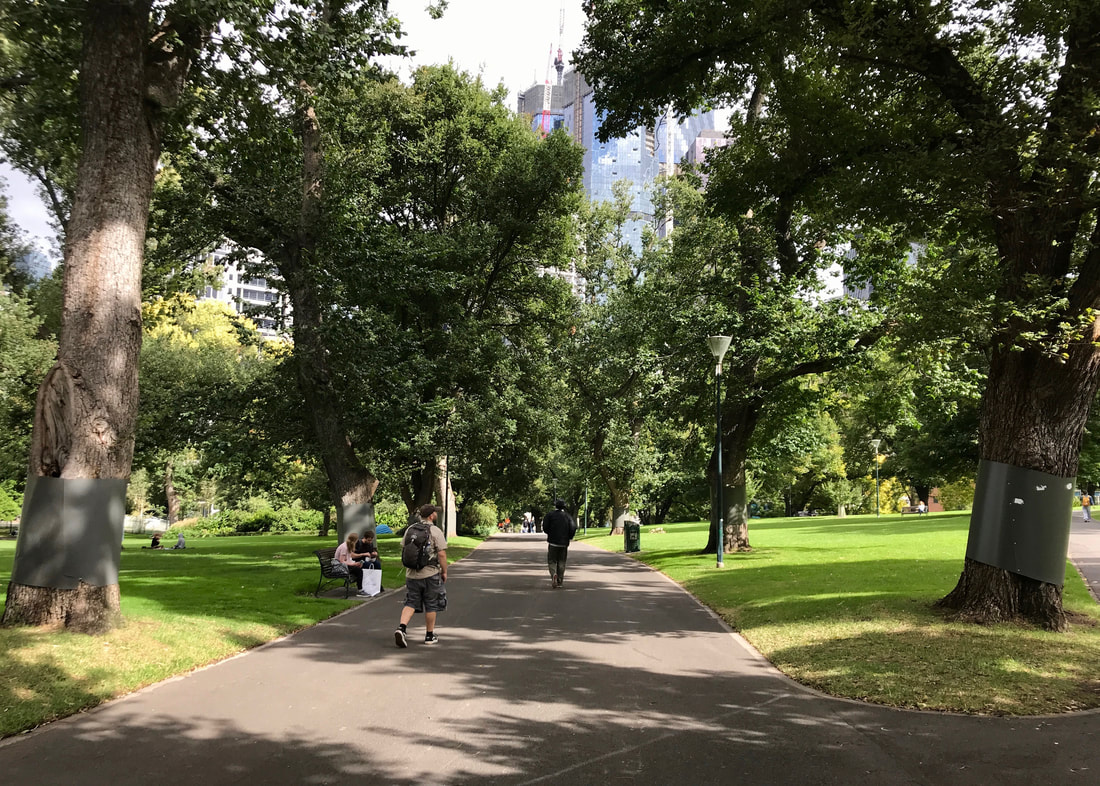
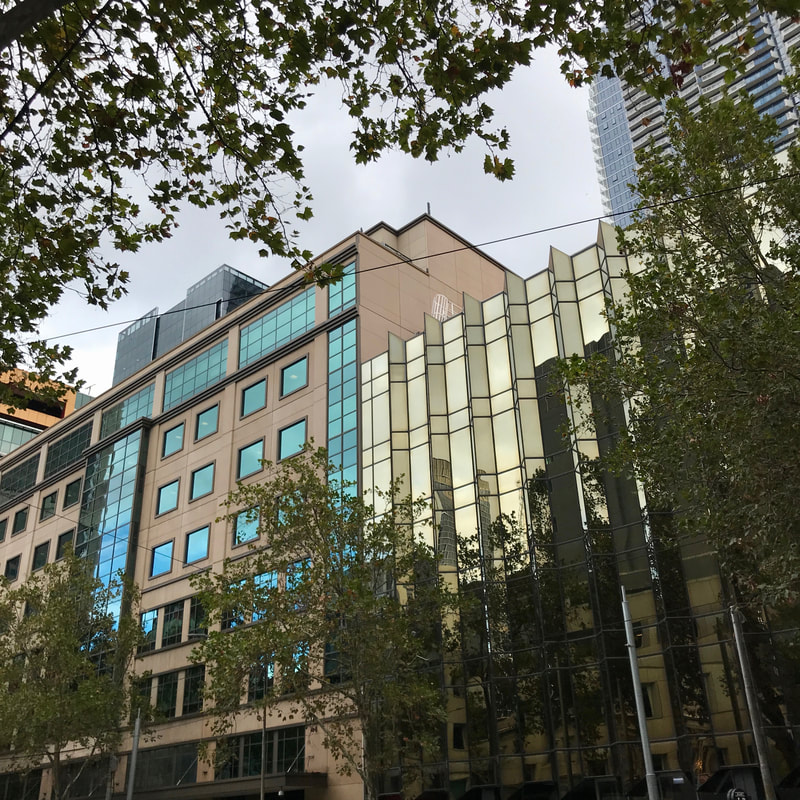
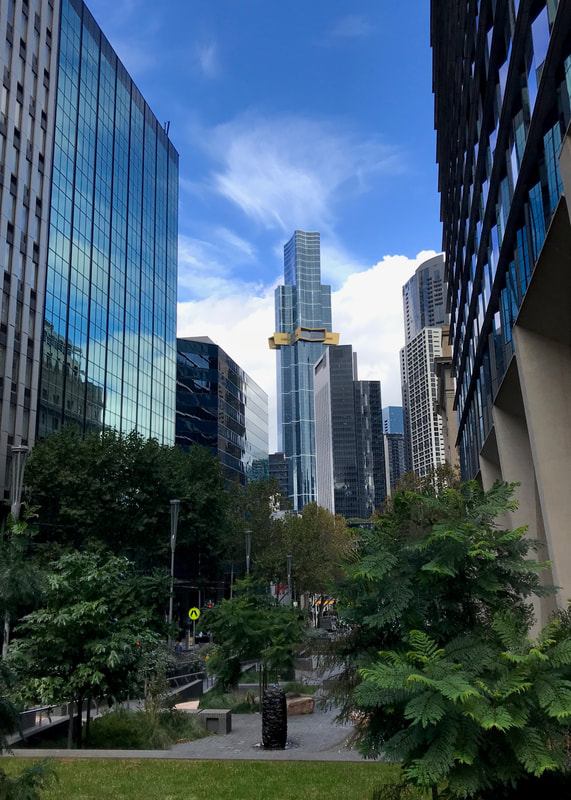
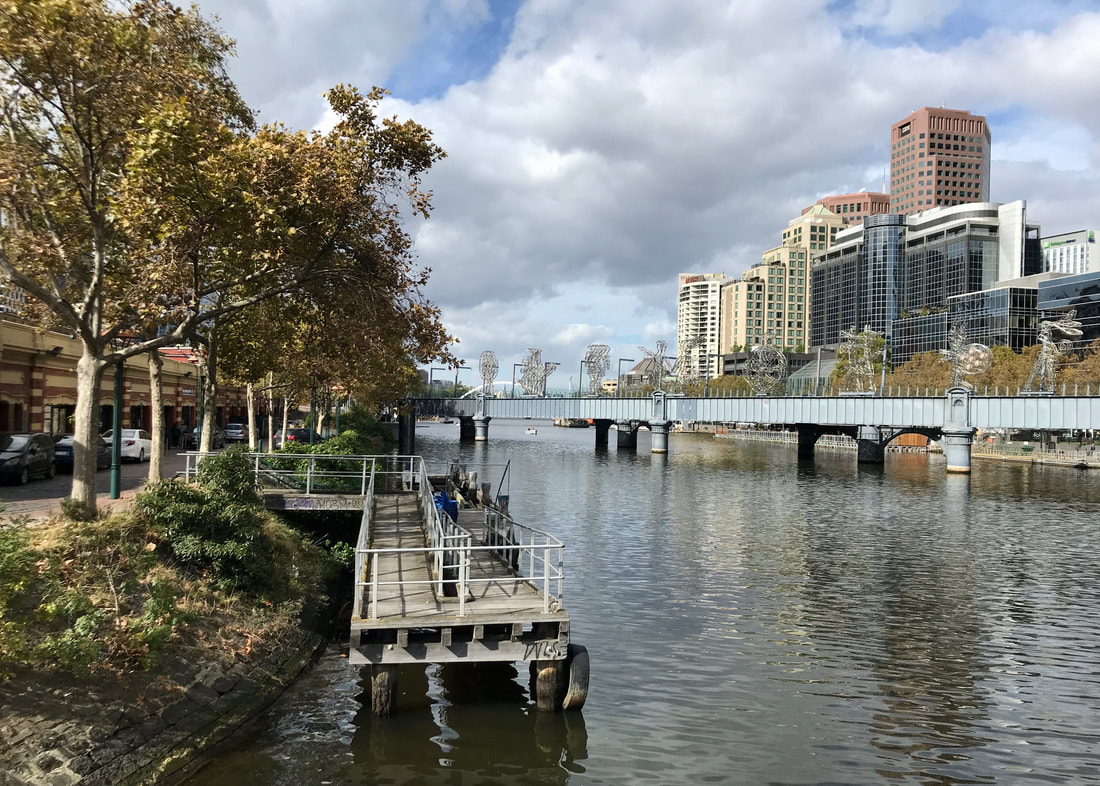
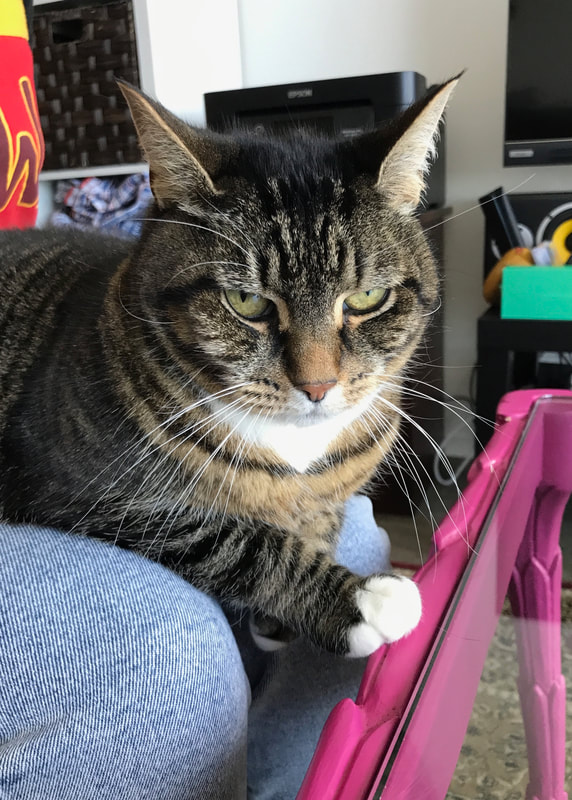
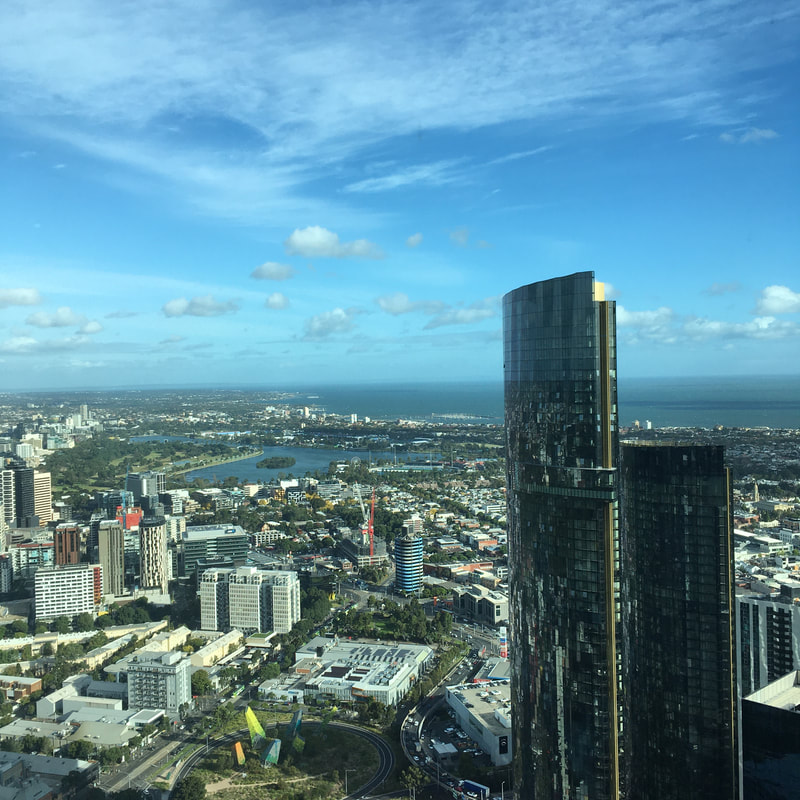
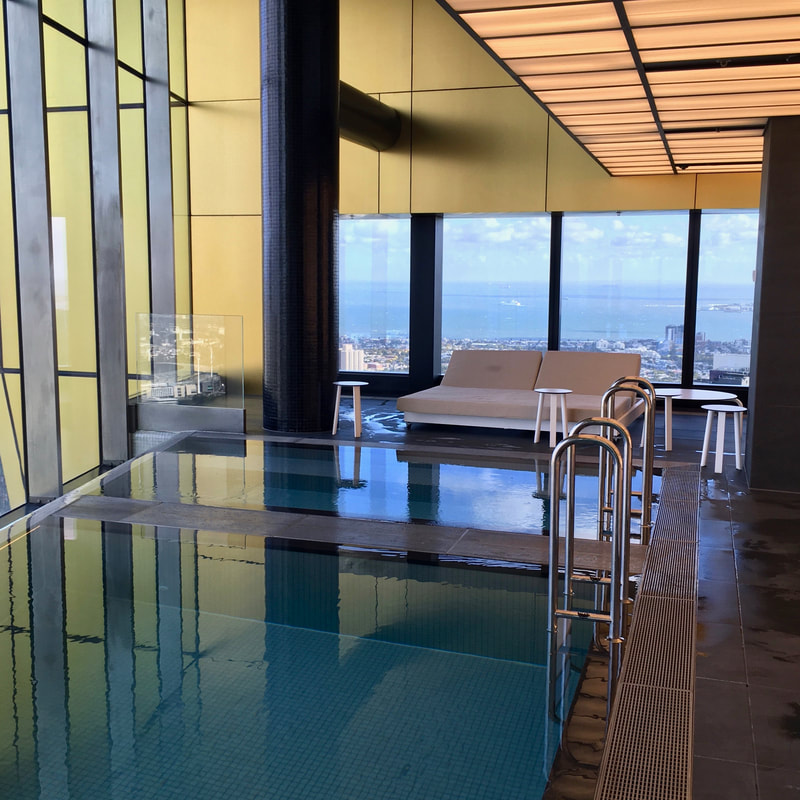
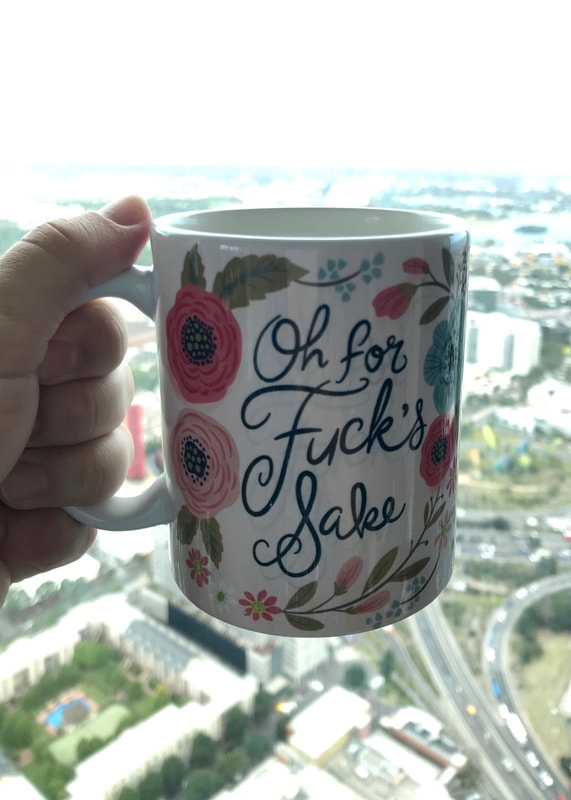
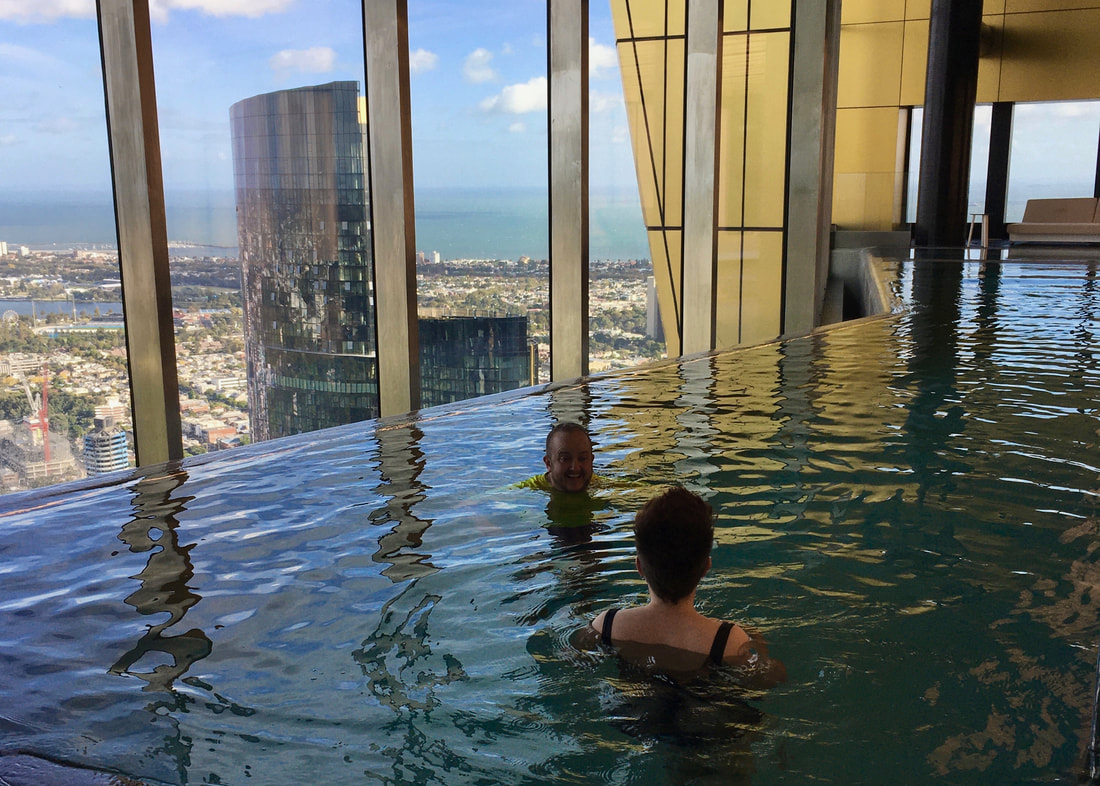
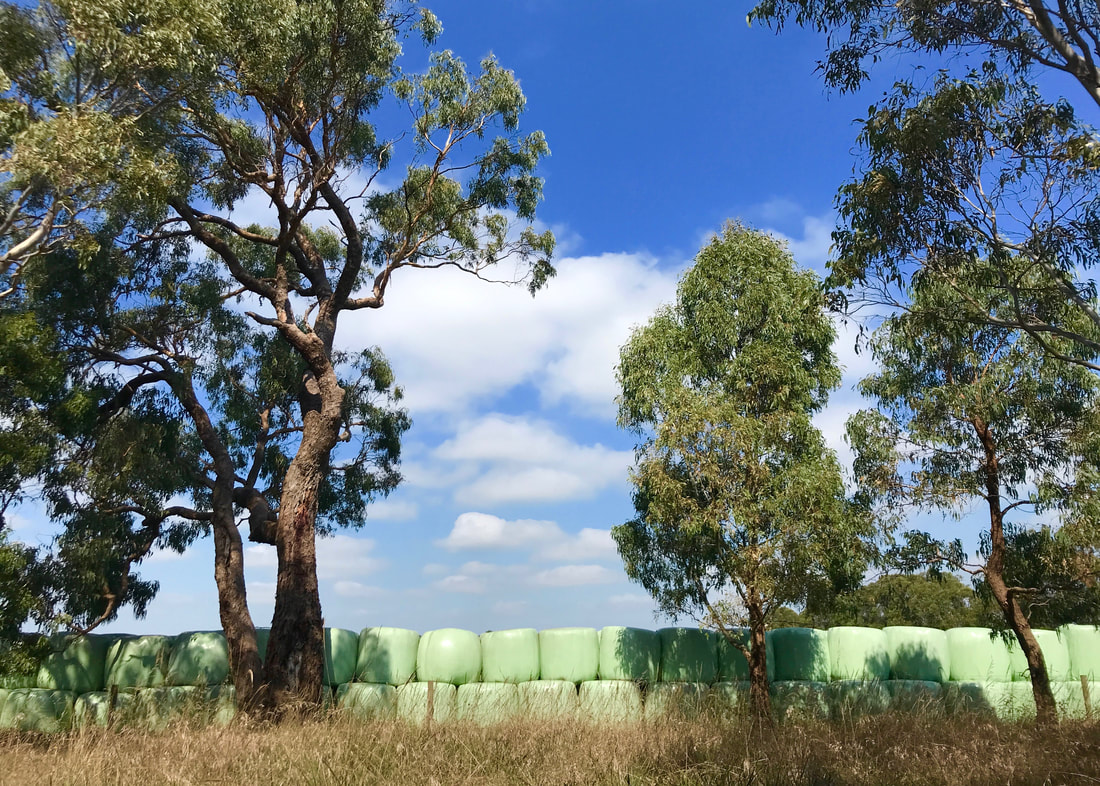
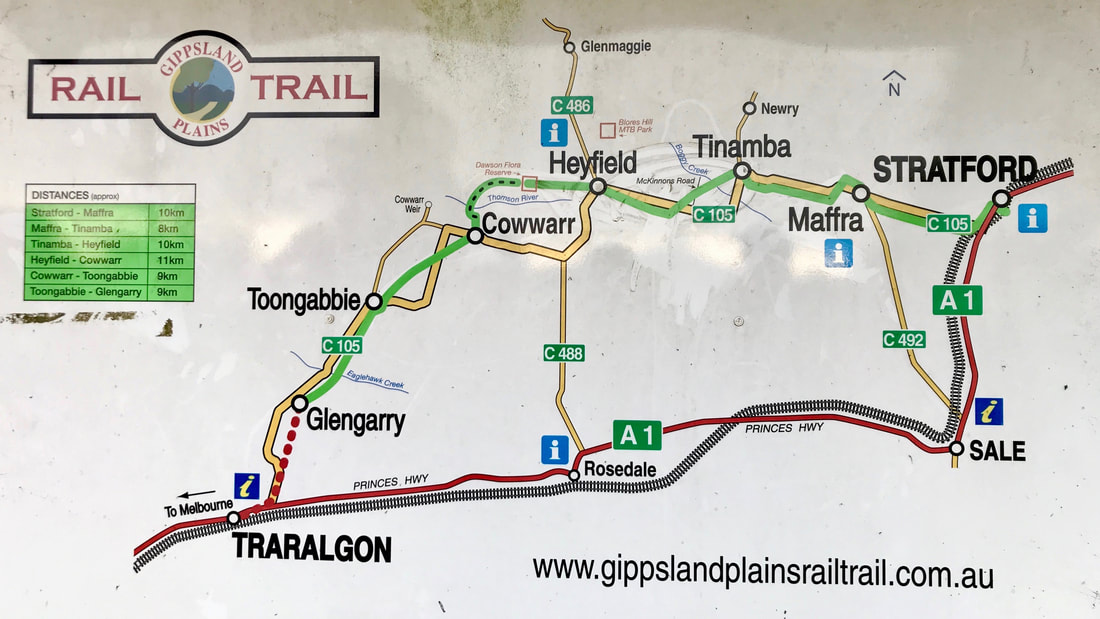
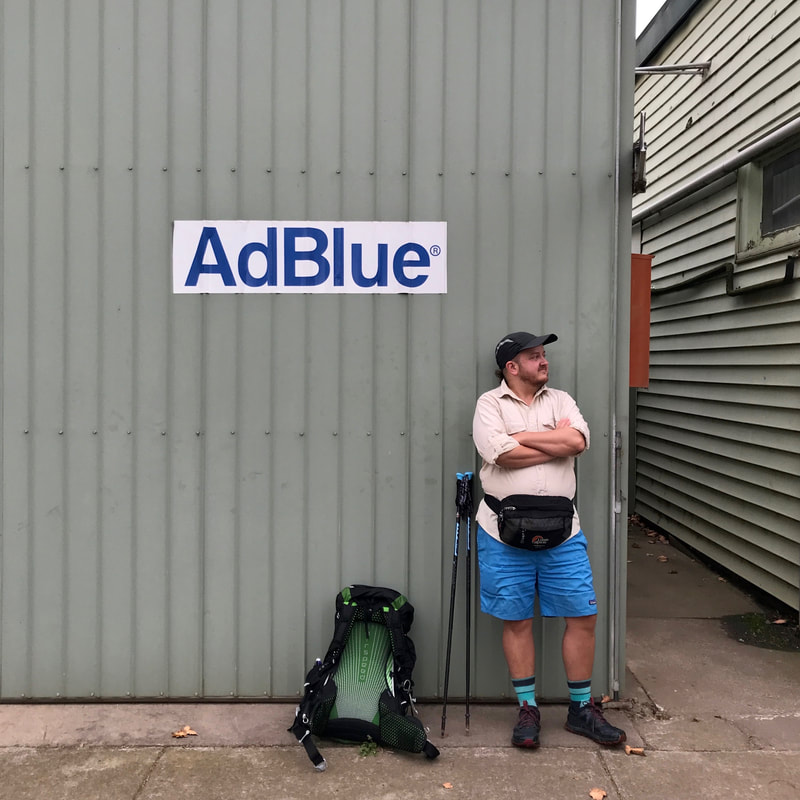
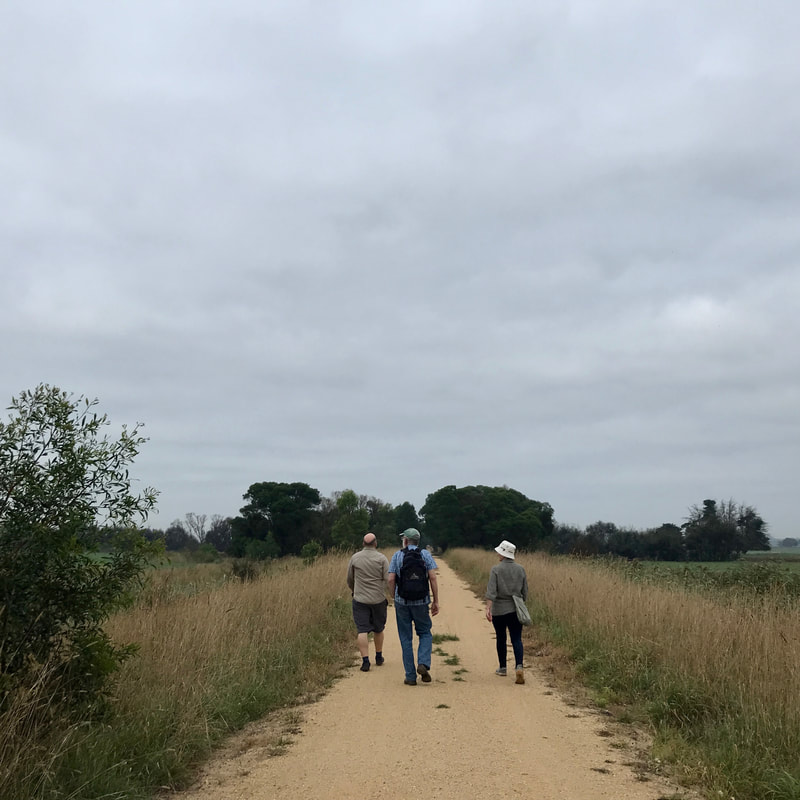
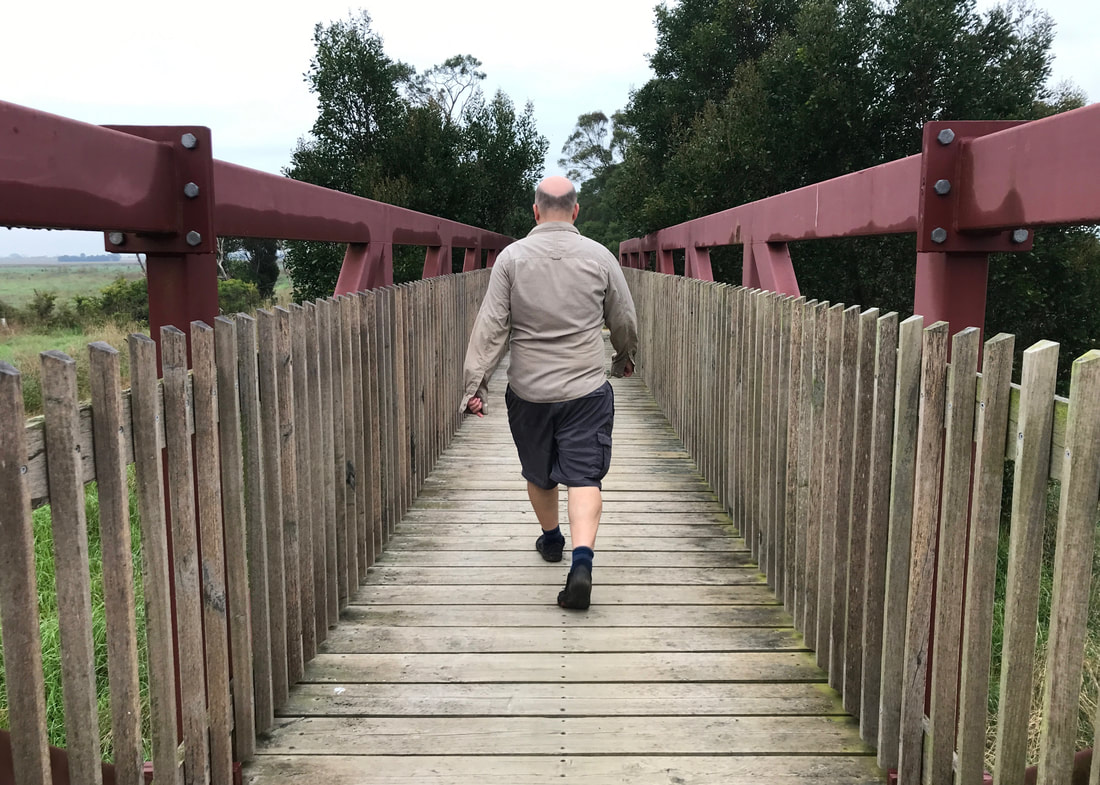
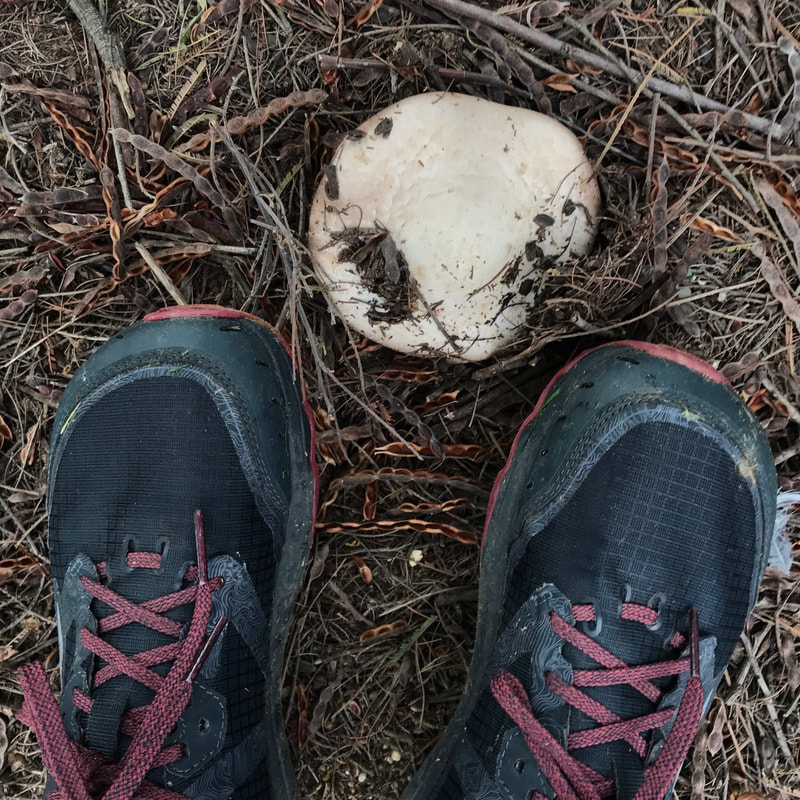
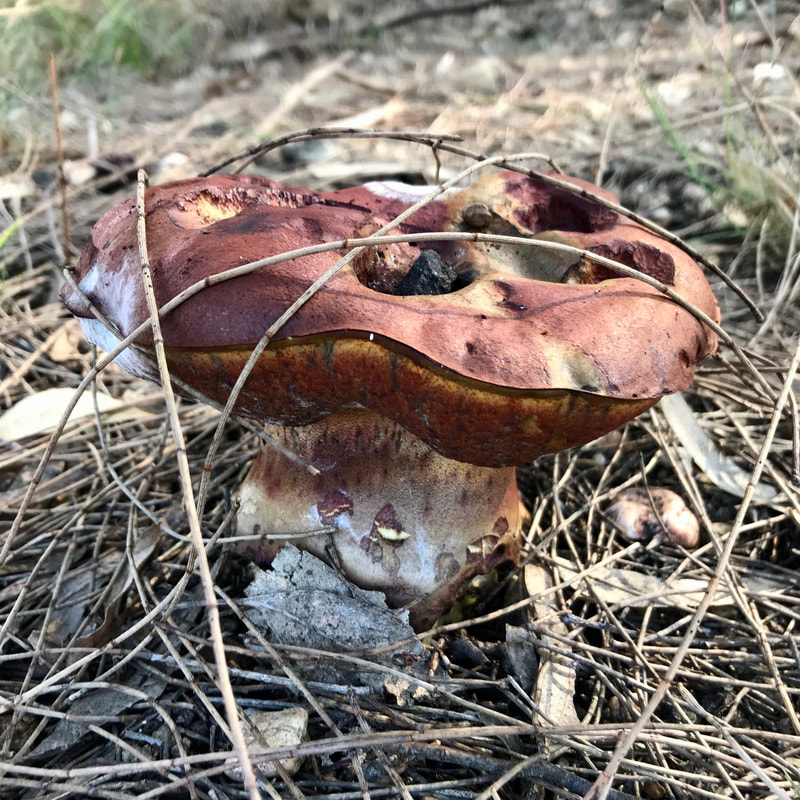
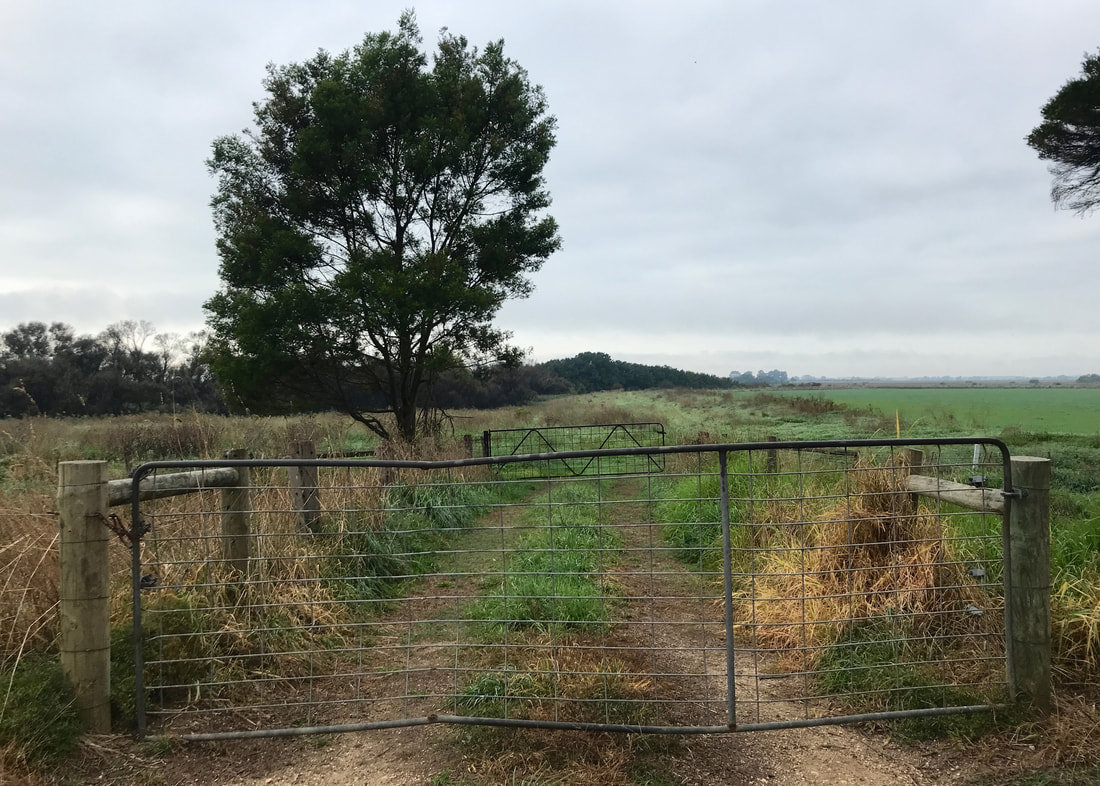
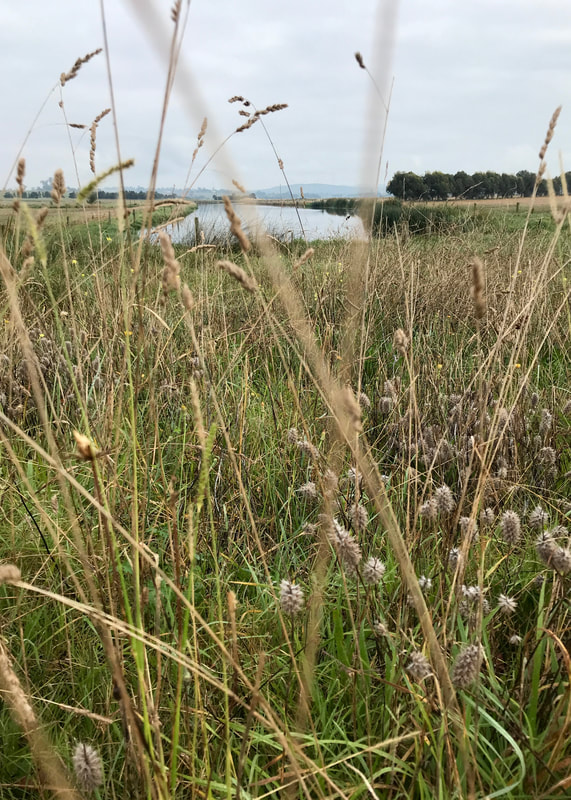
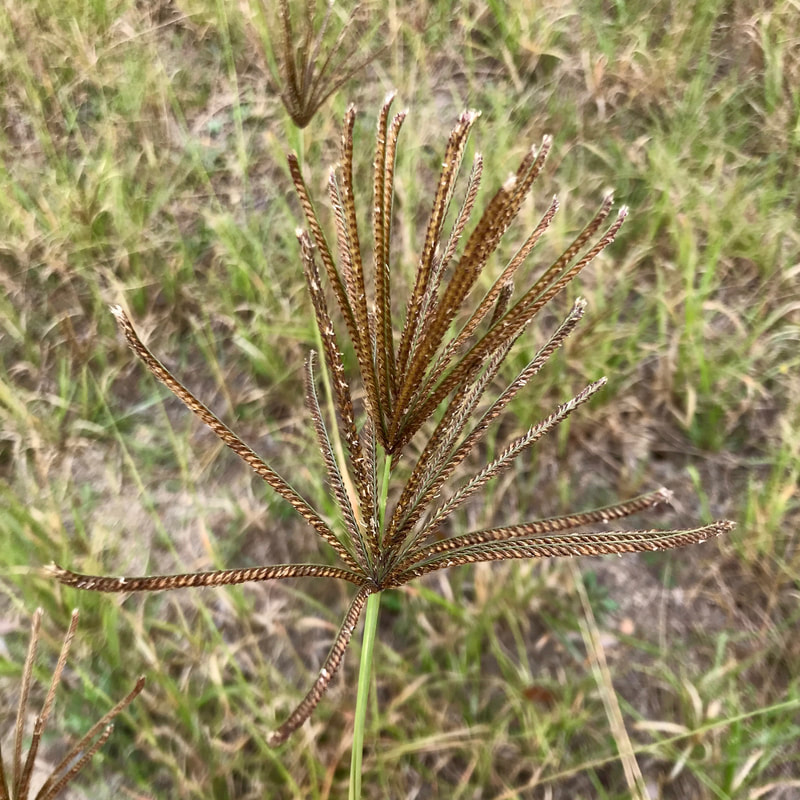
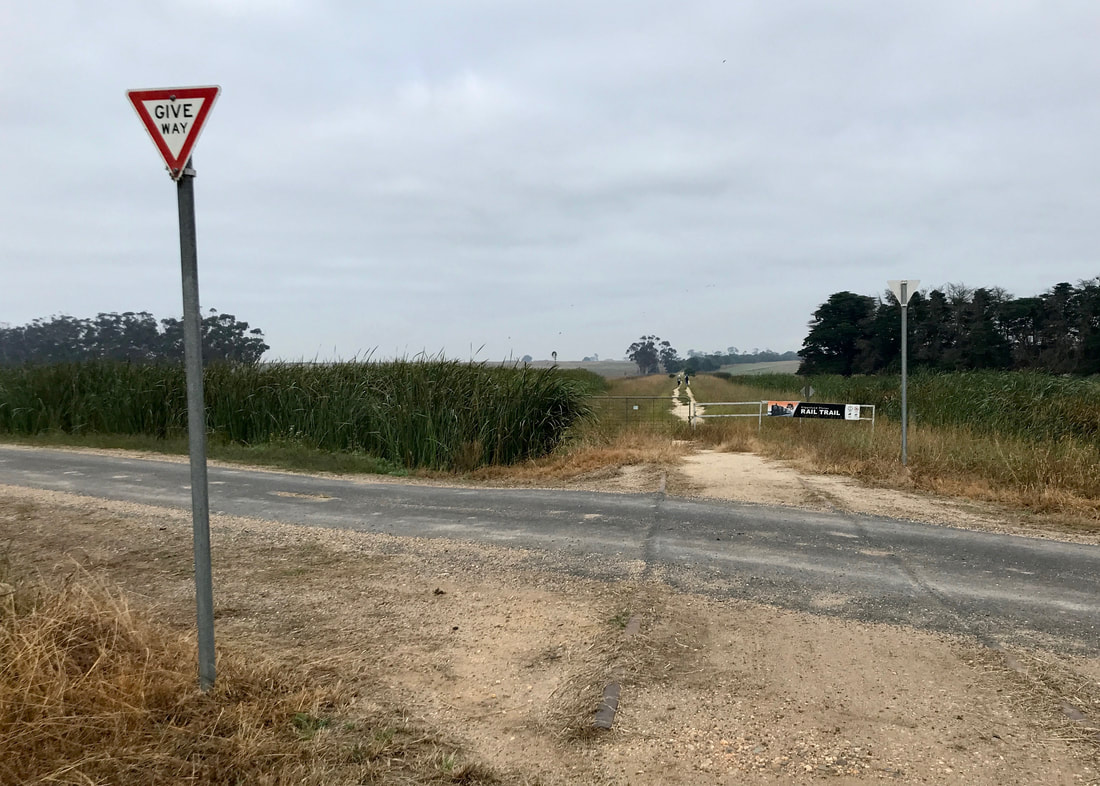
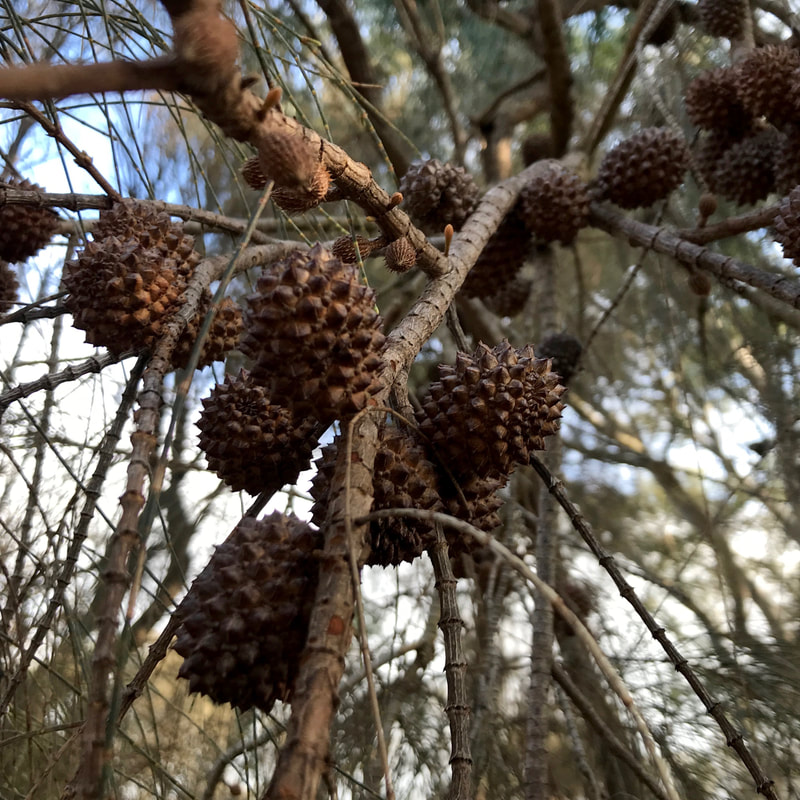
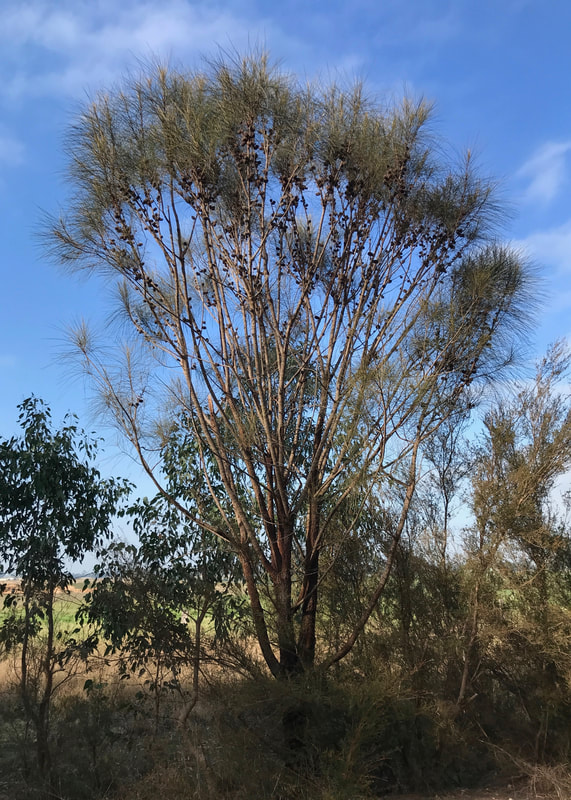
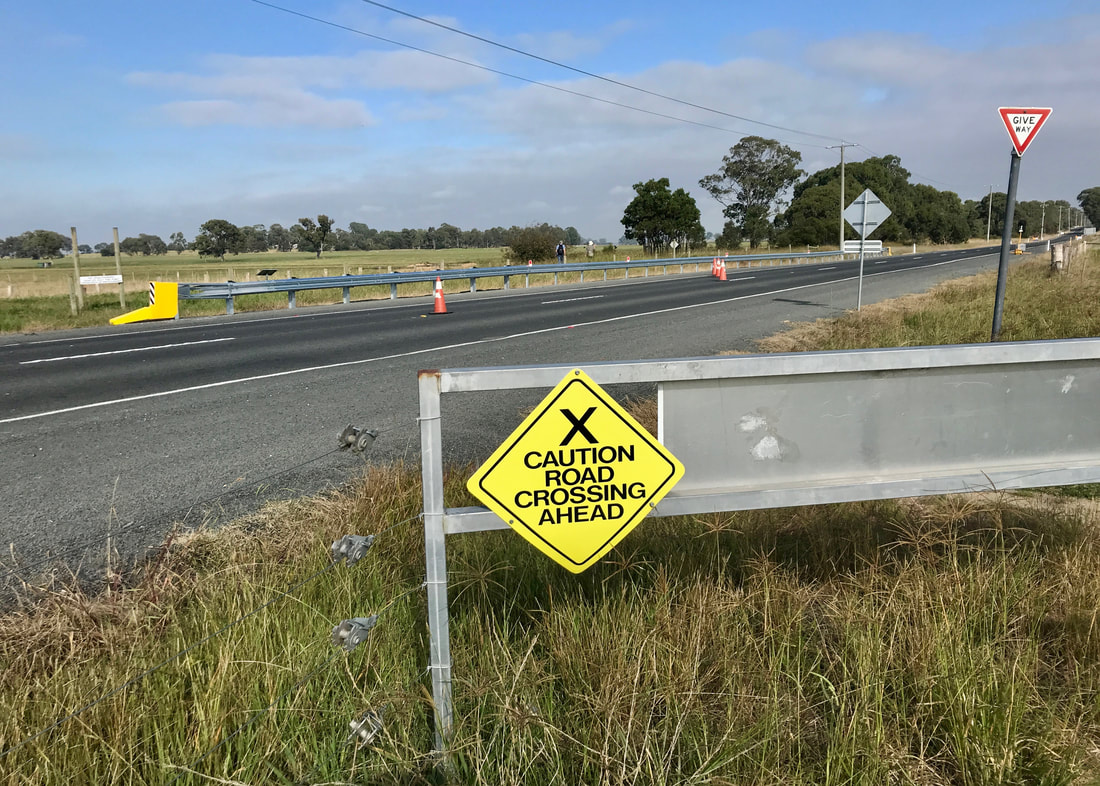
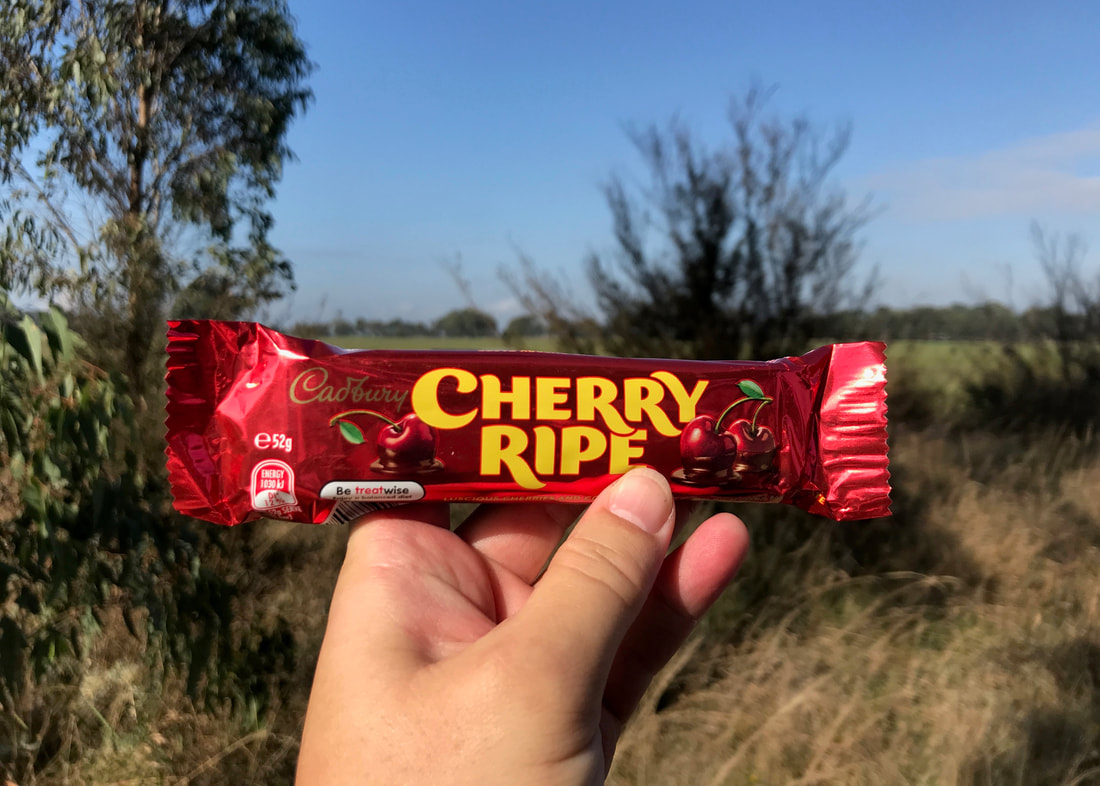
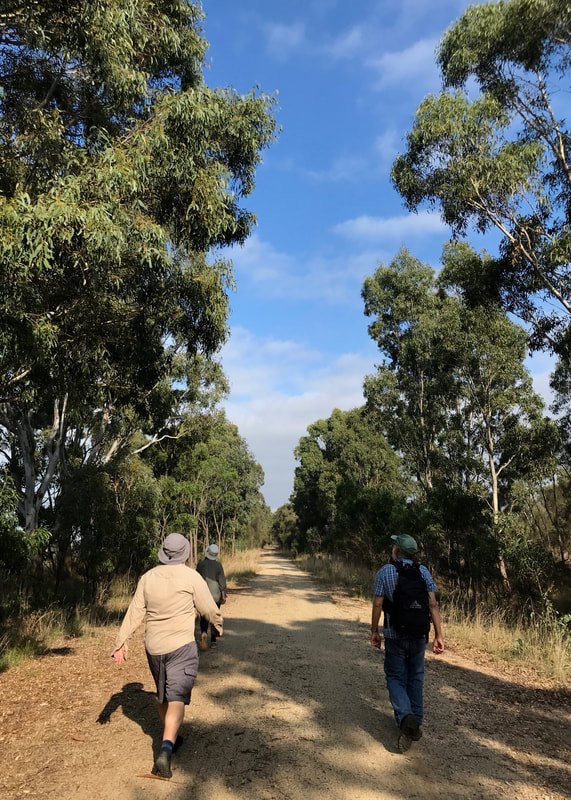
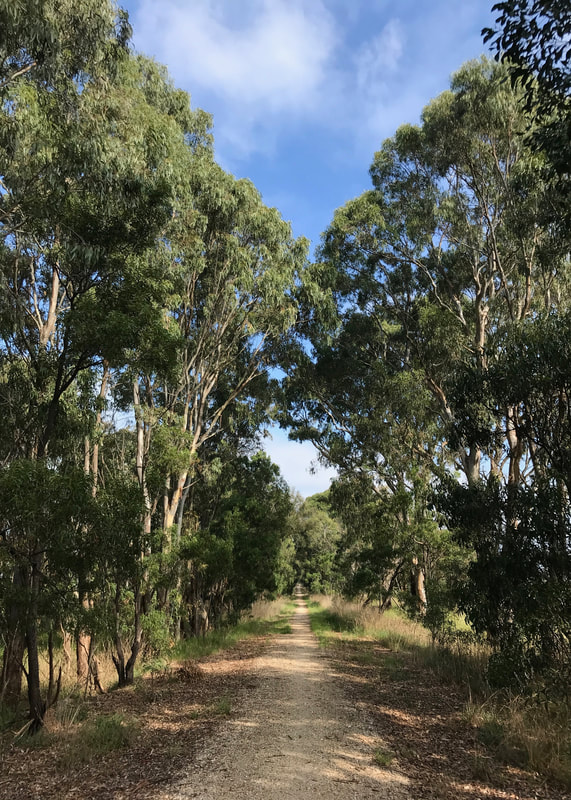
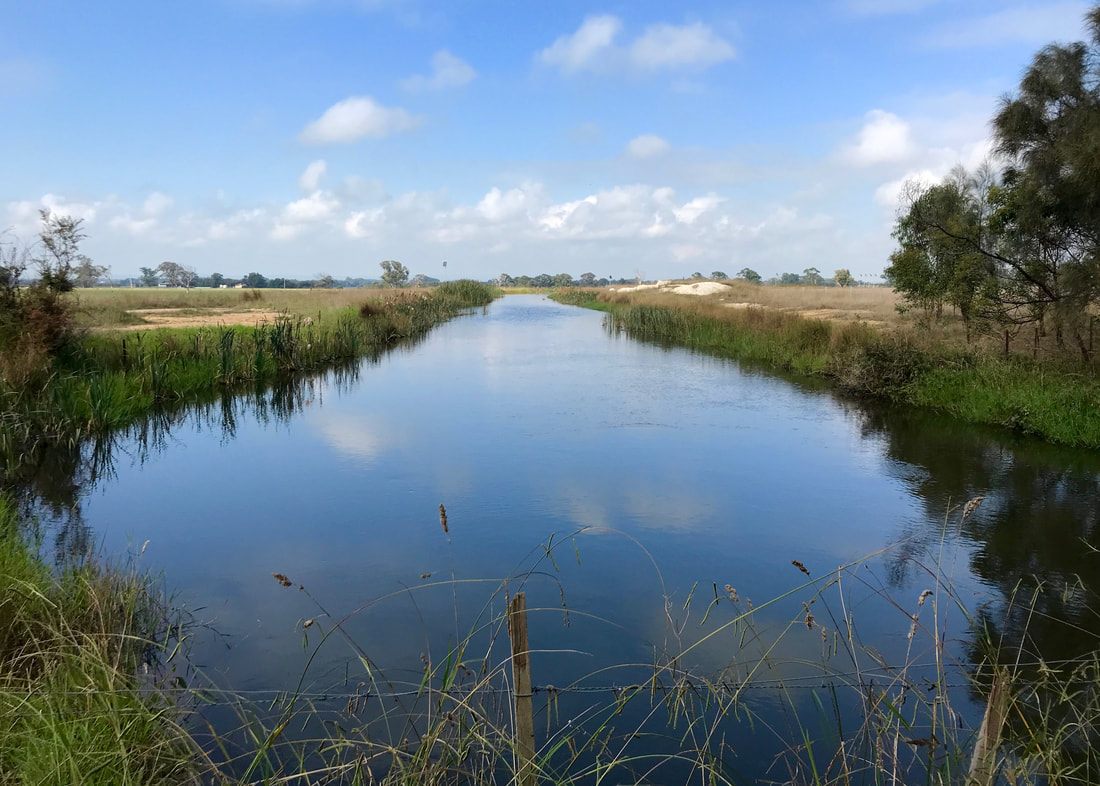
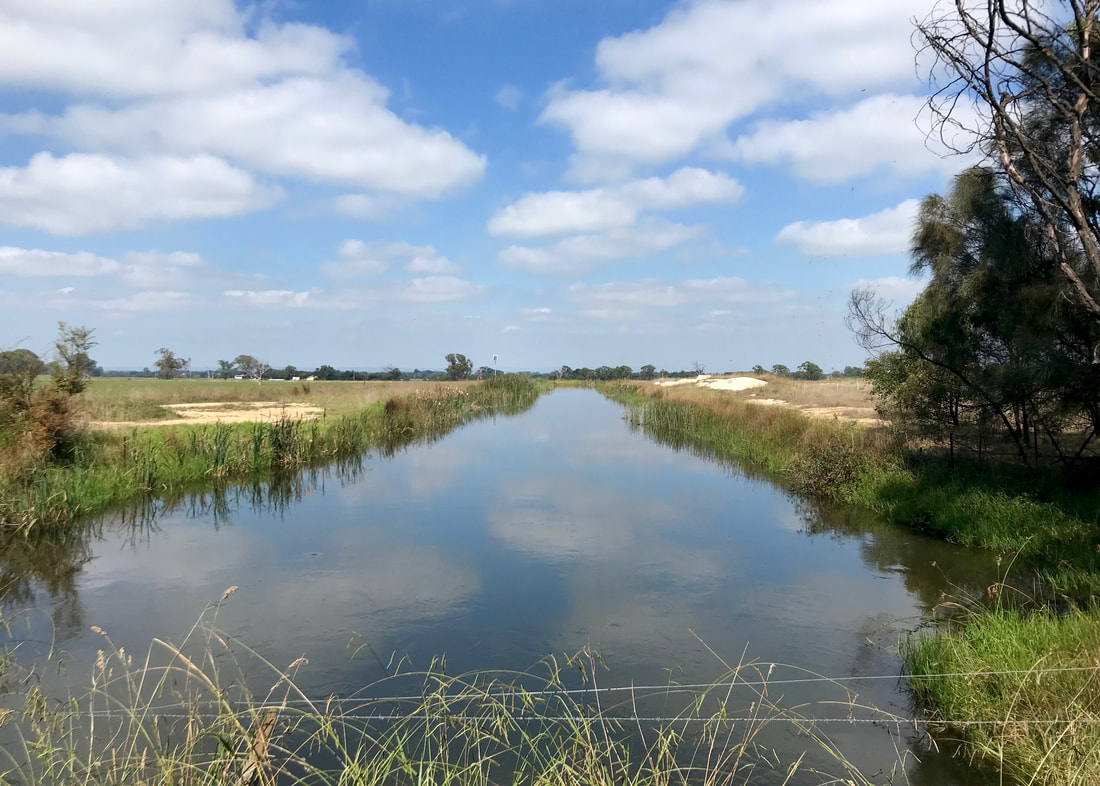
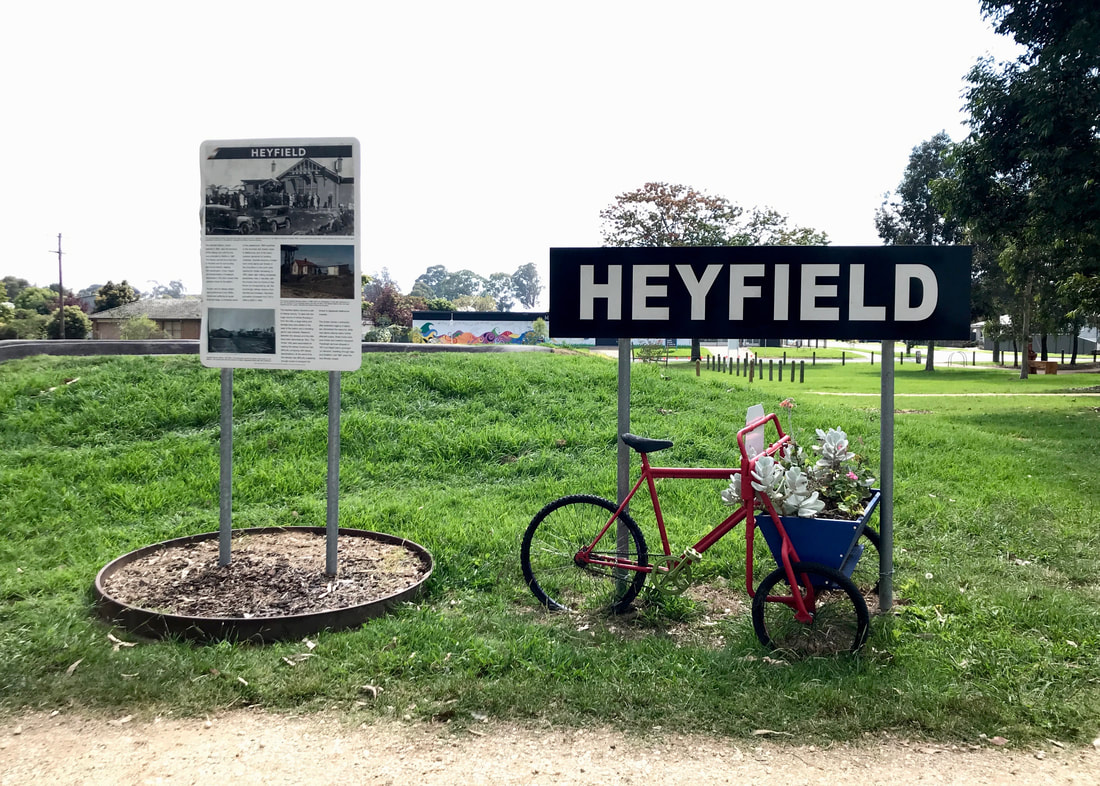
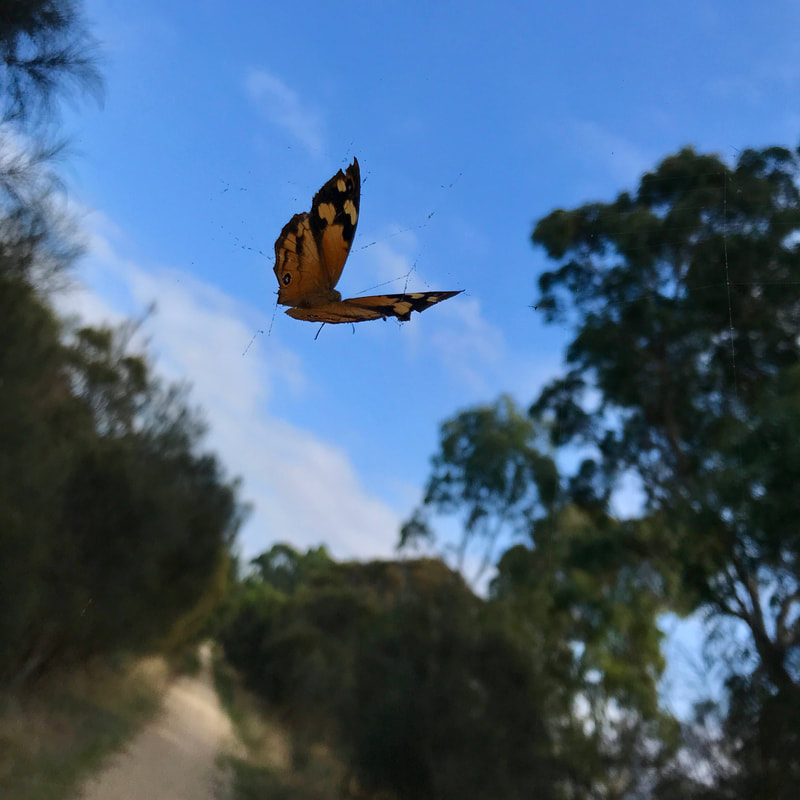
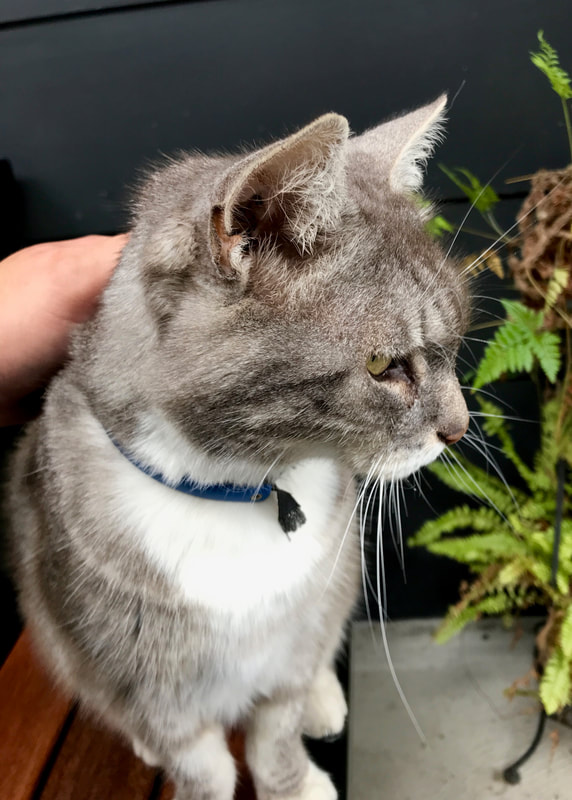
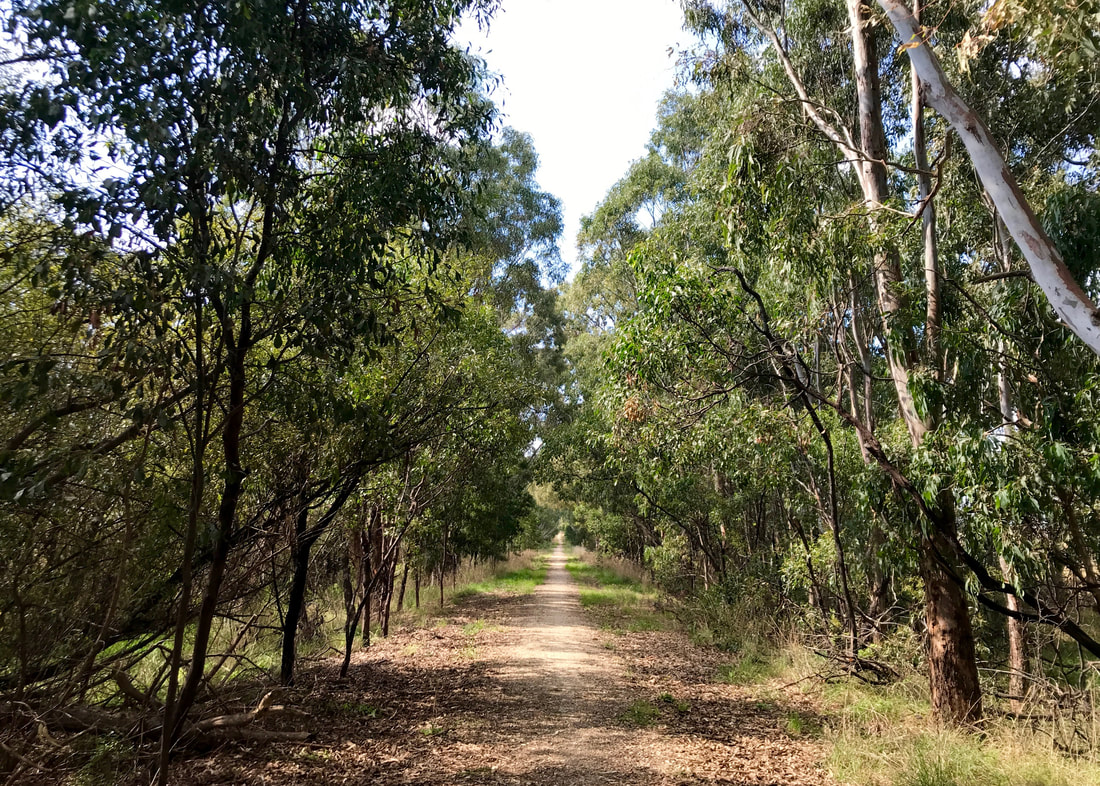
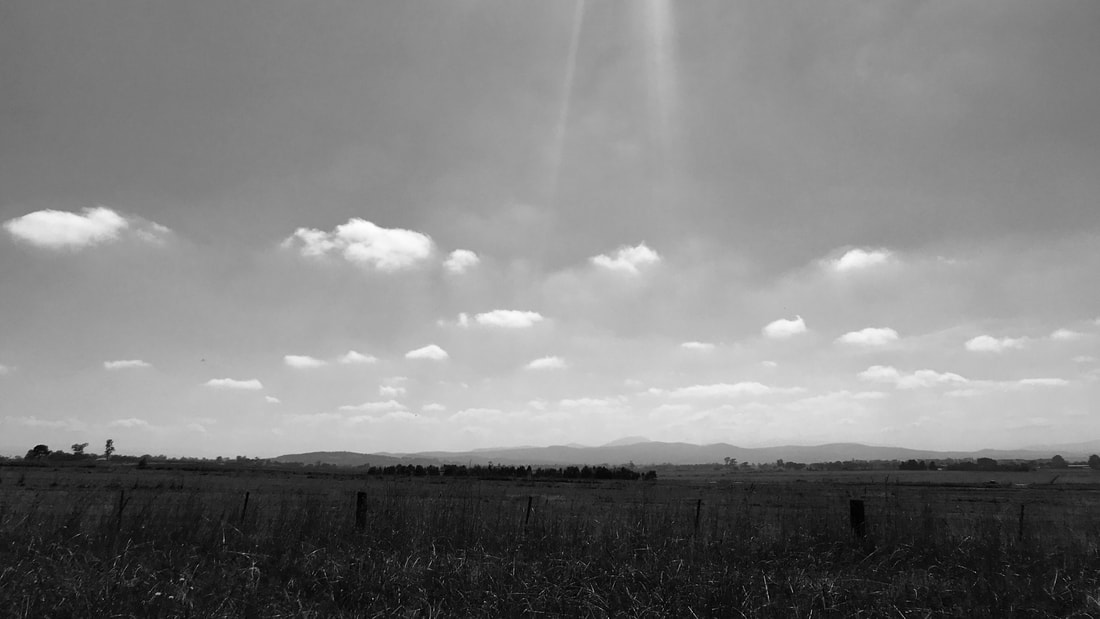
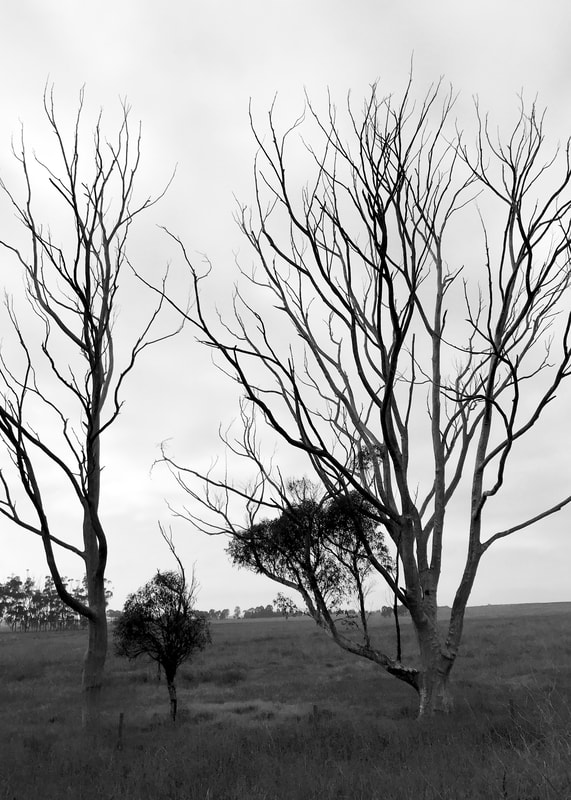
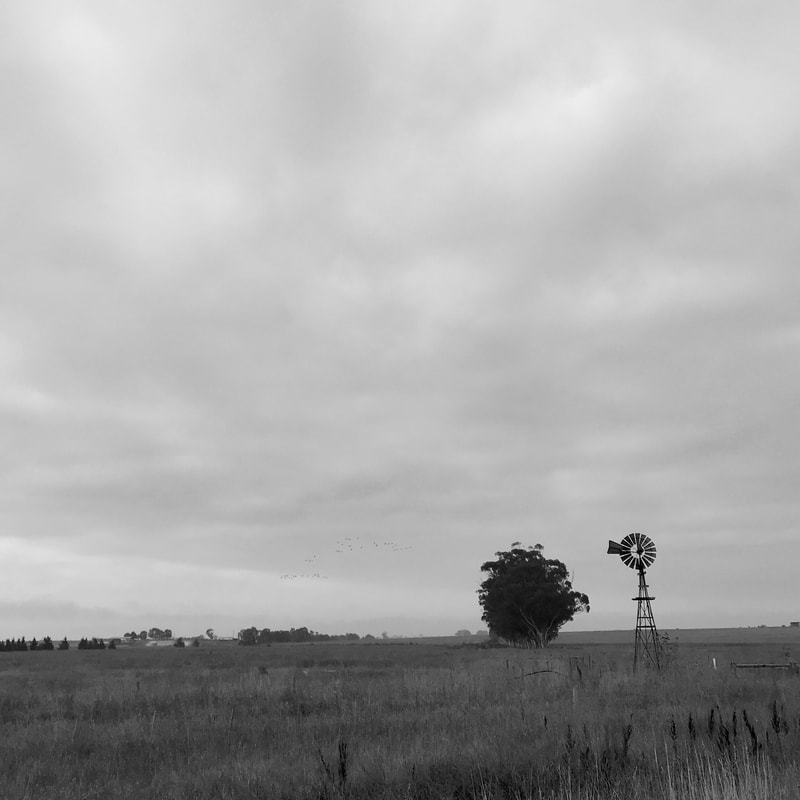
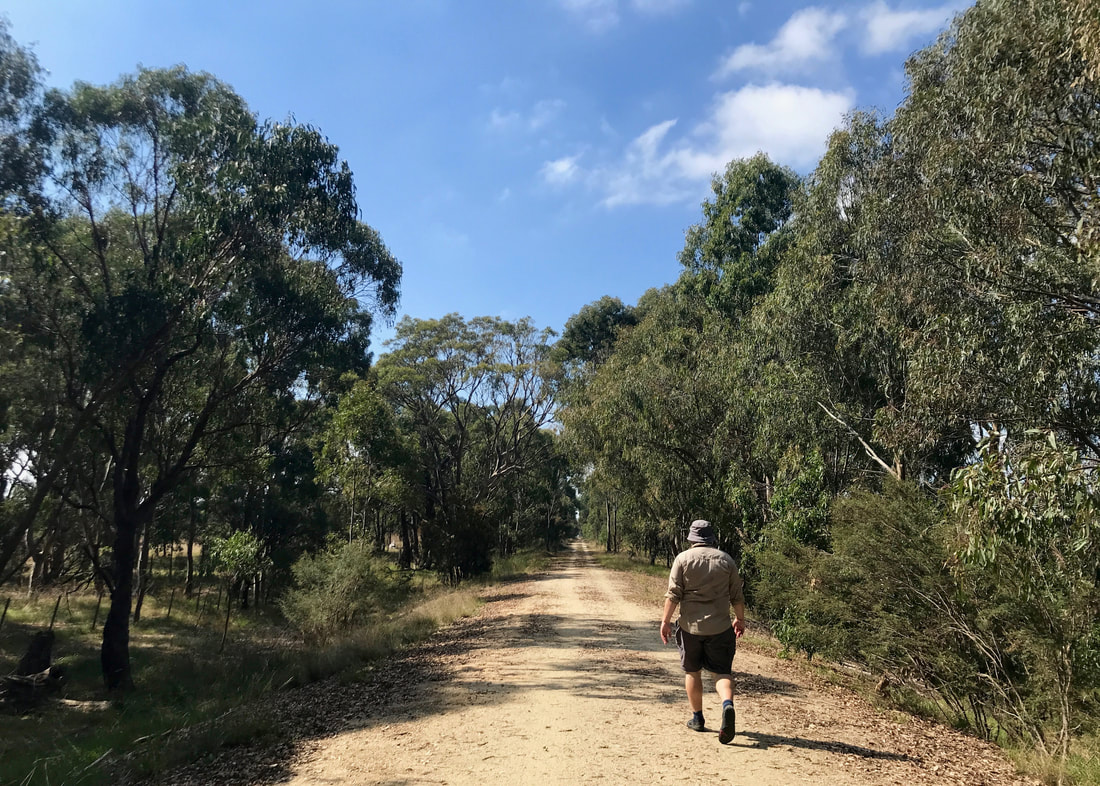
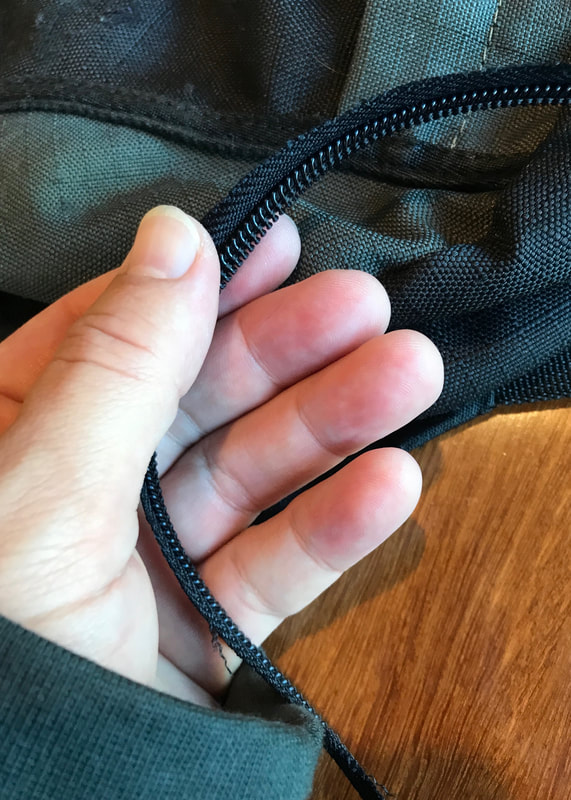
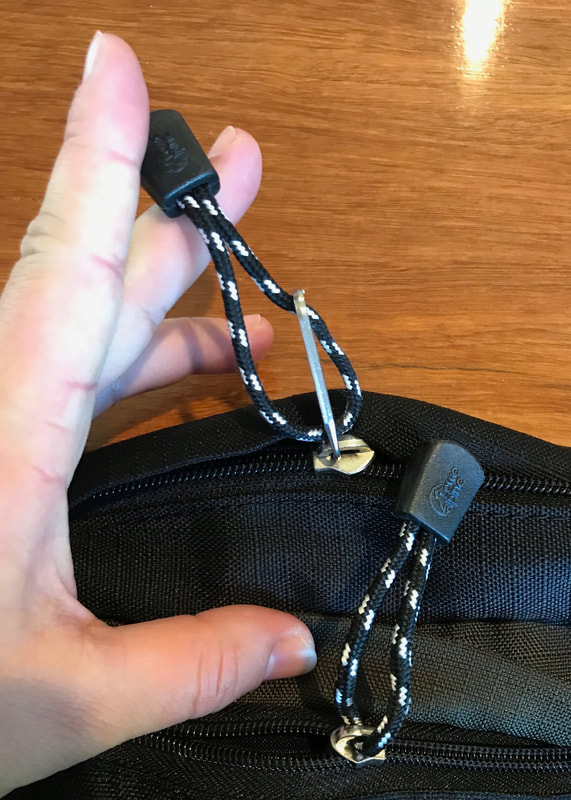
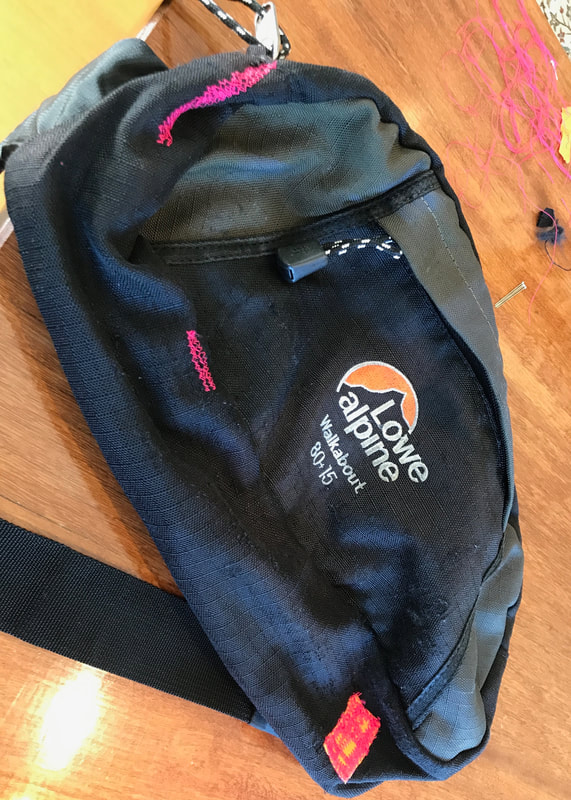
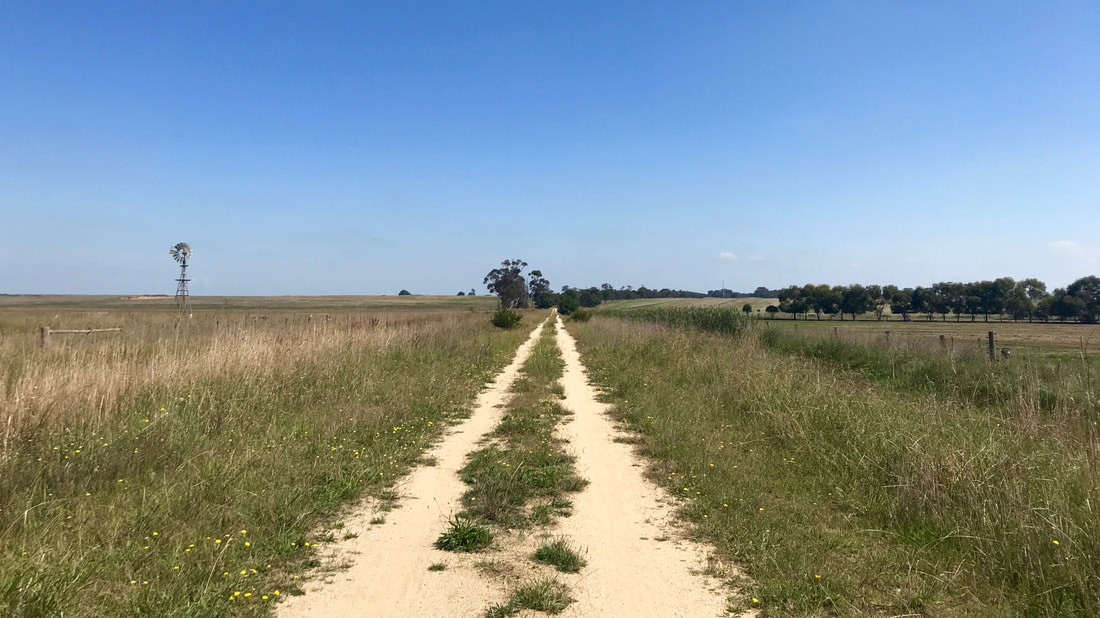

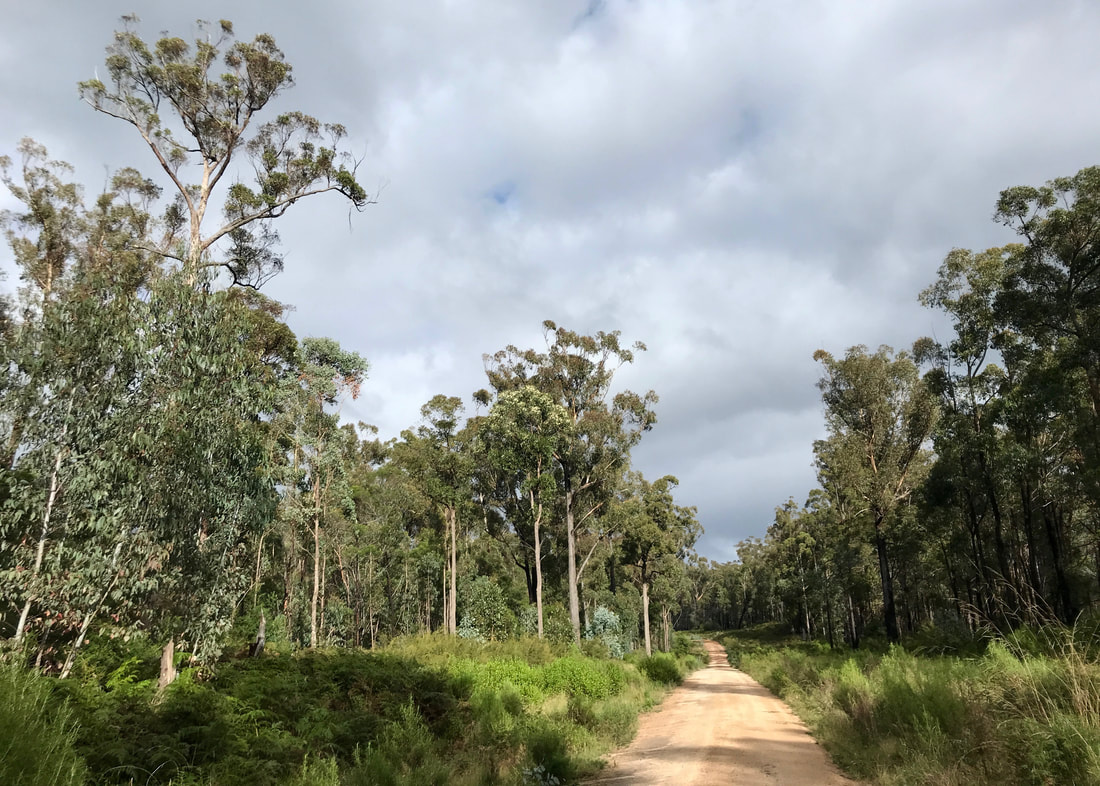
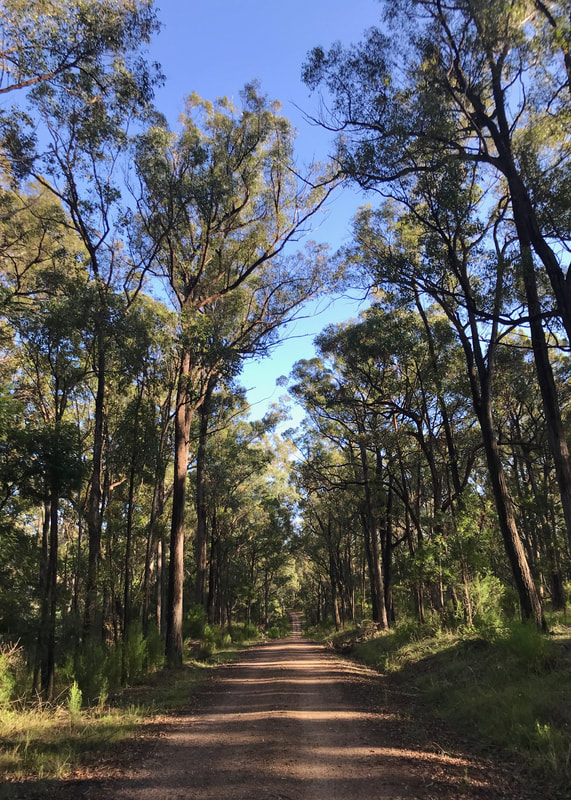
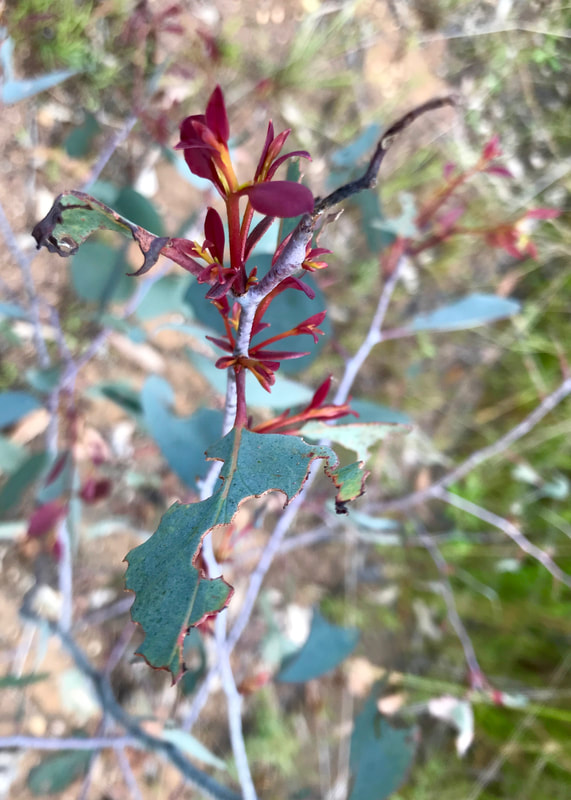
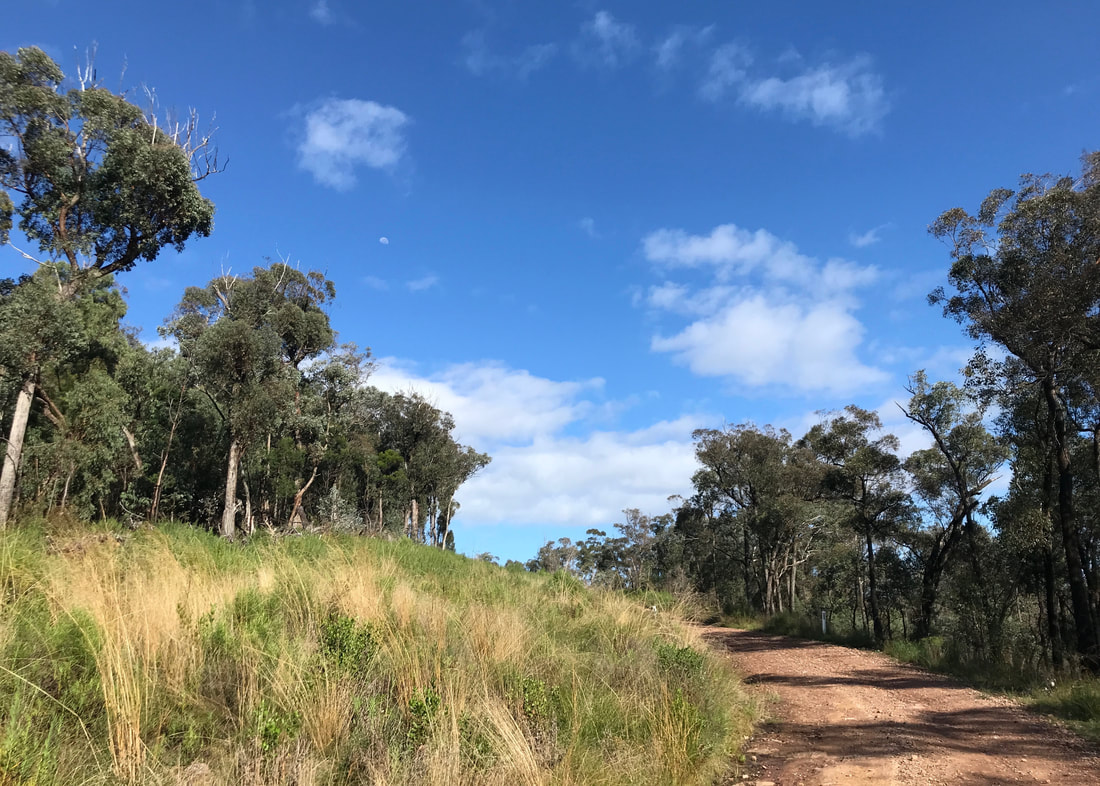
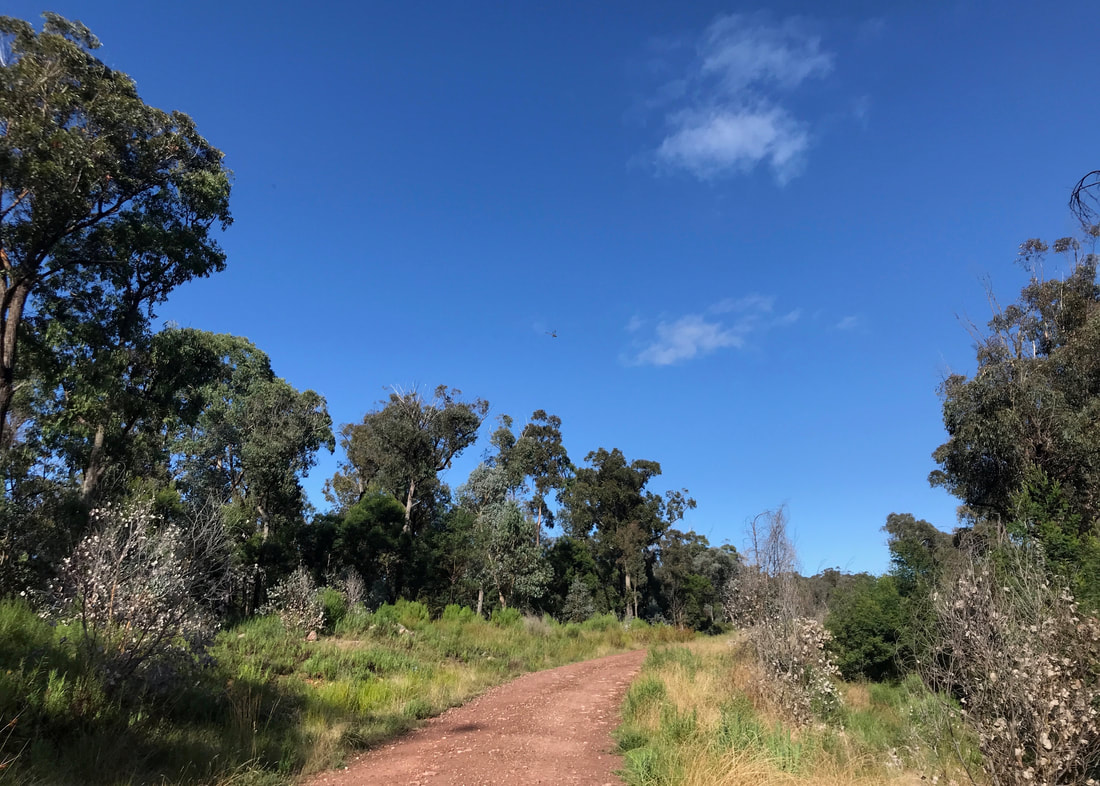
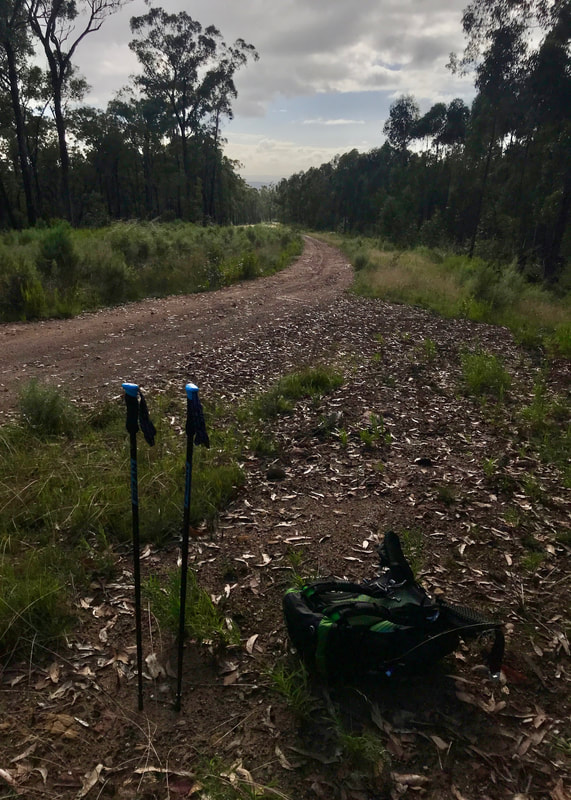
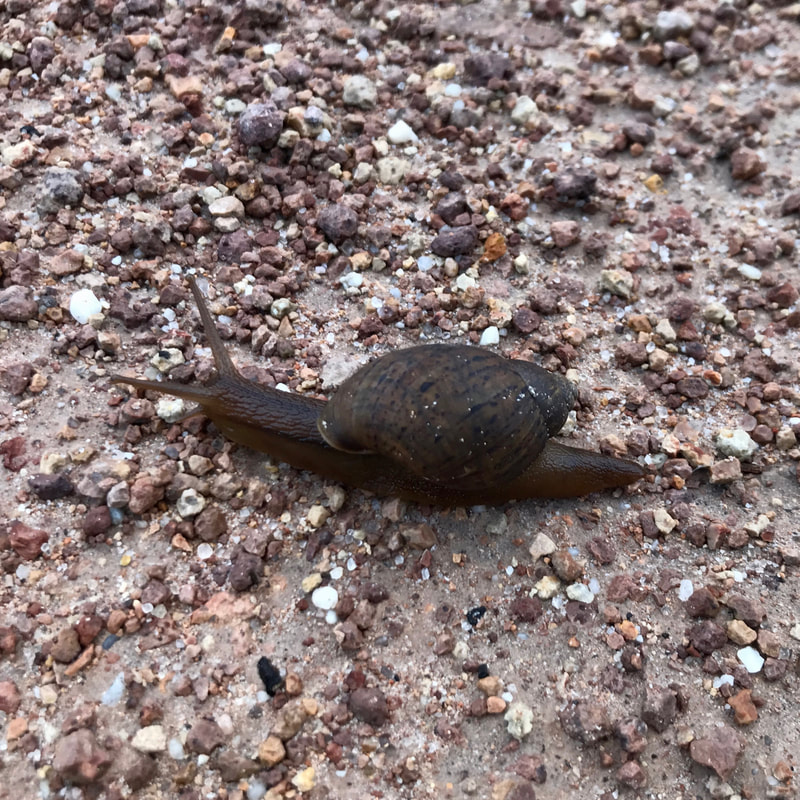
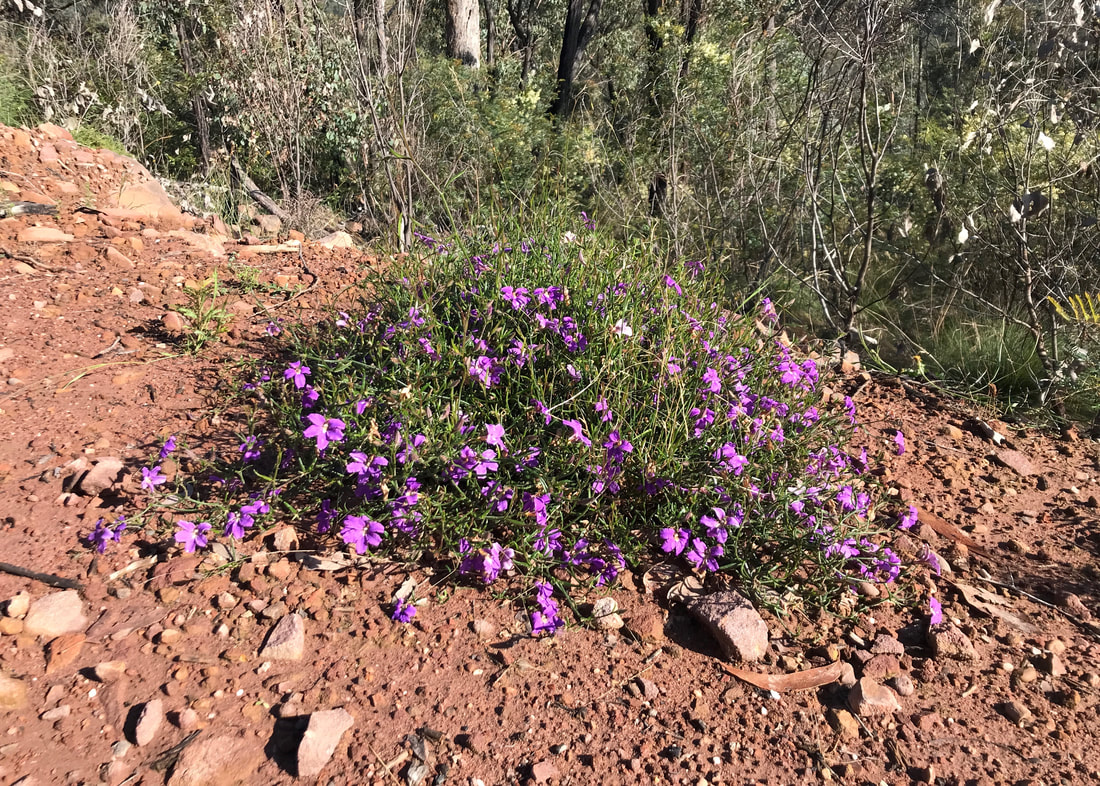
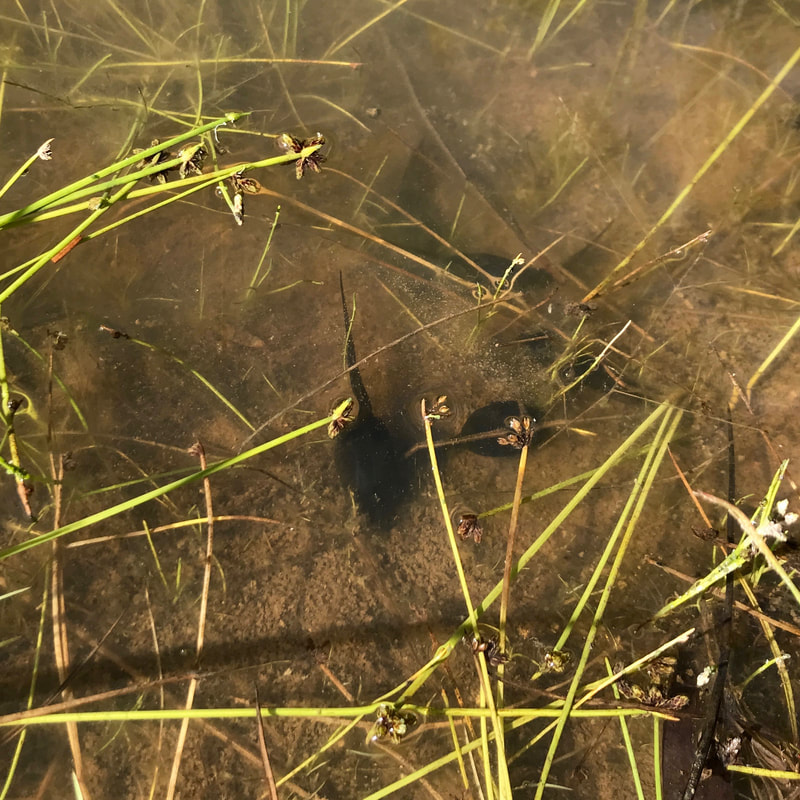
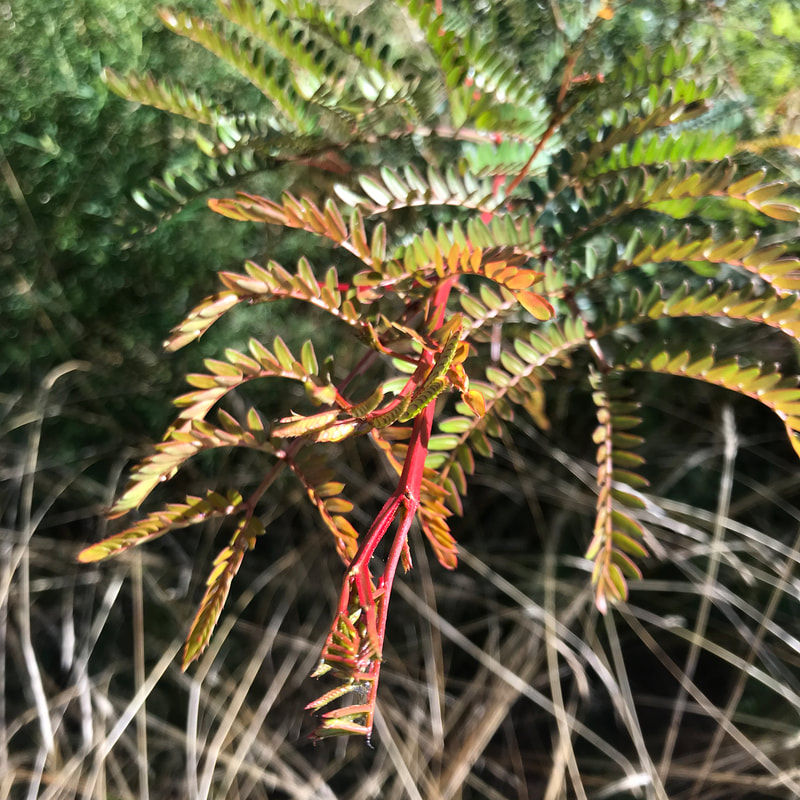
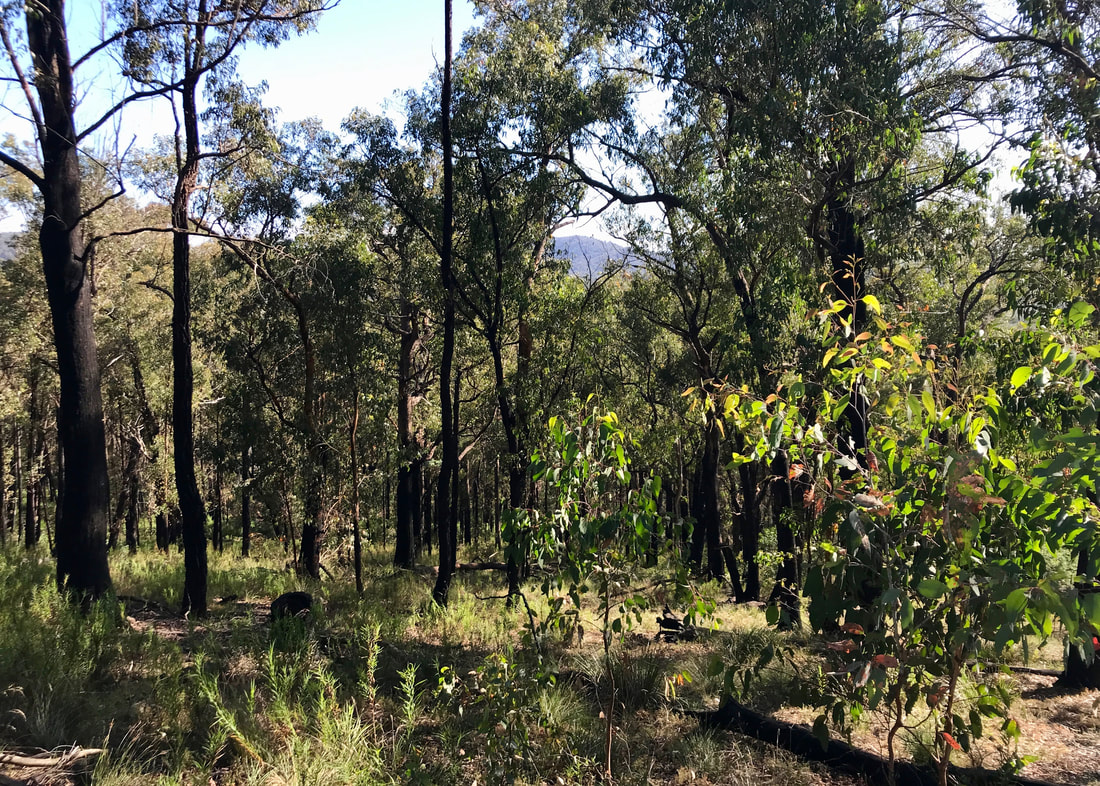
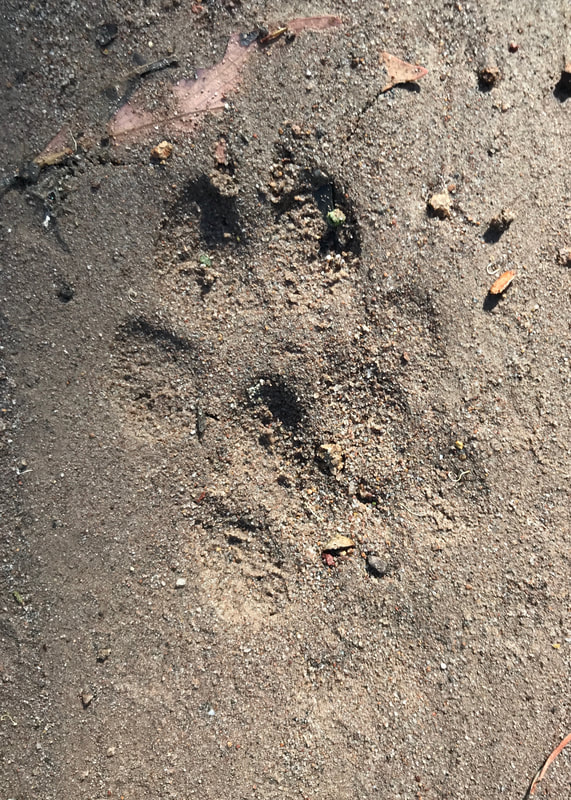
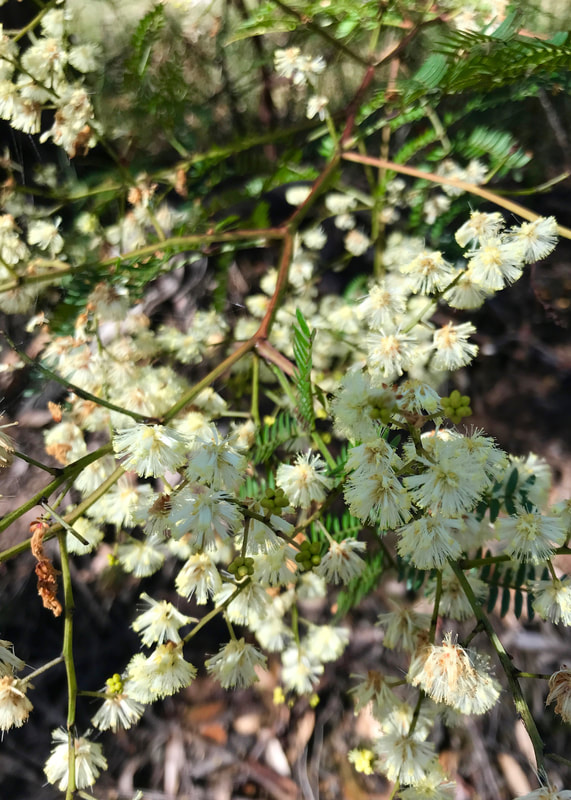
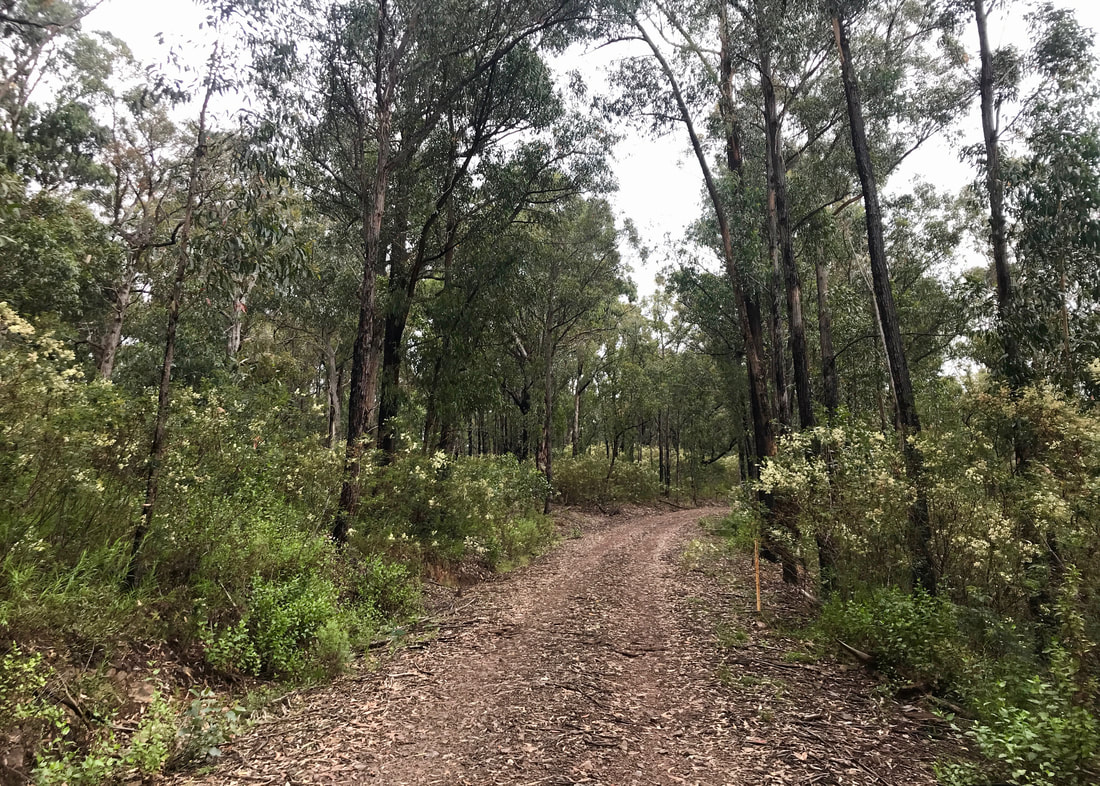
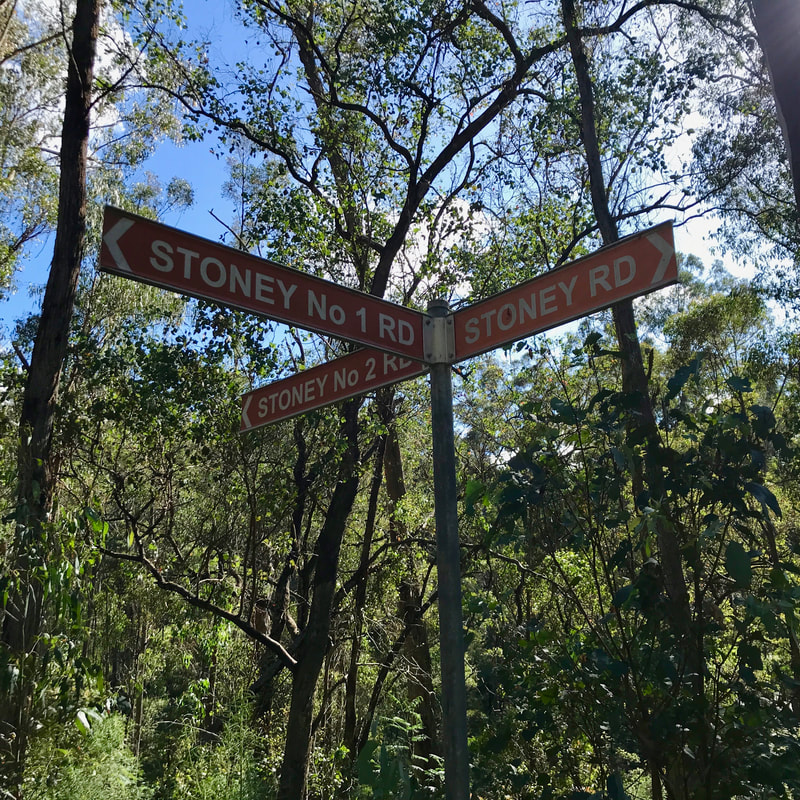
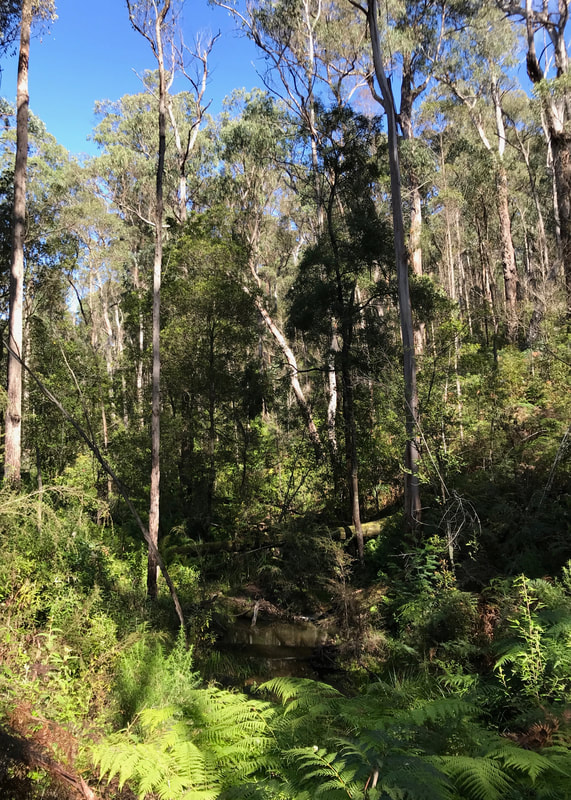
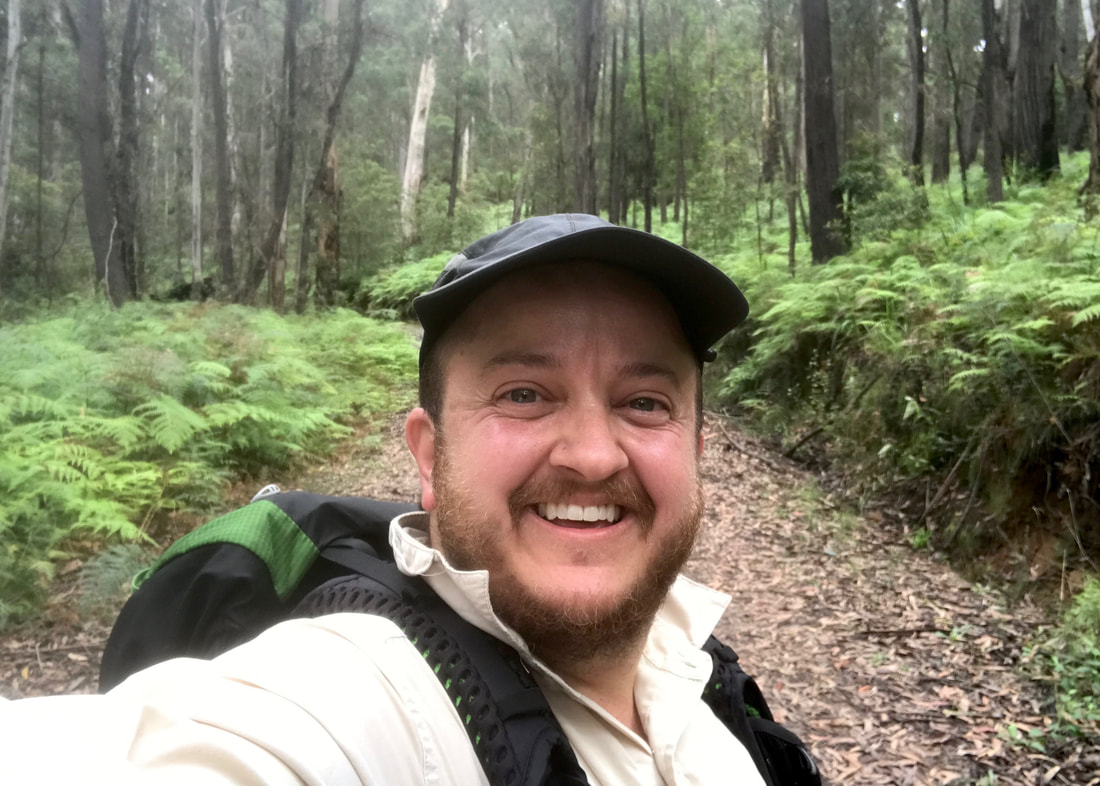
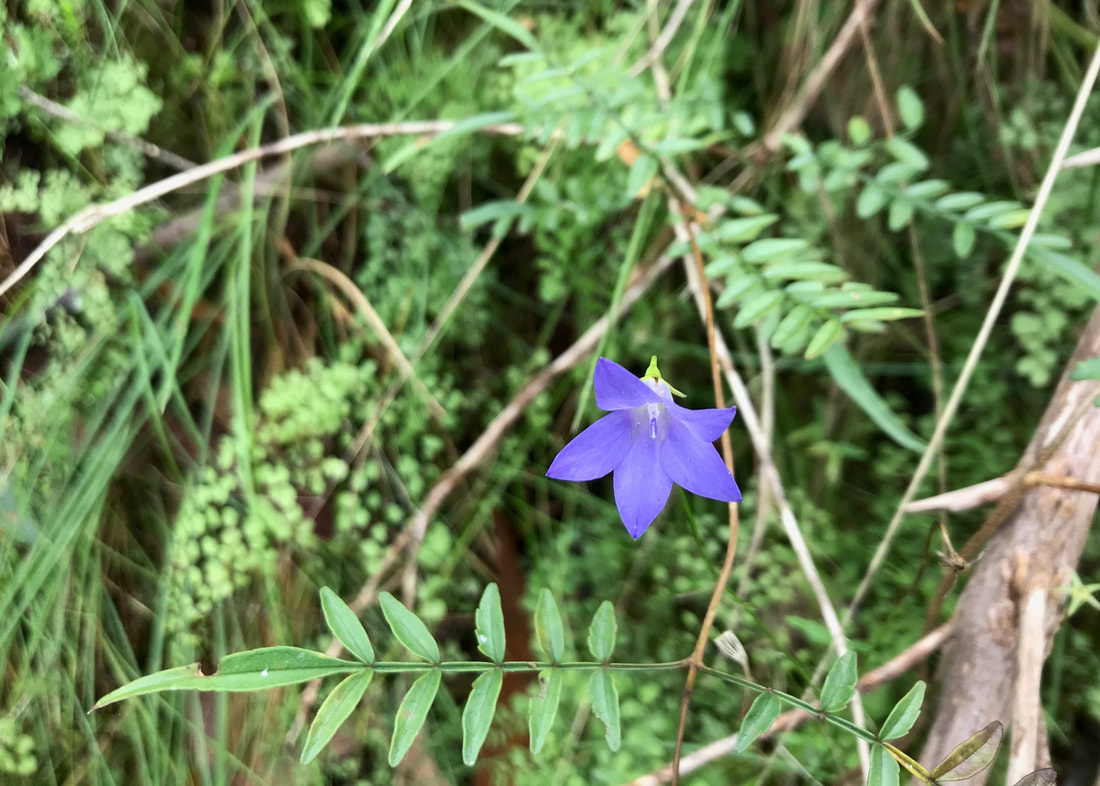
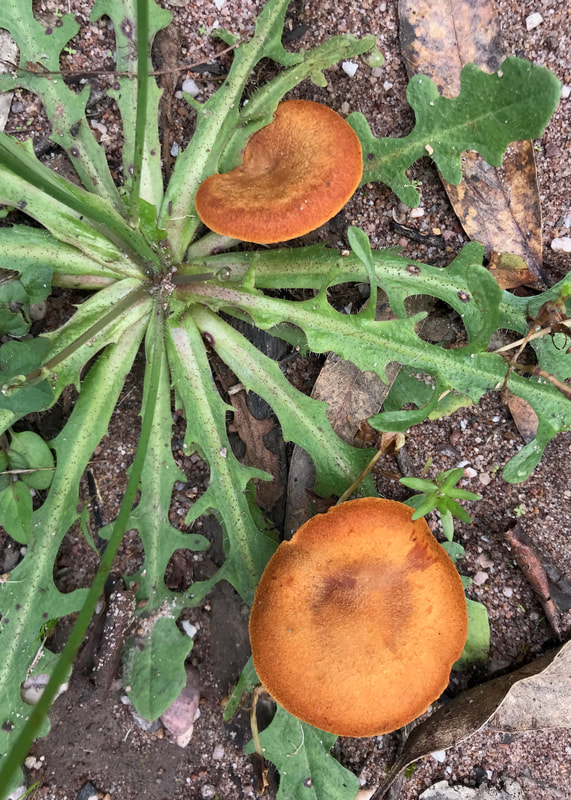
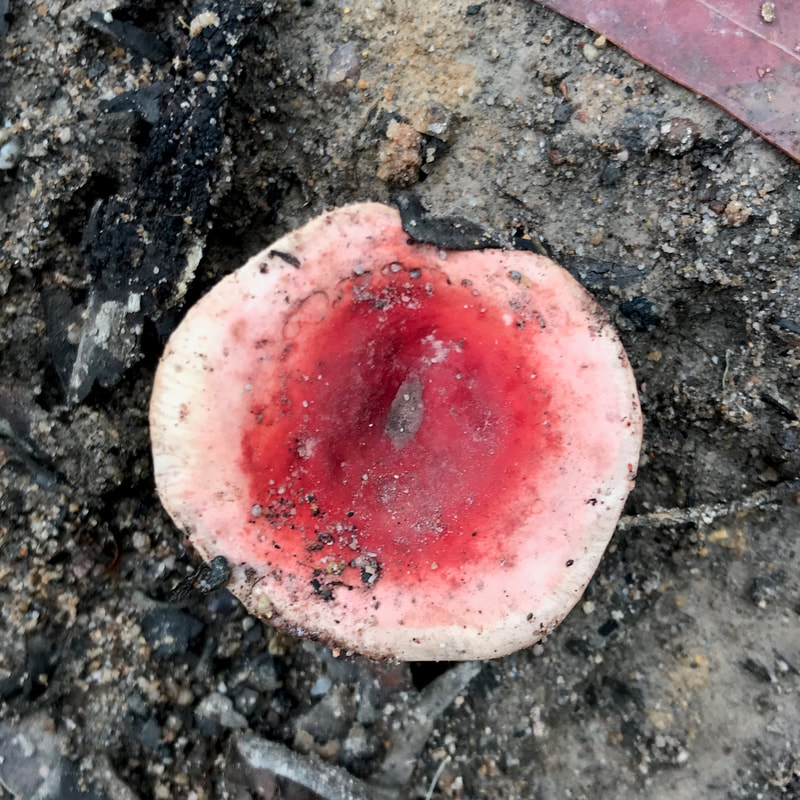
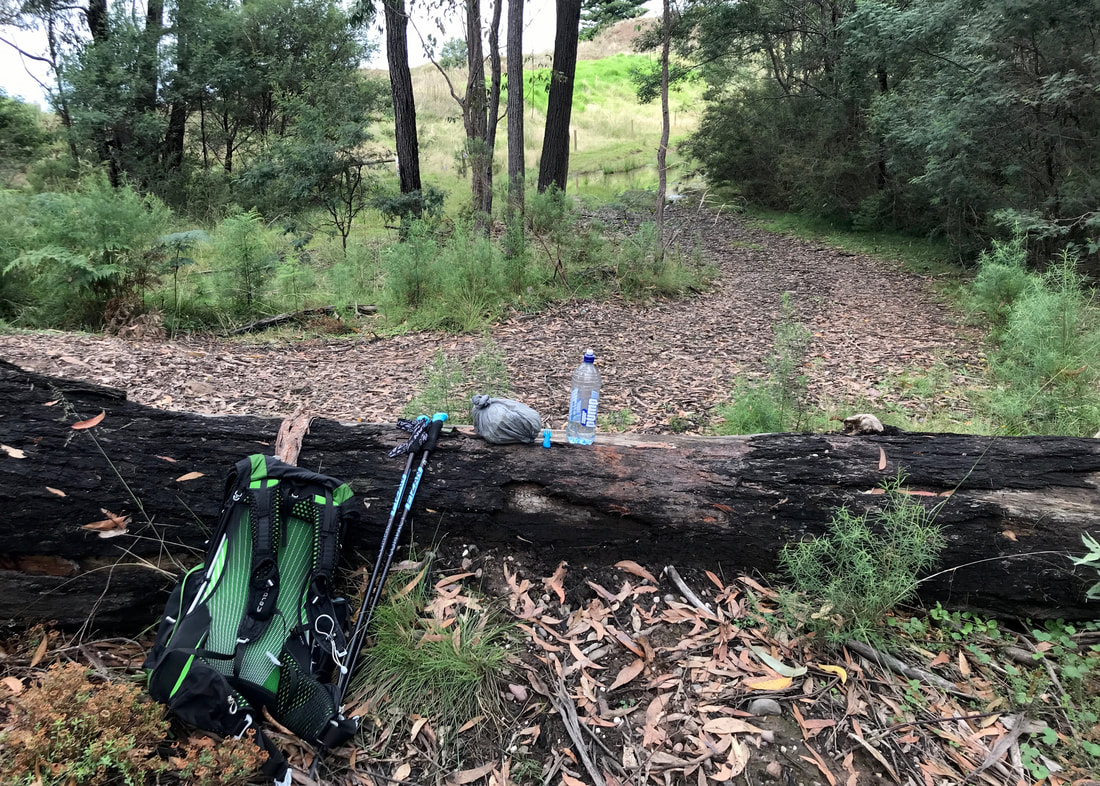
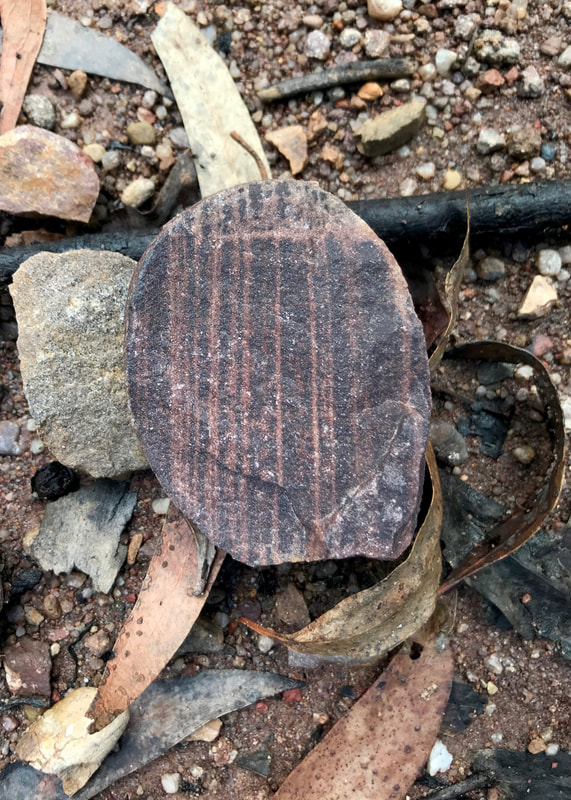
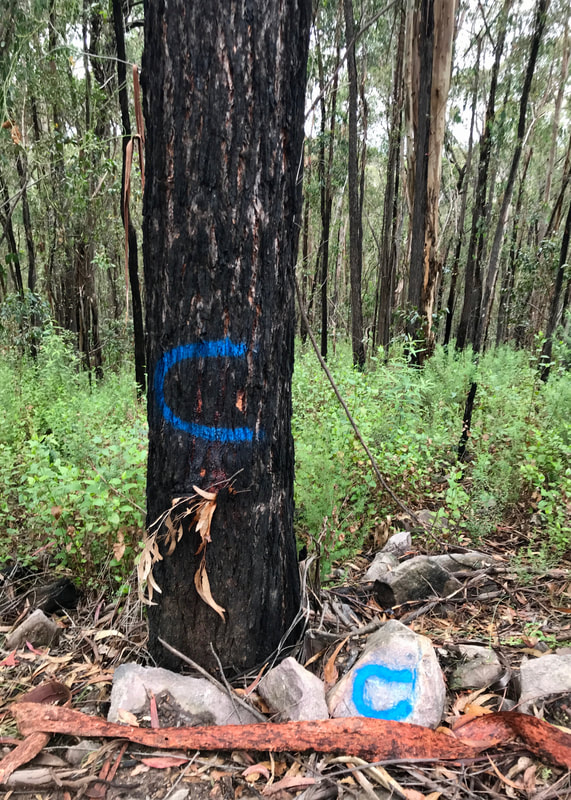
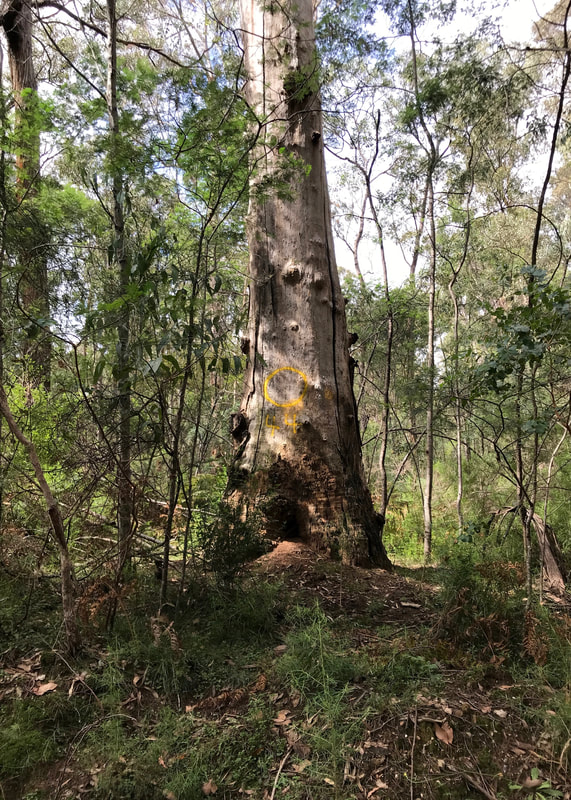
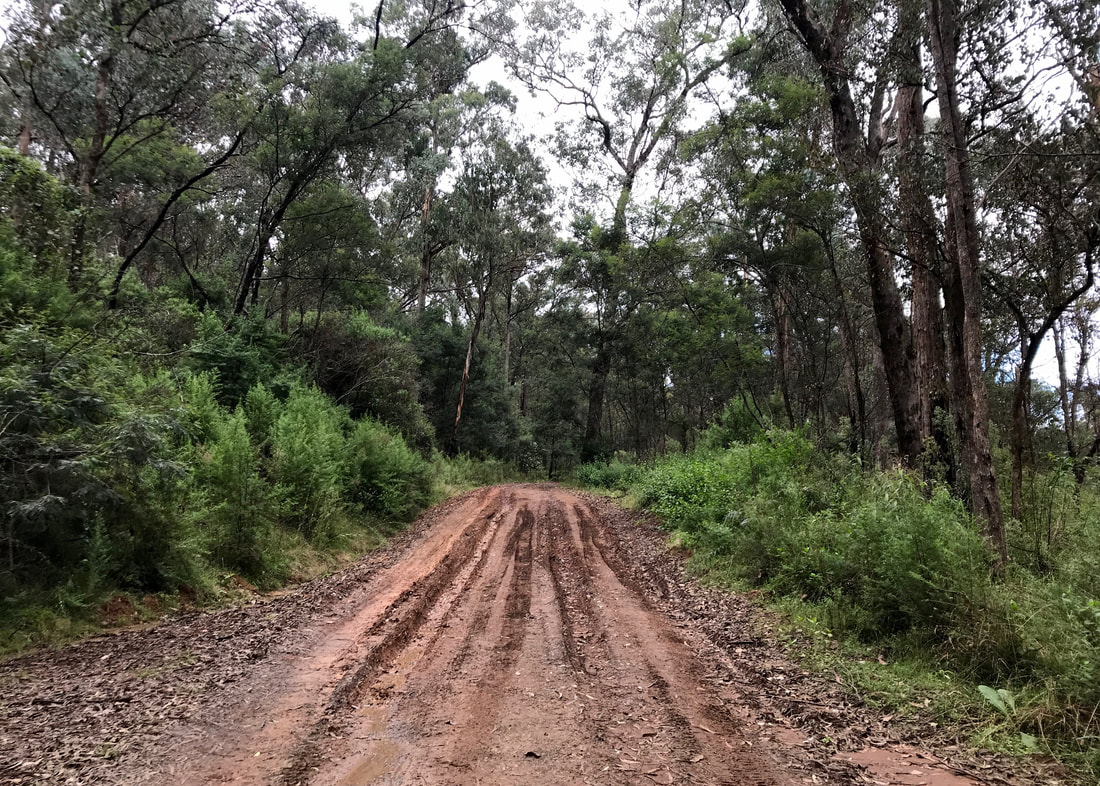
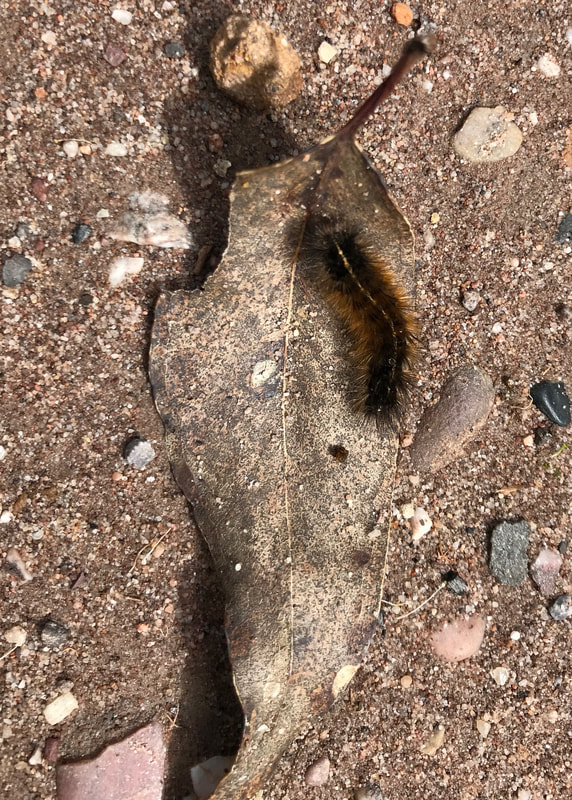
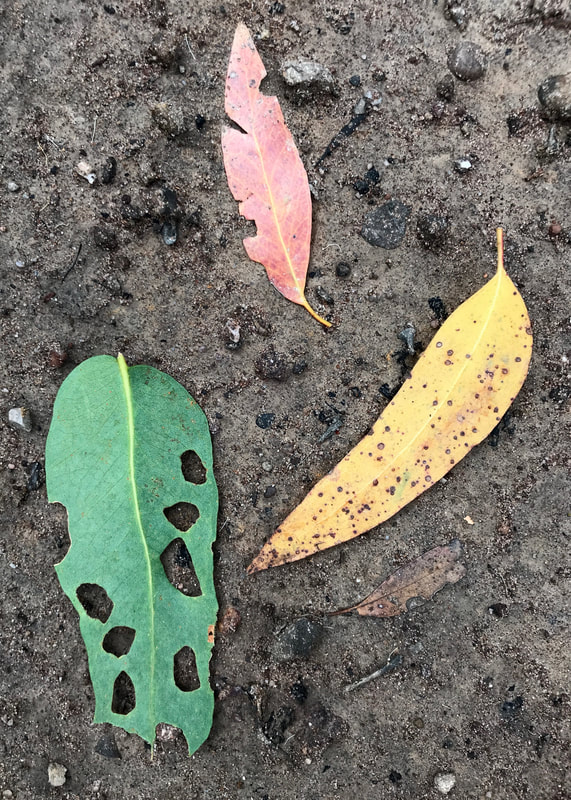
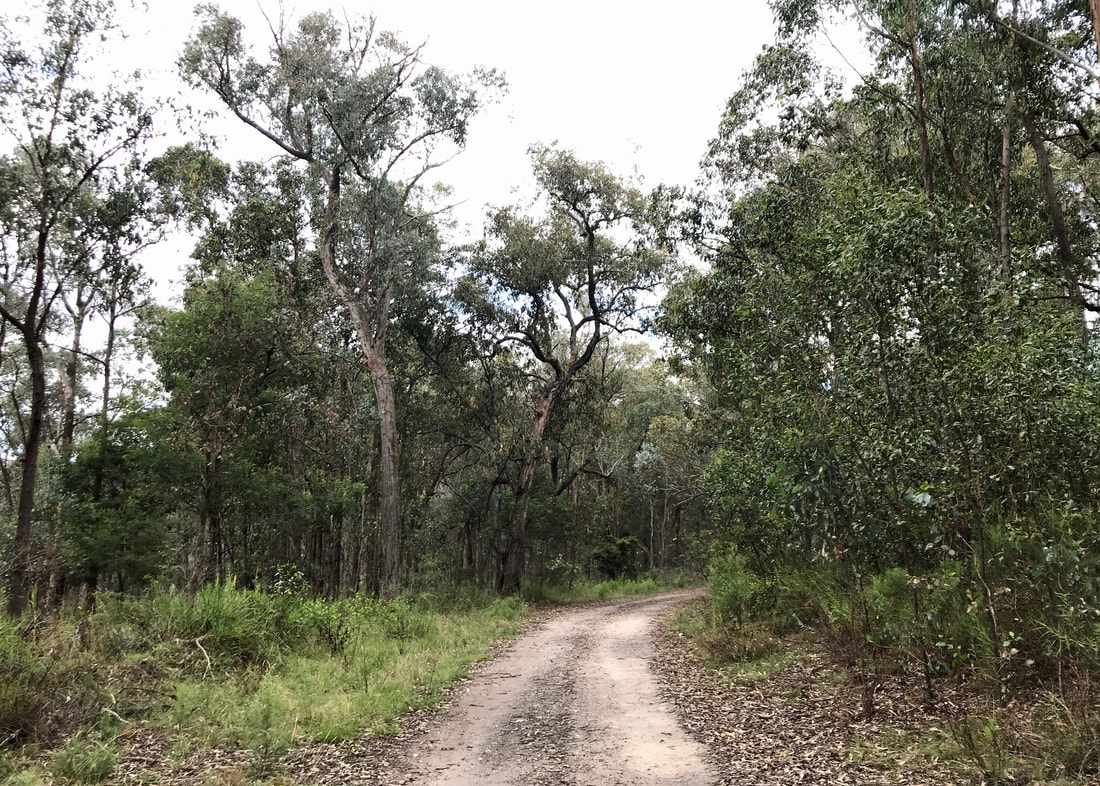
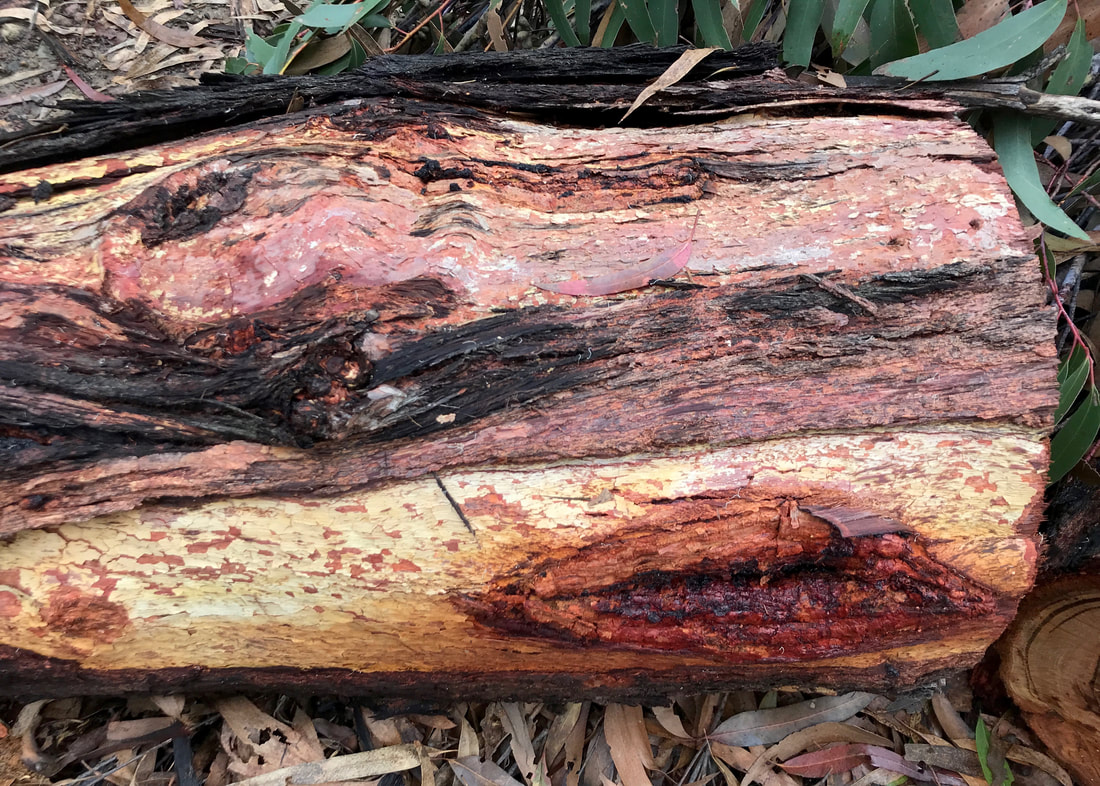
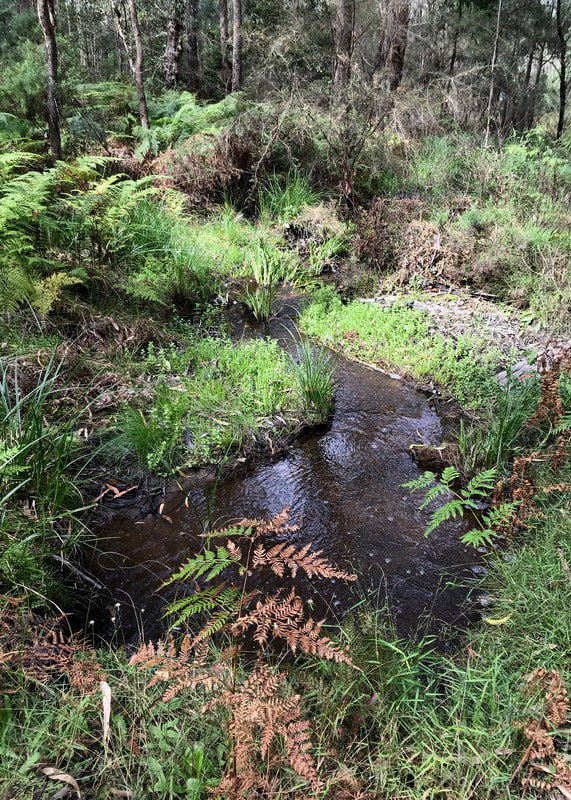
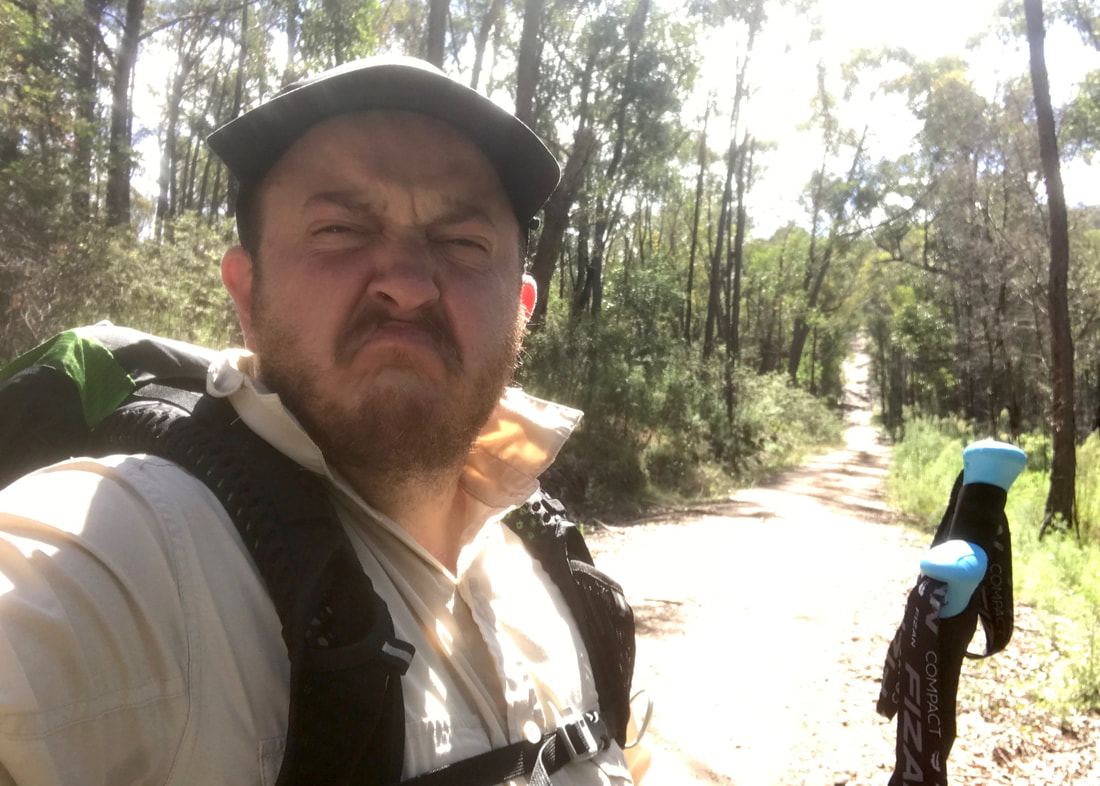
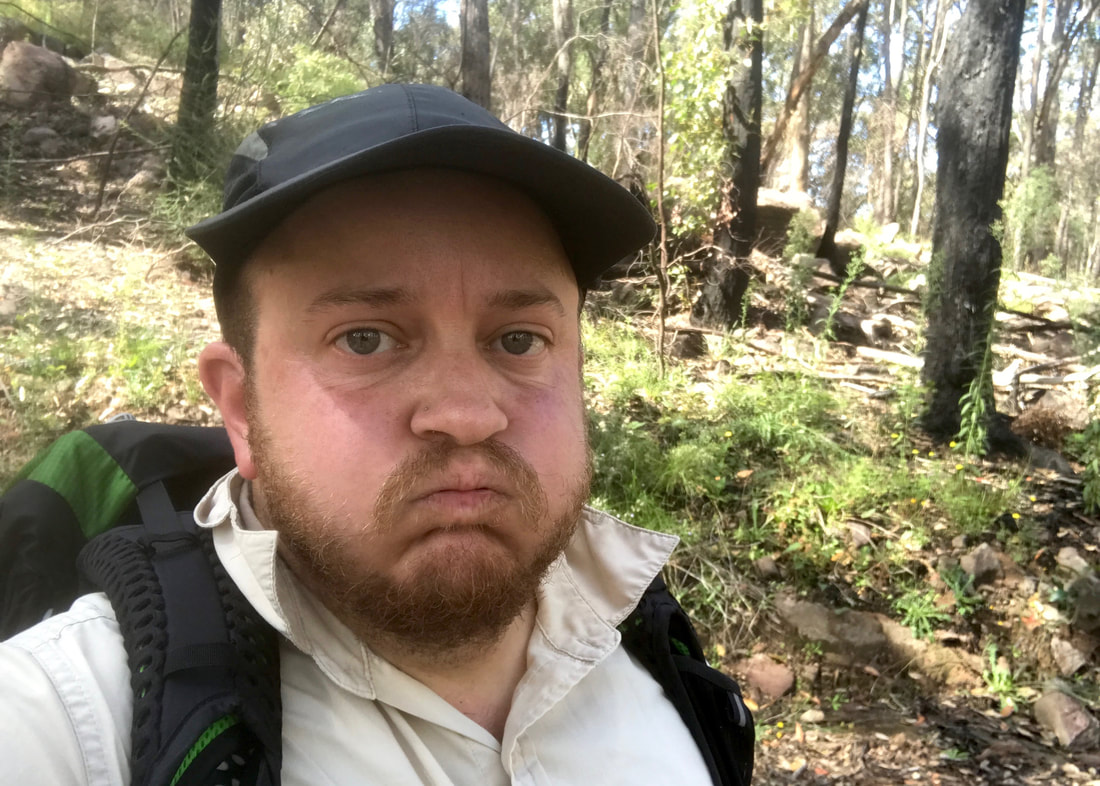
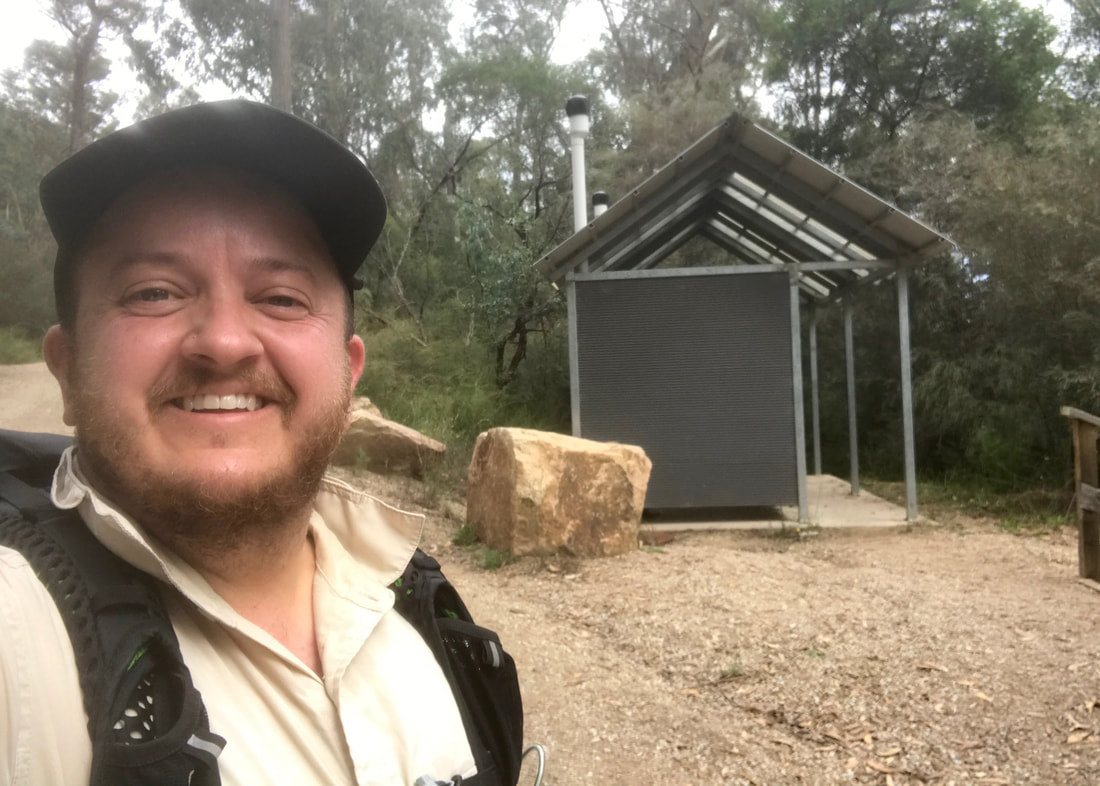
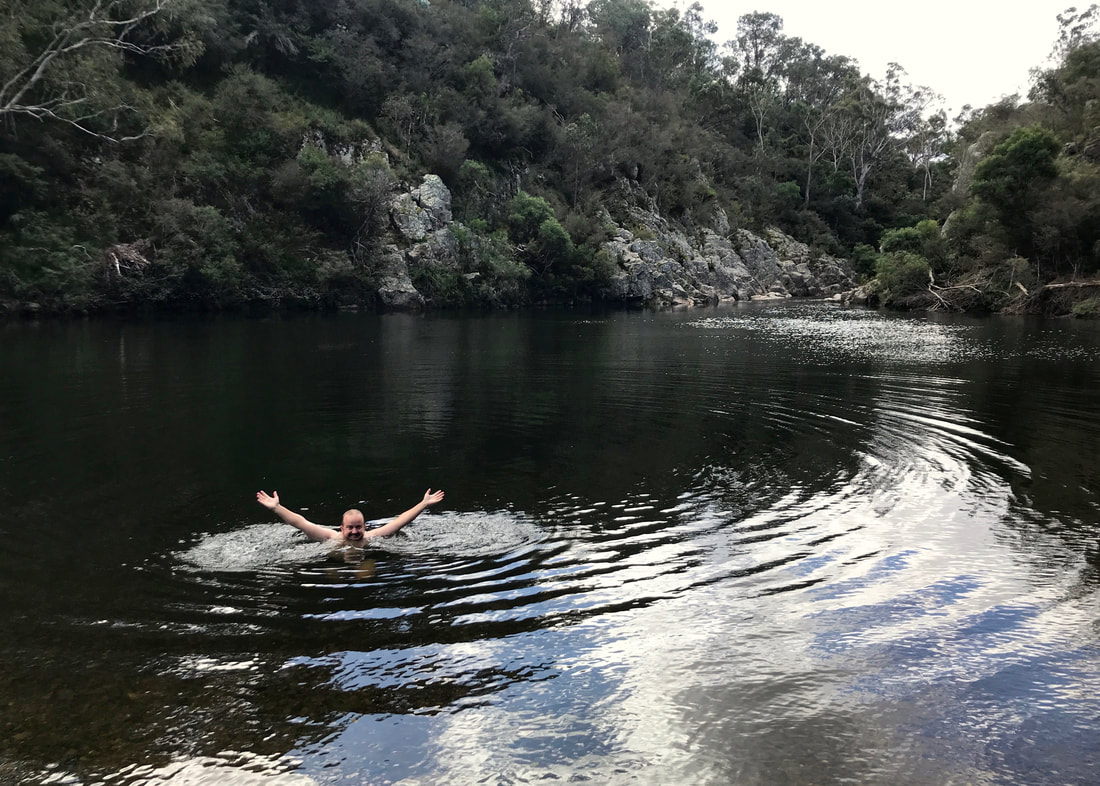
 RSS Feed
RSS Feed
